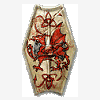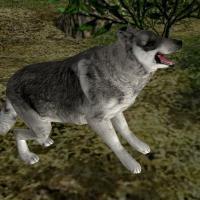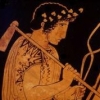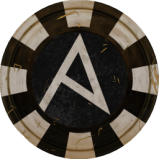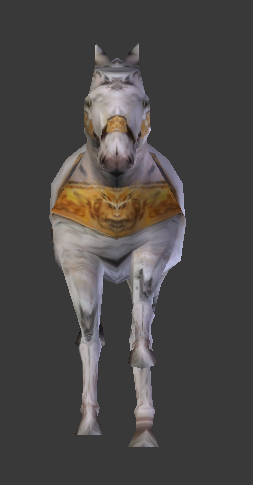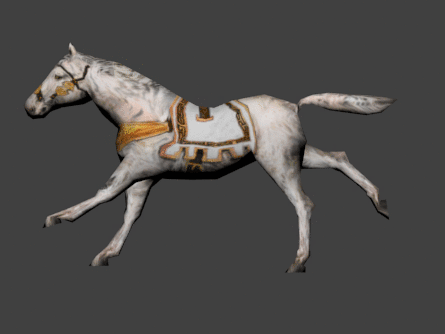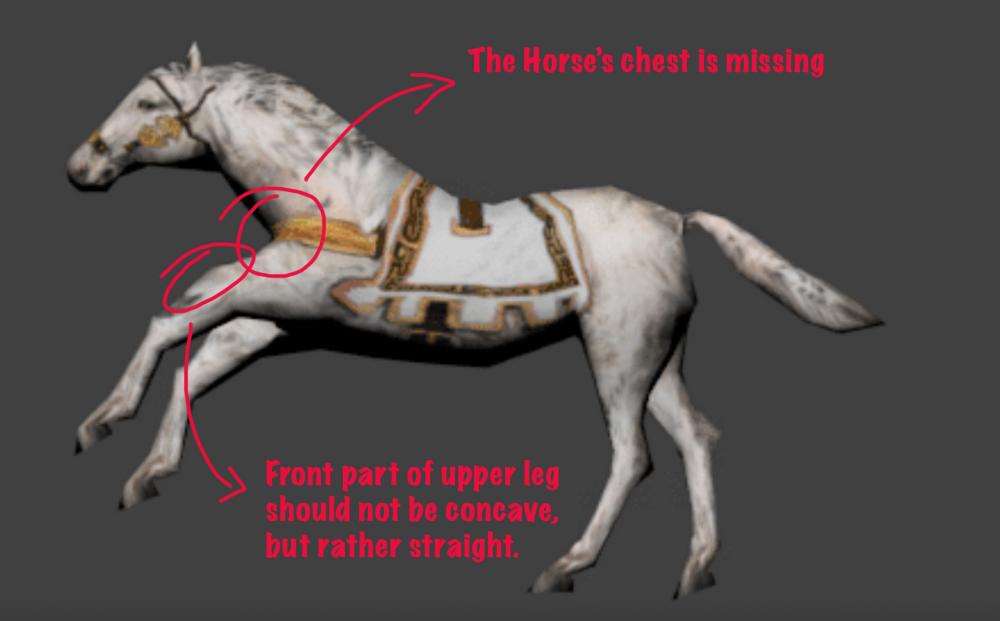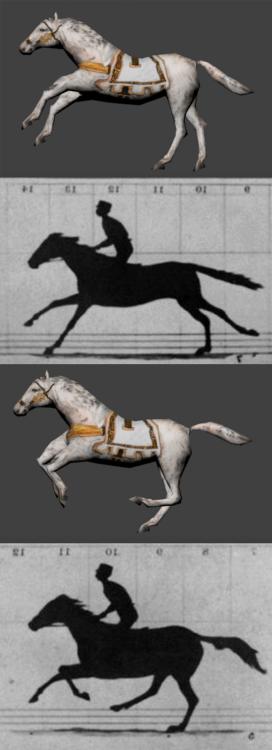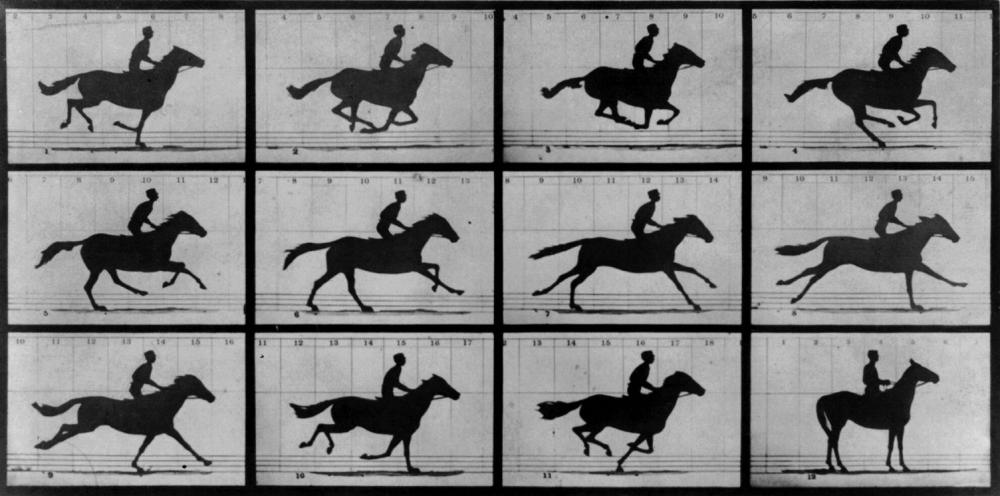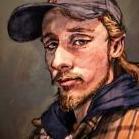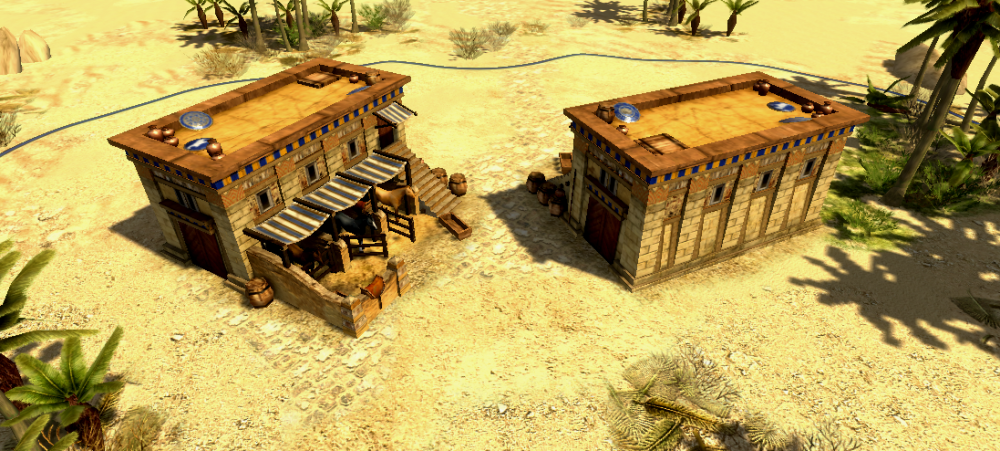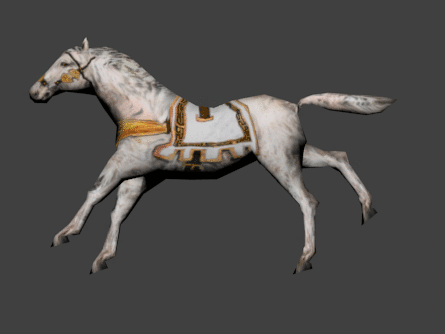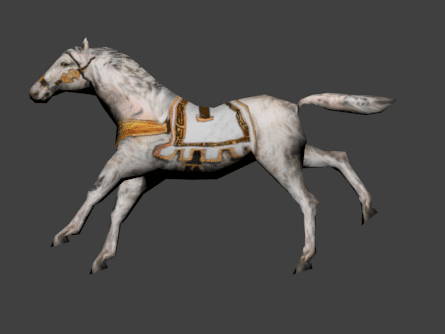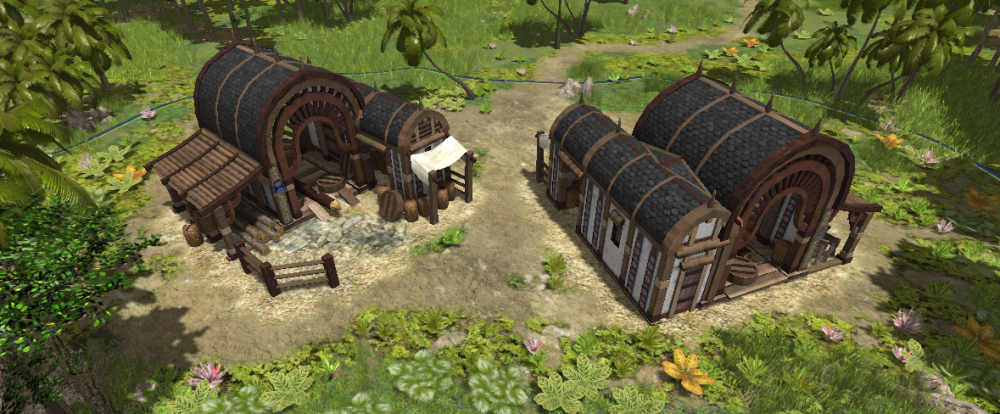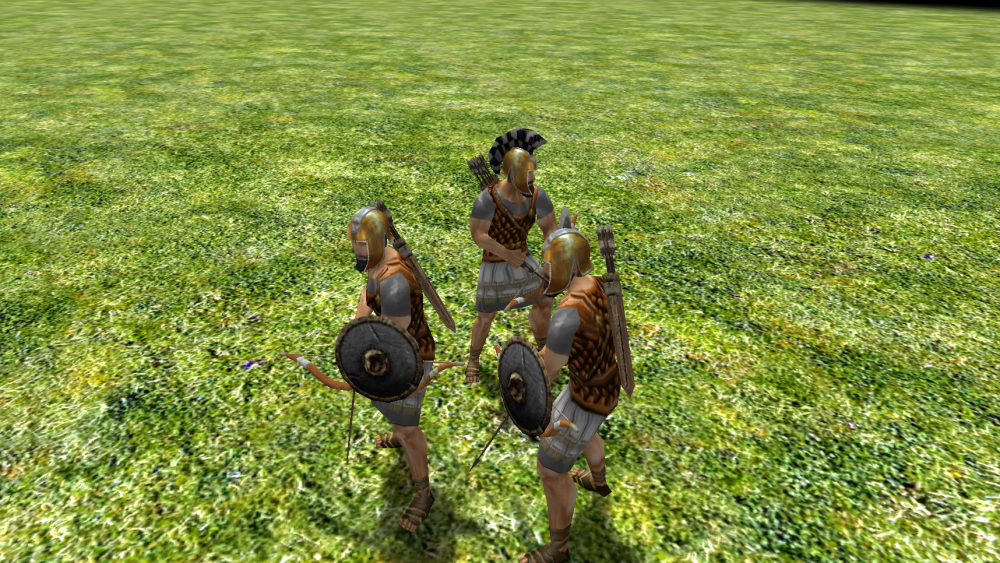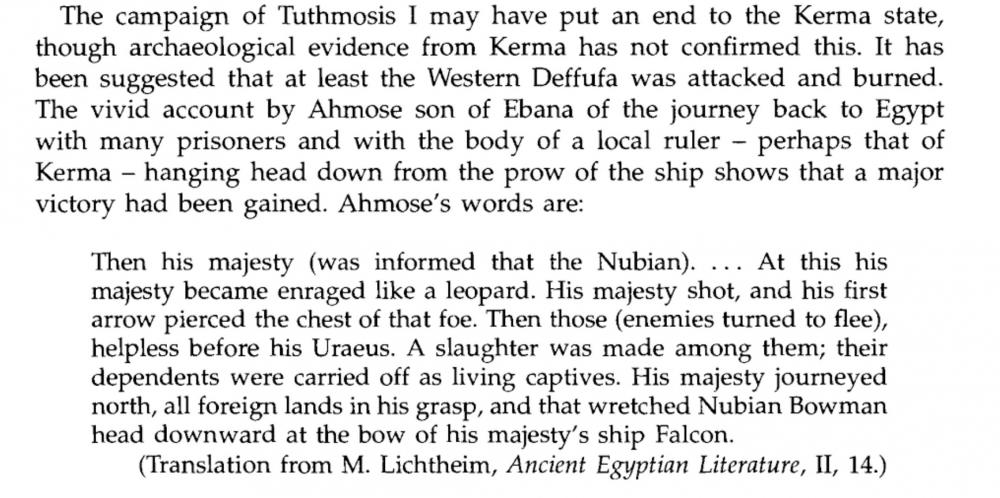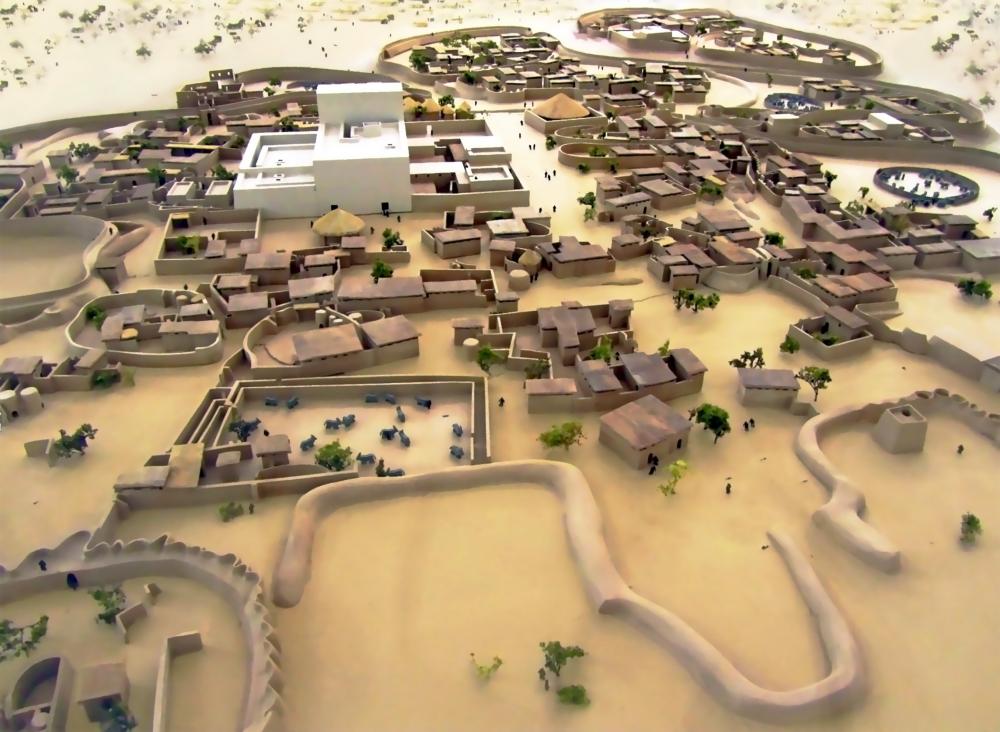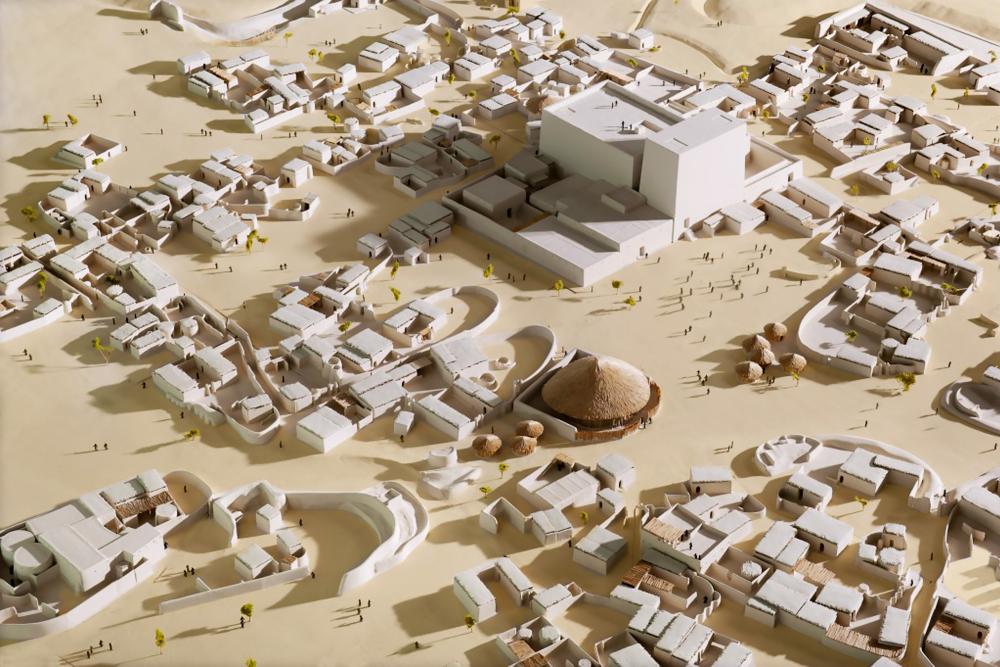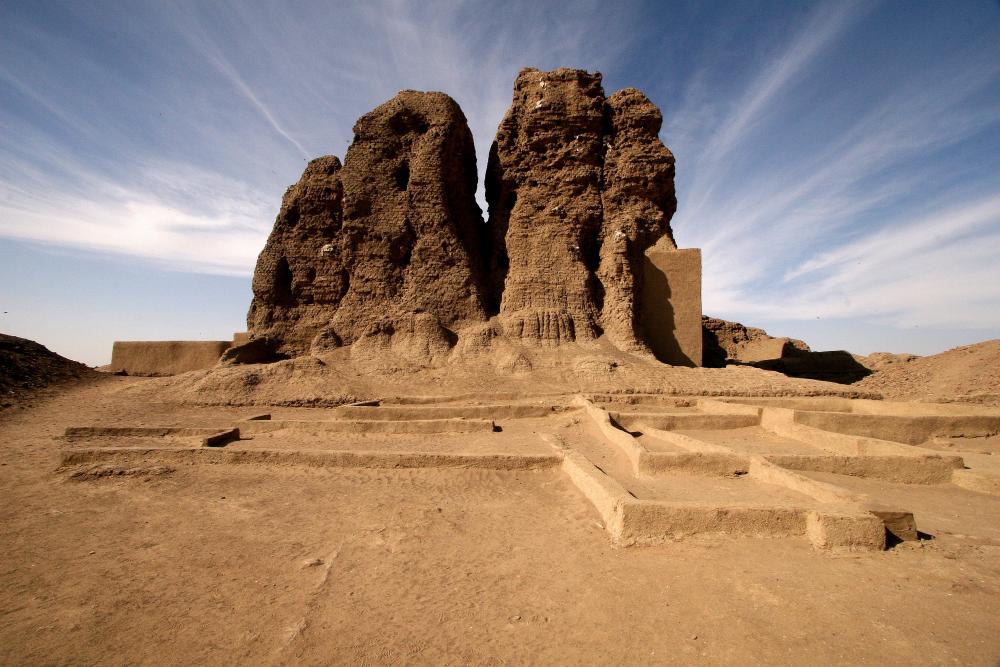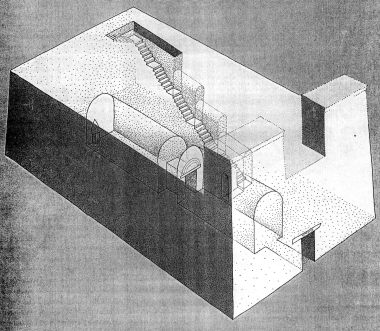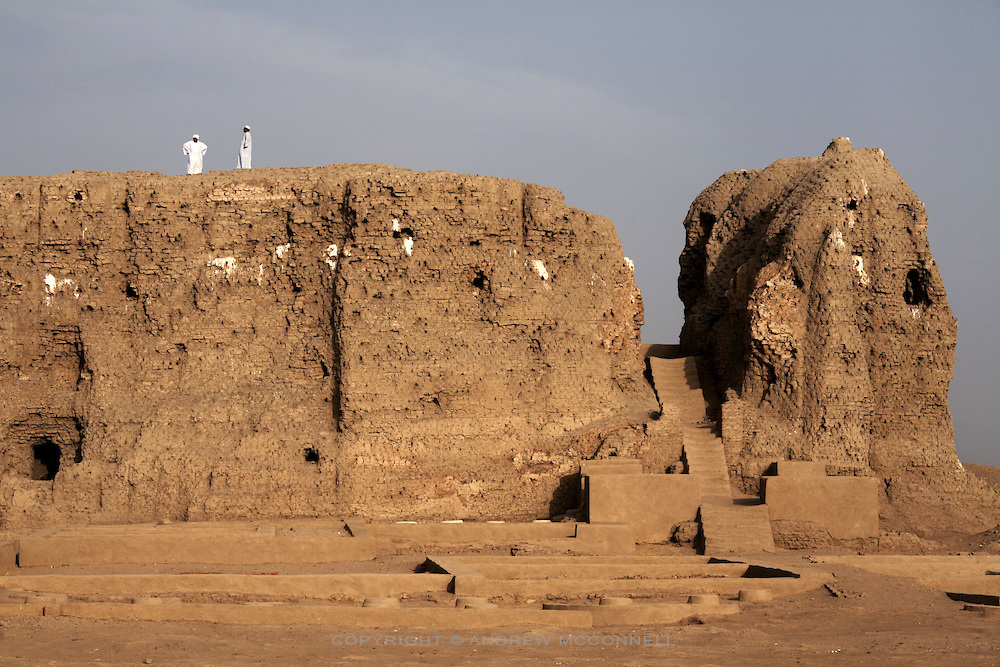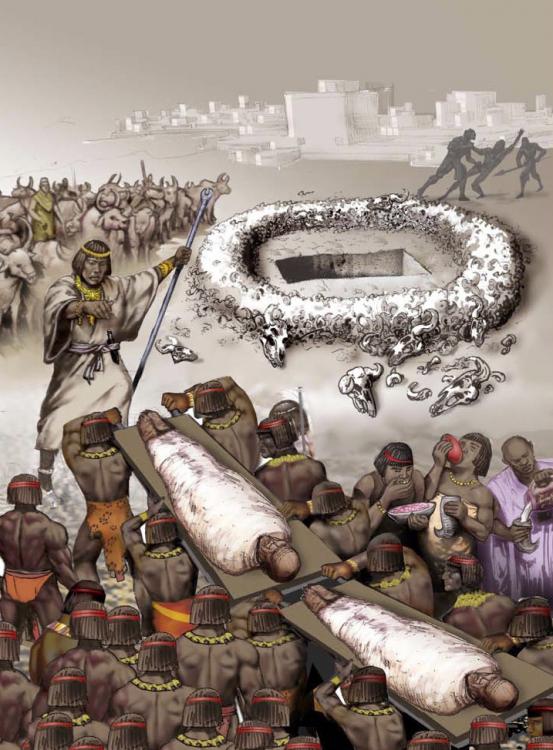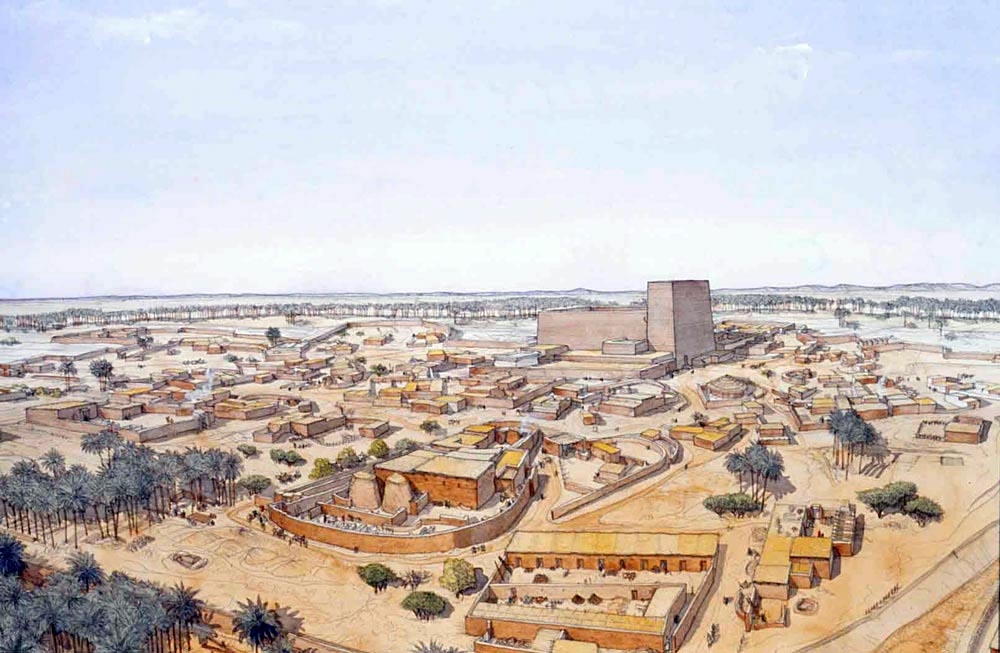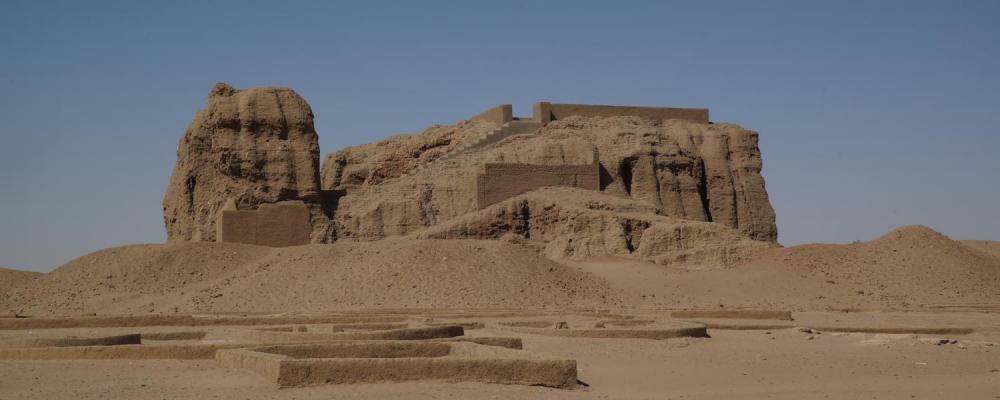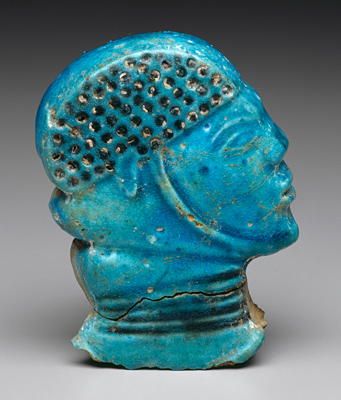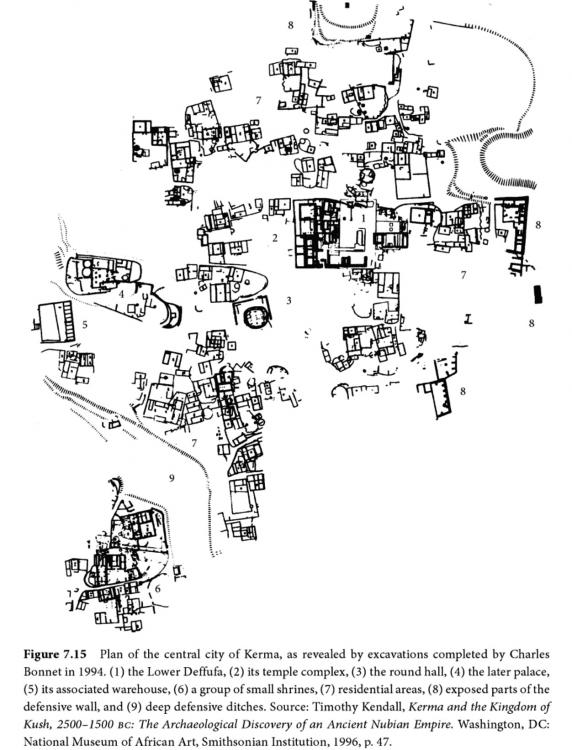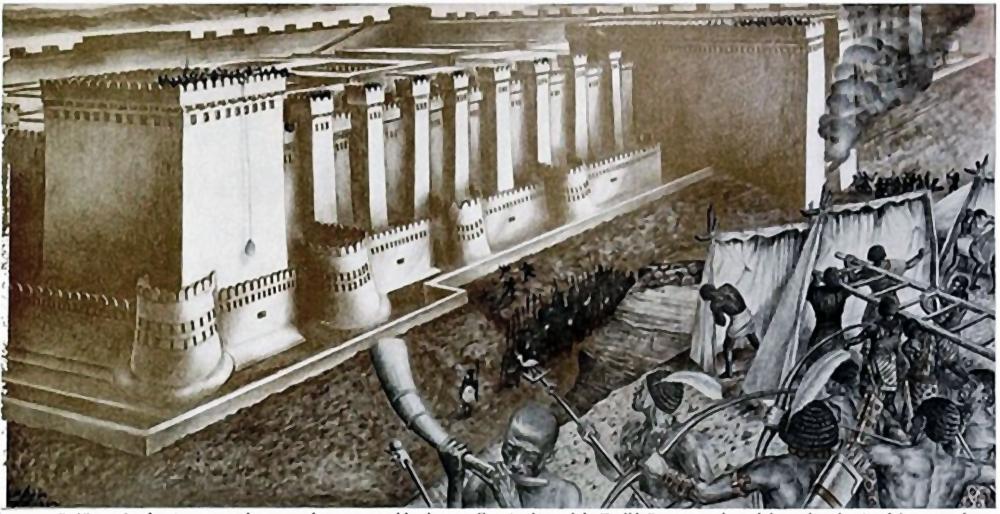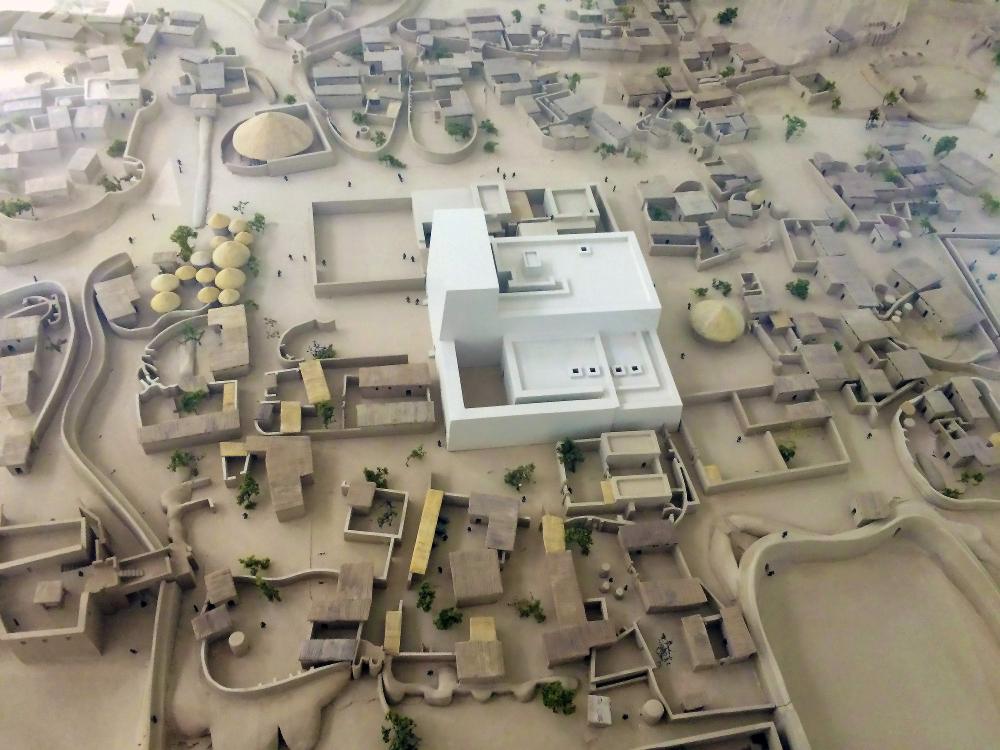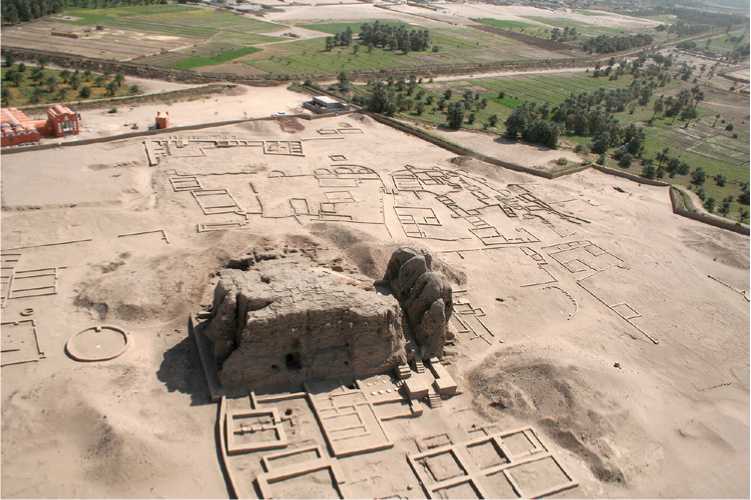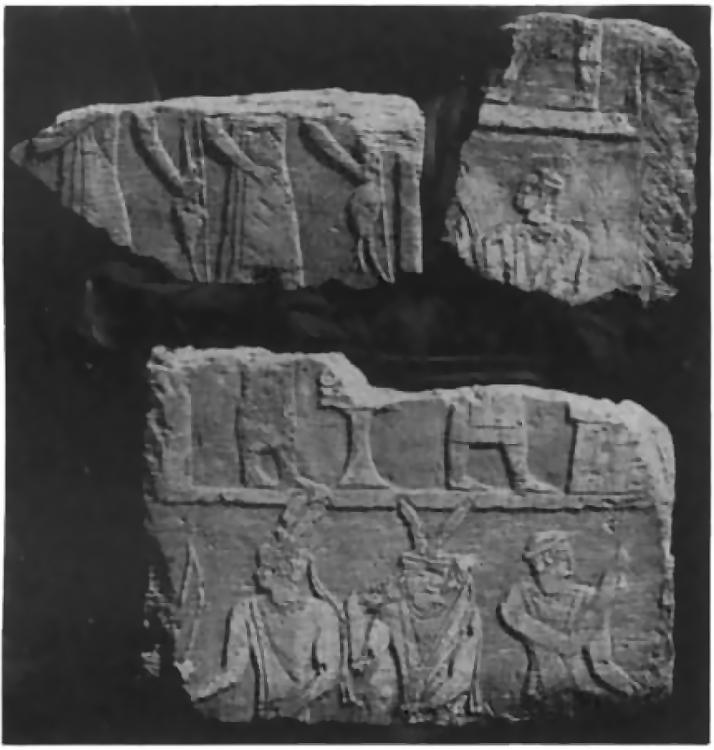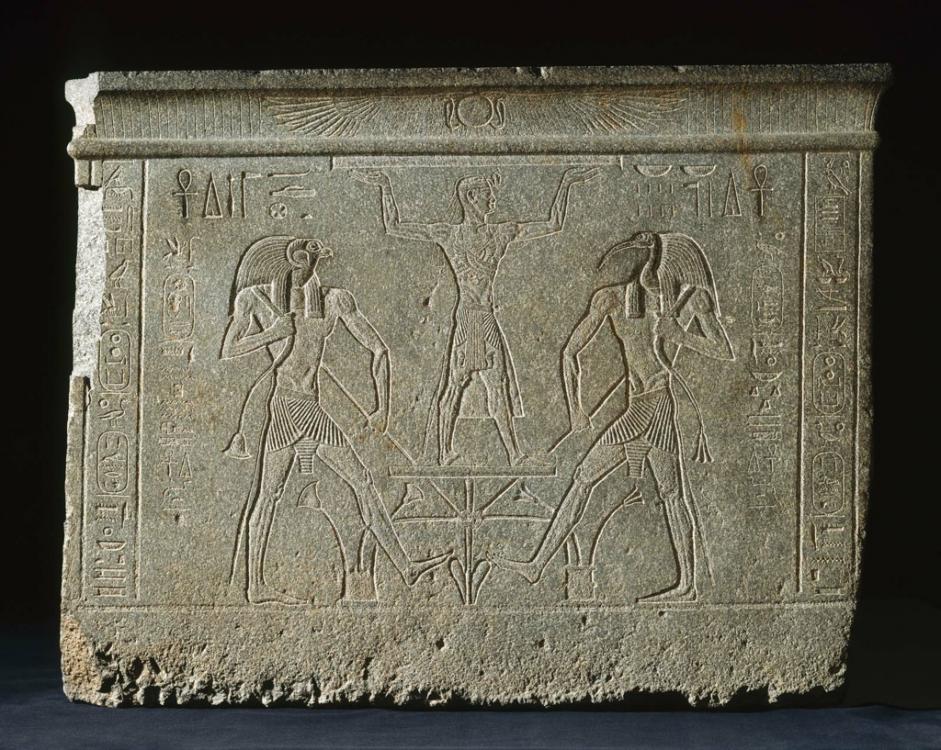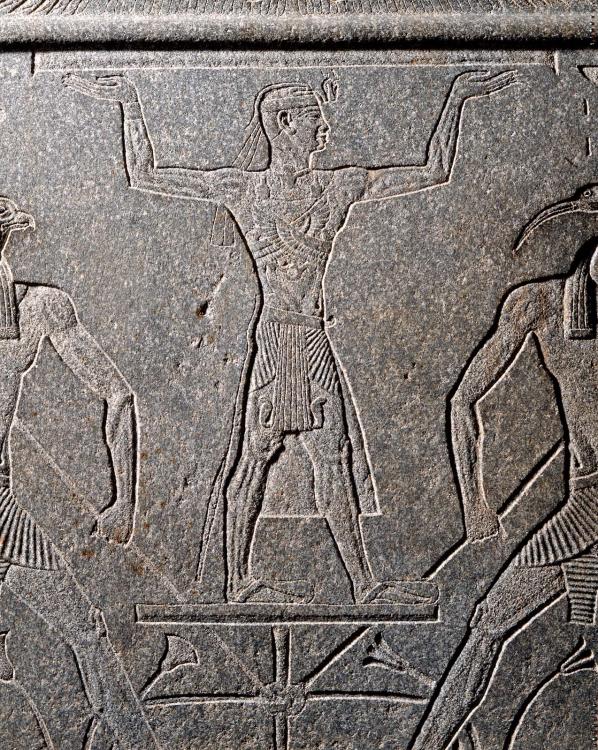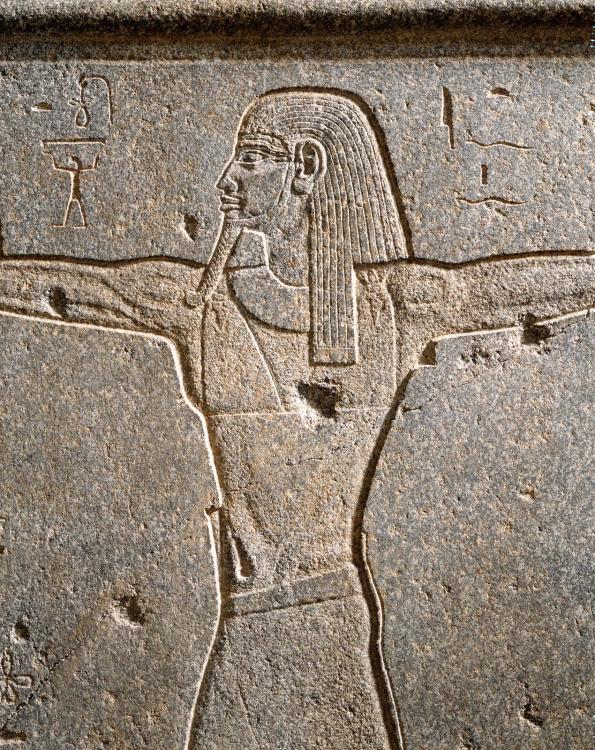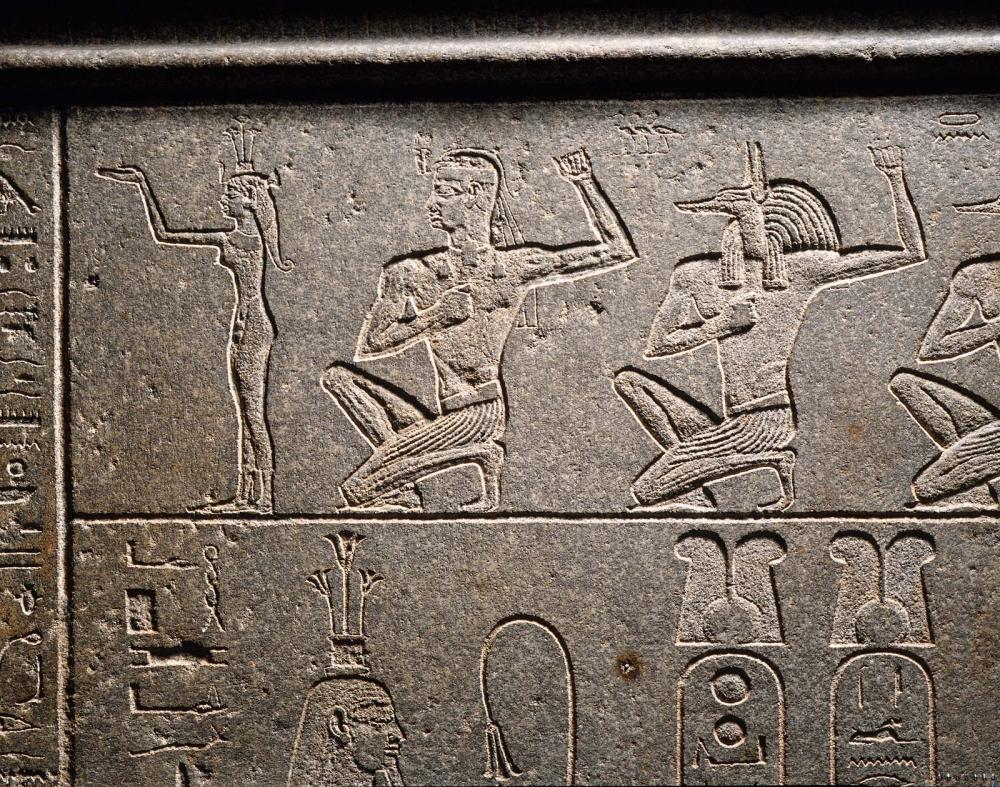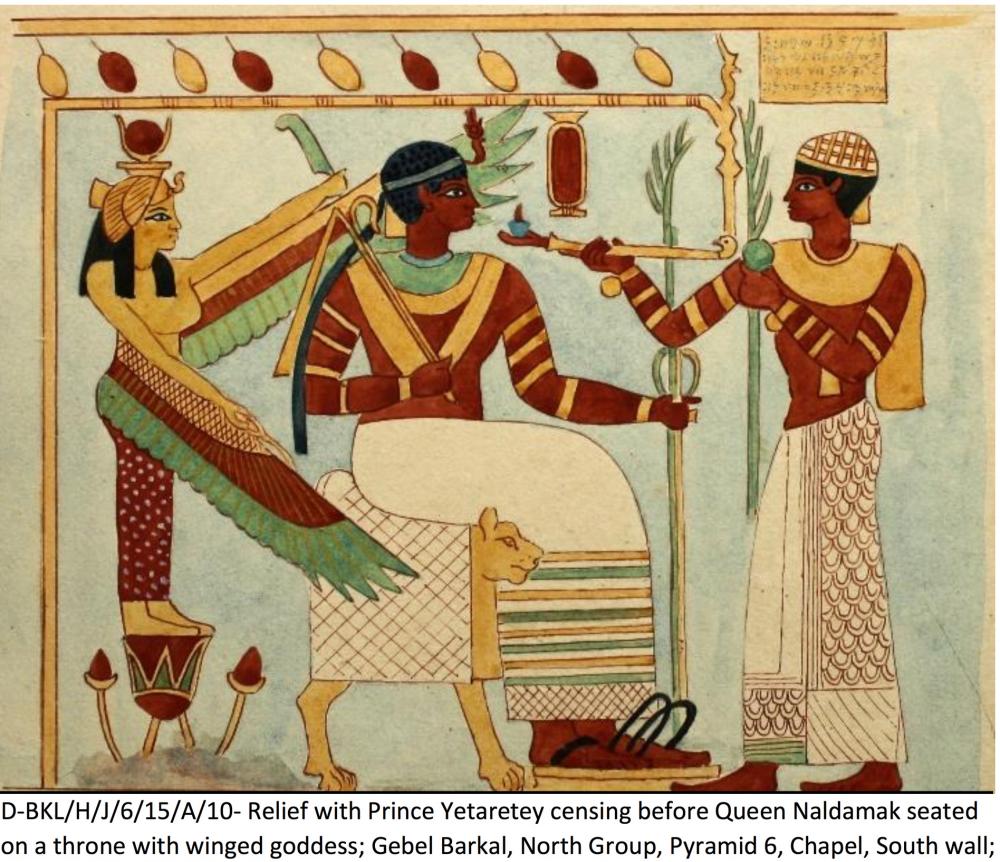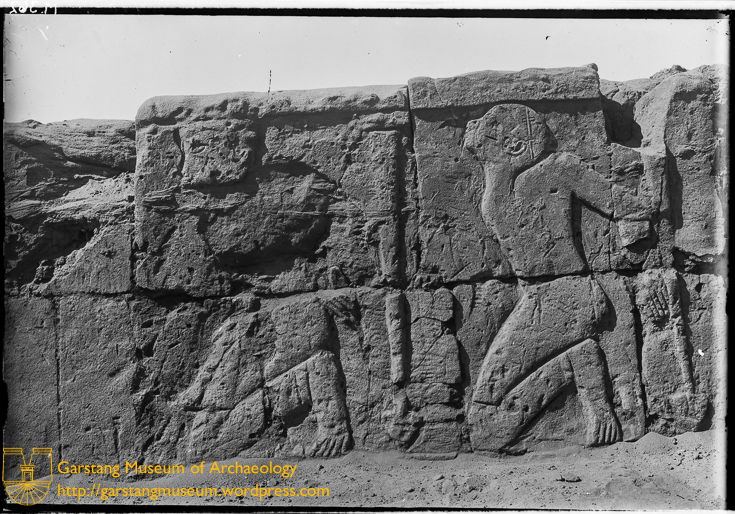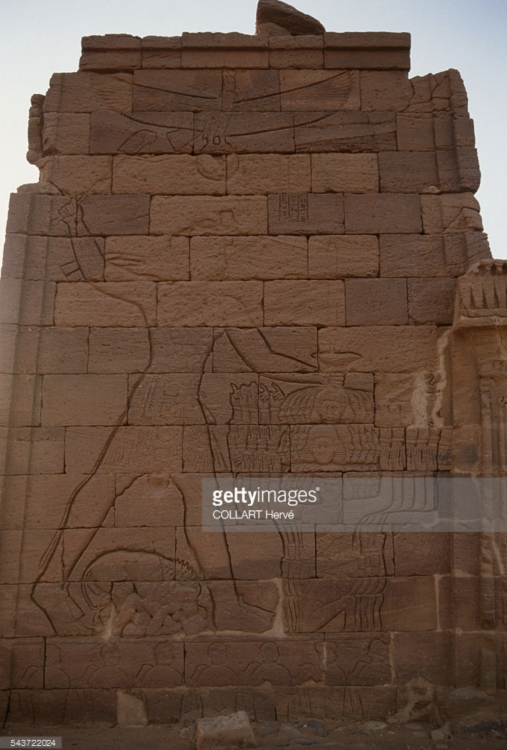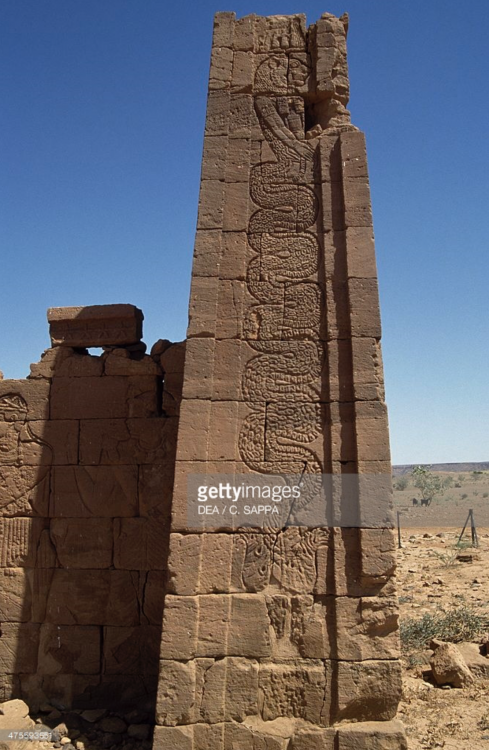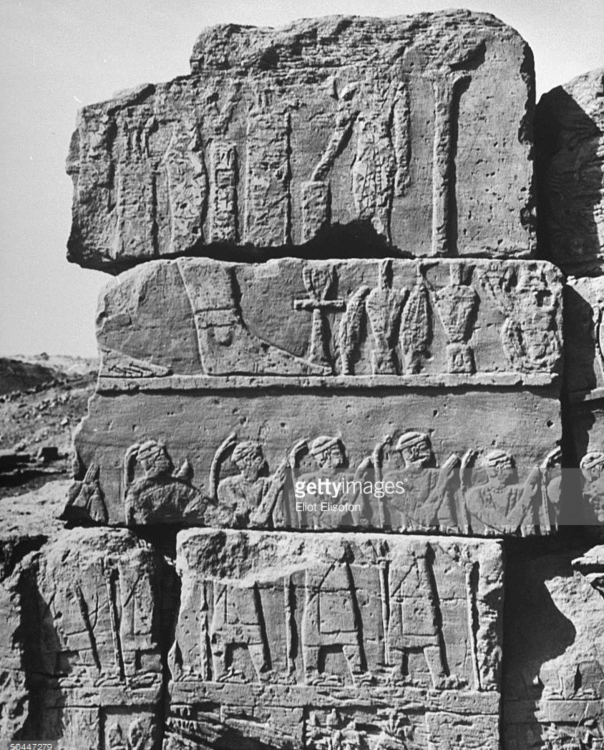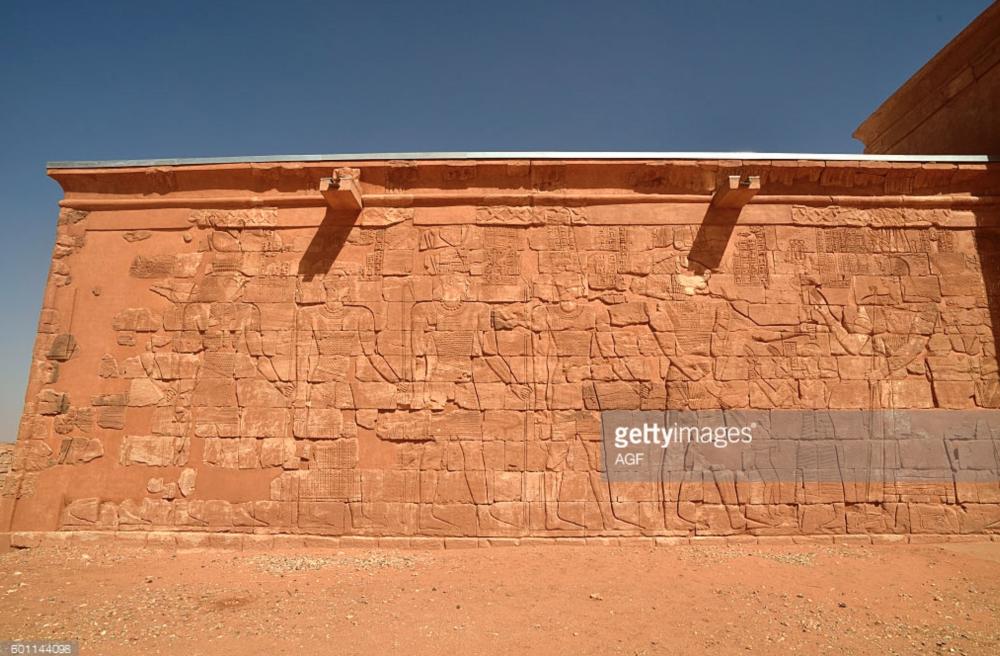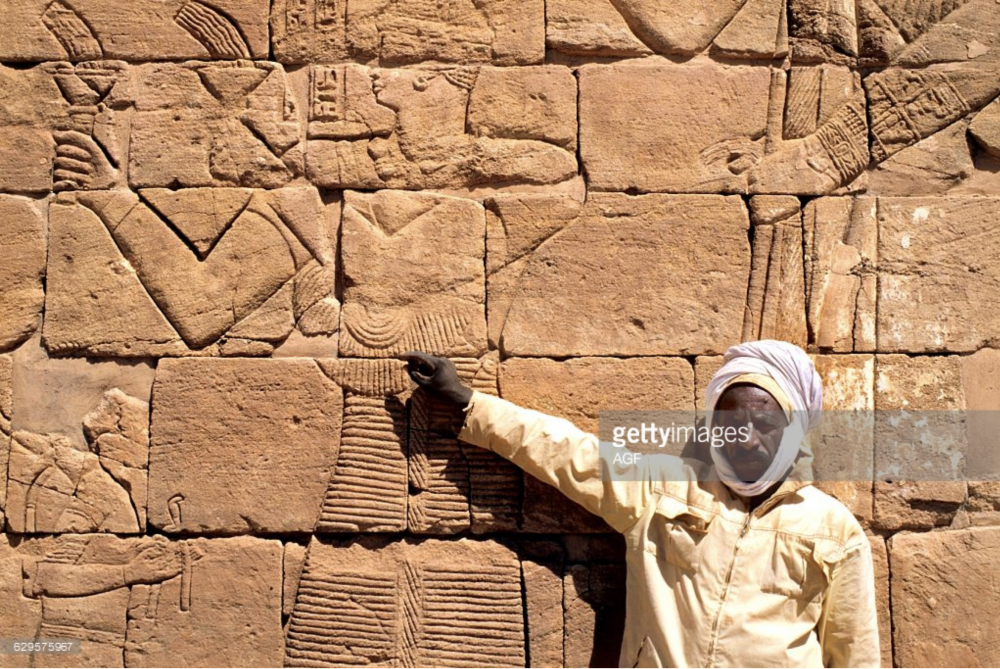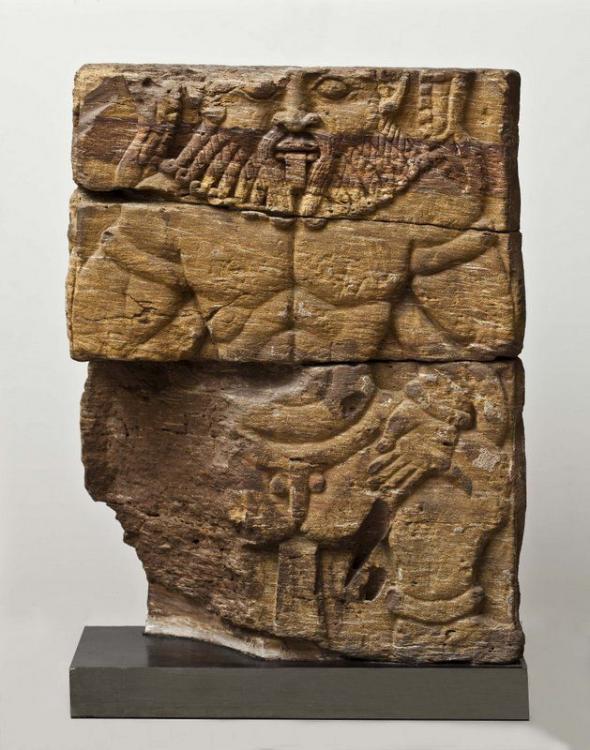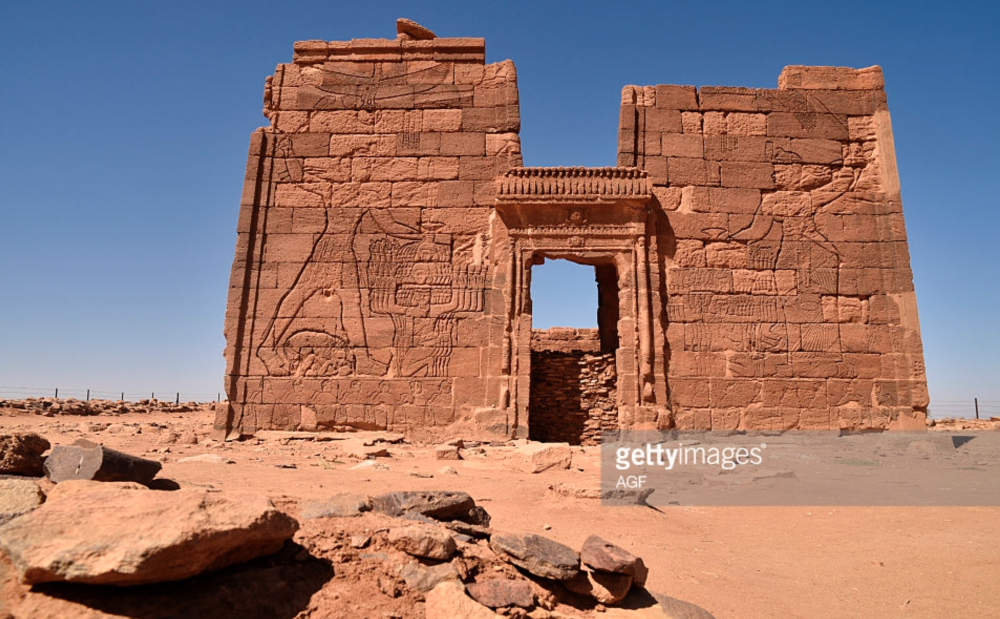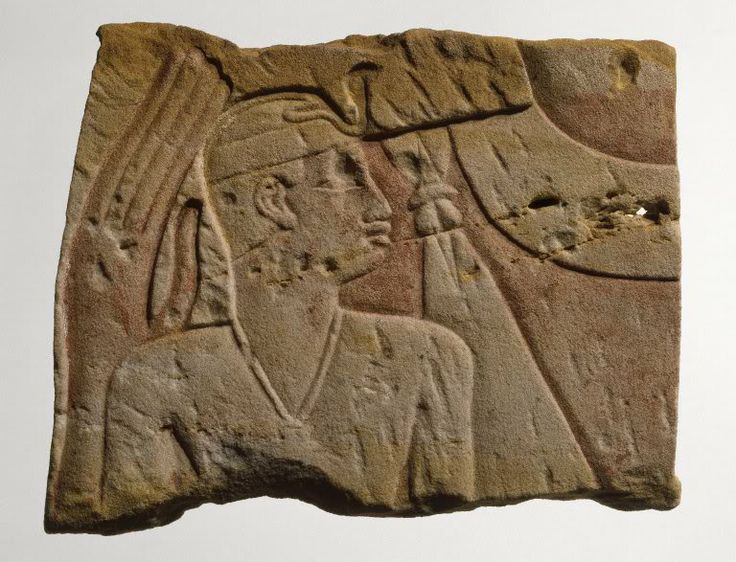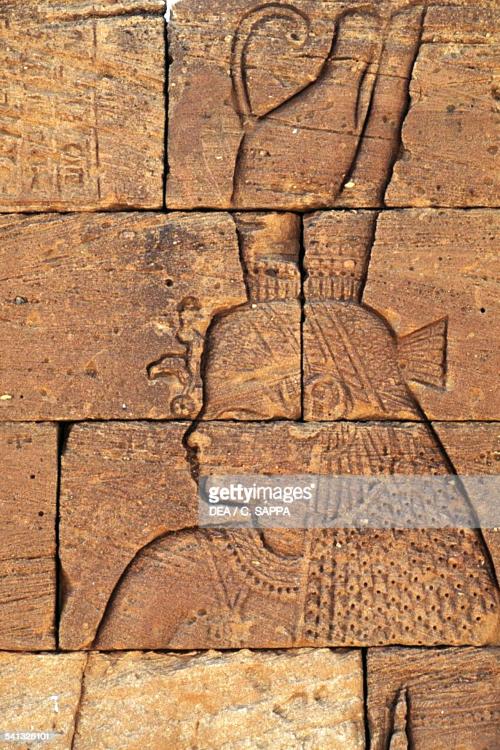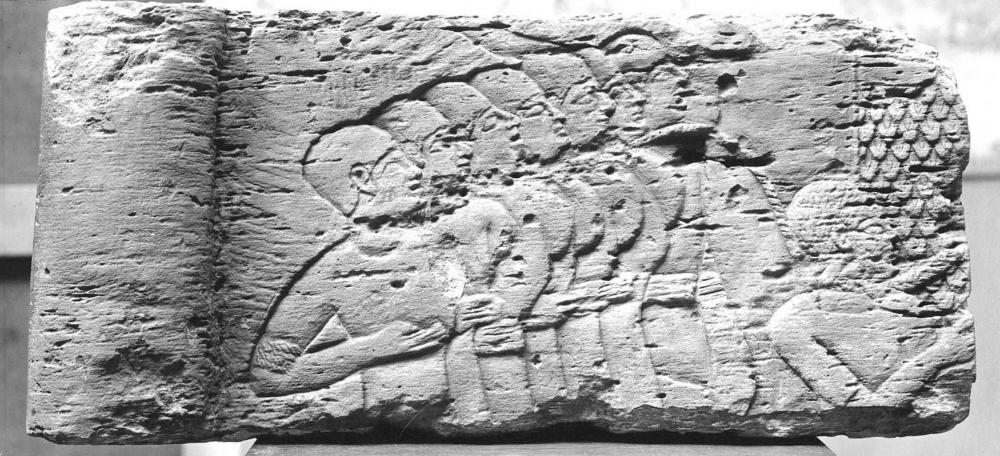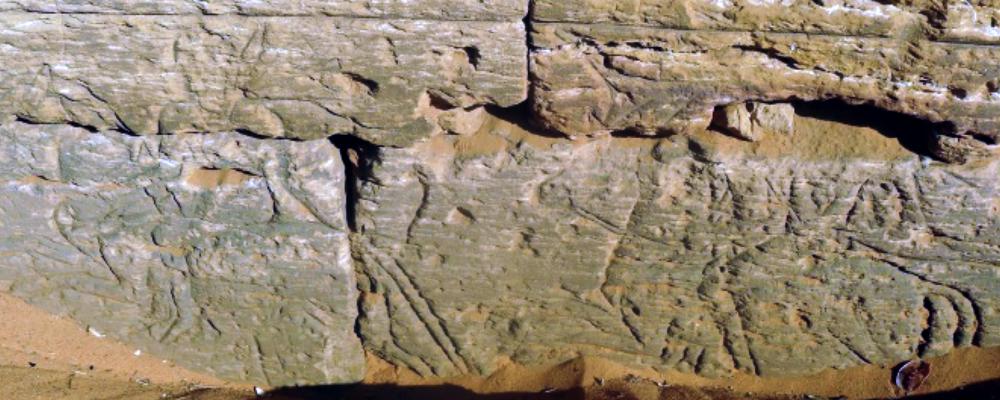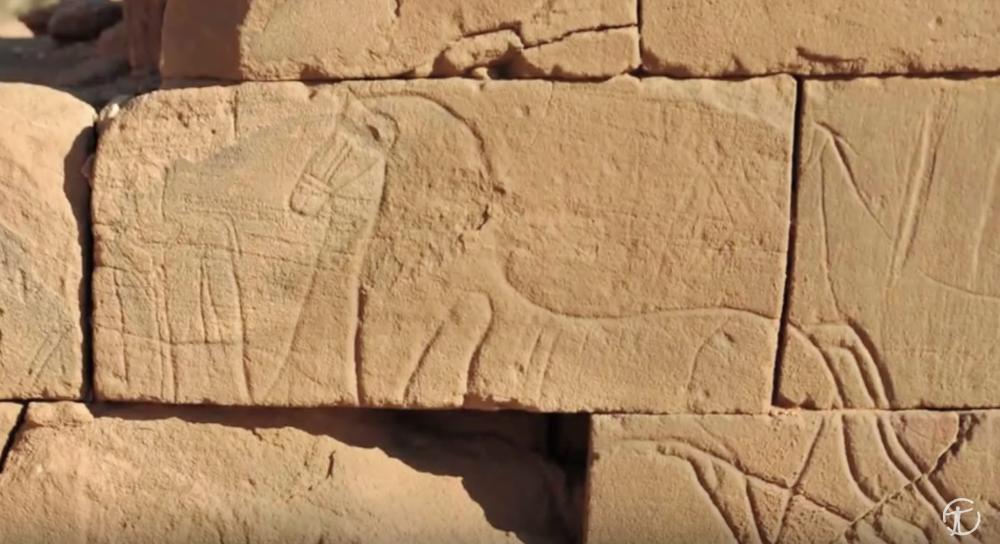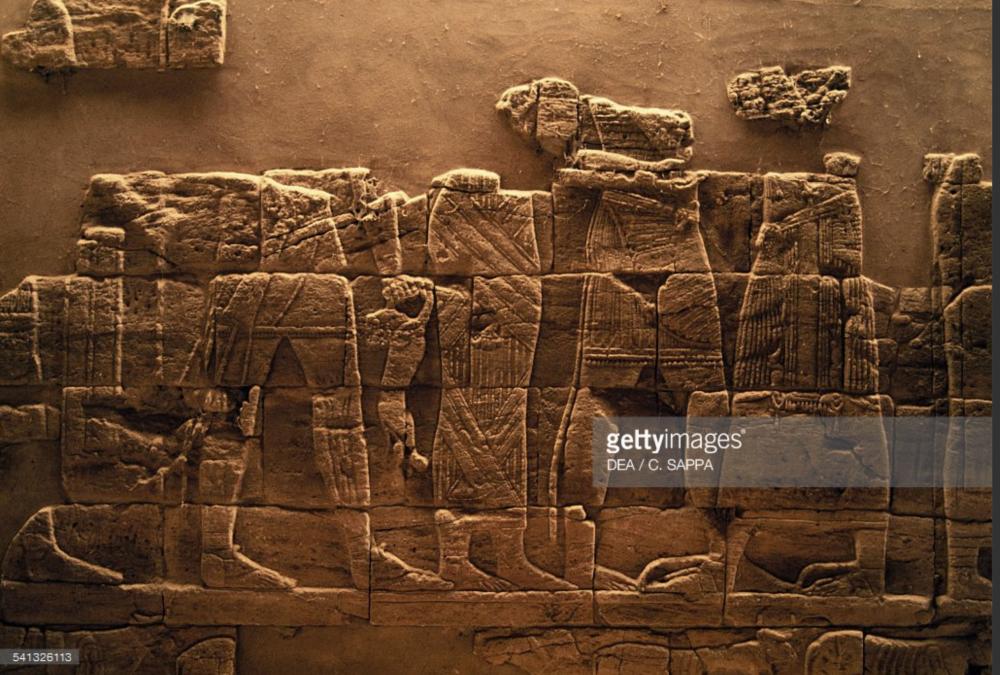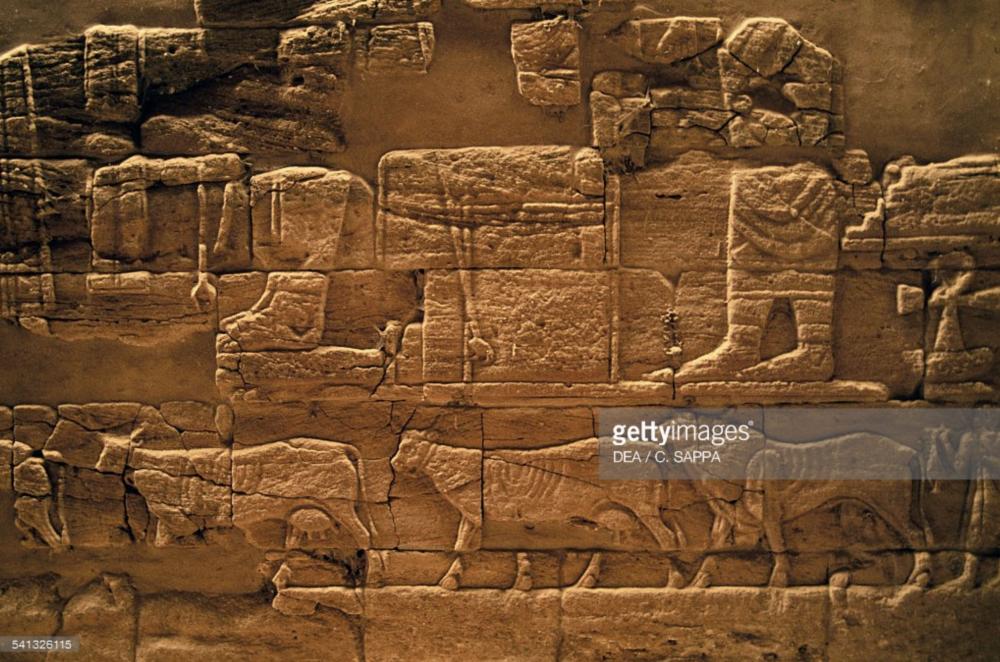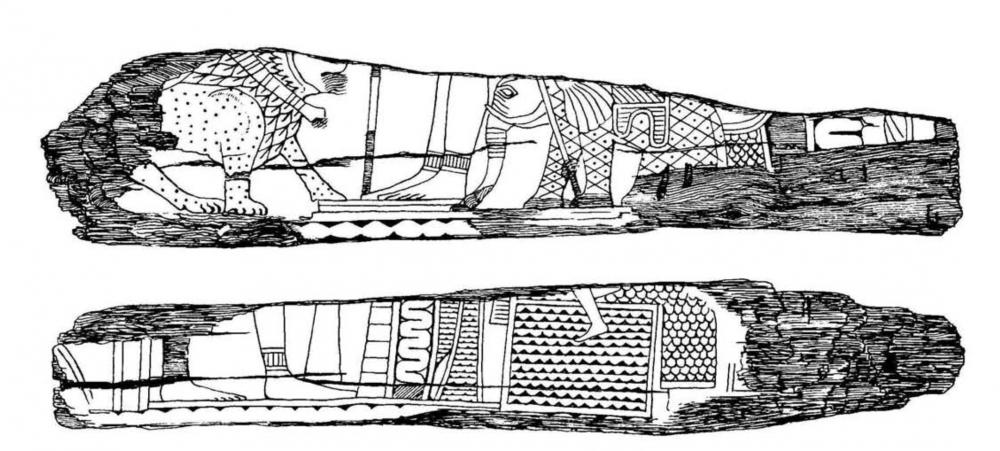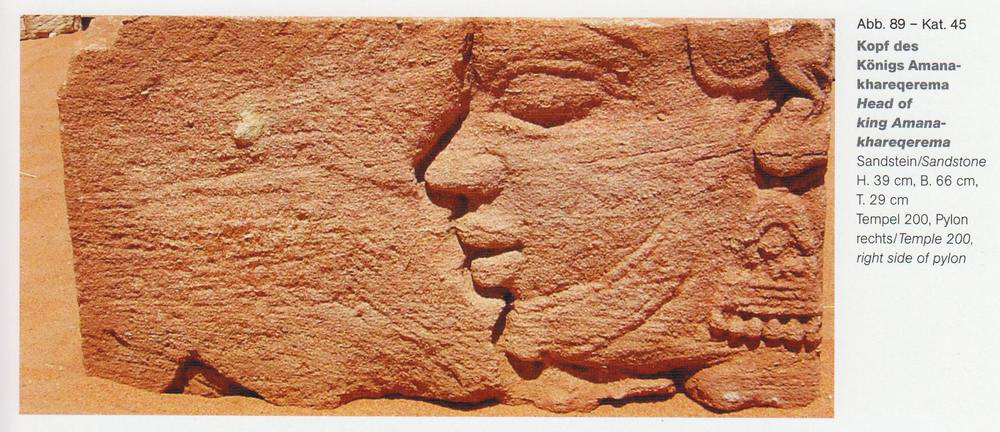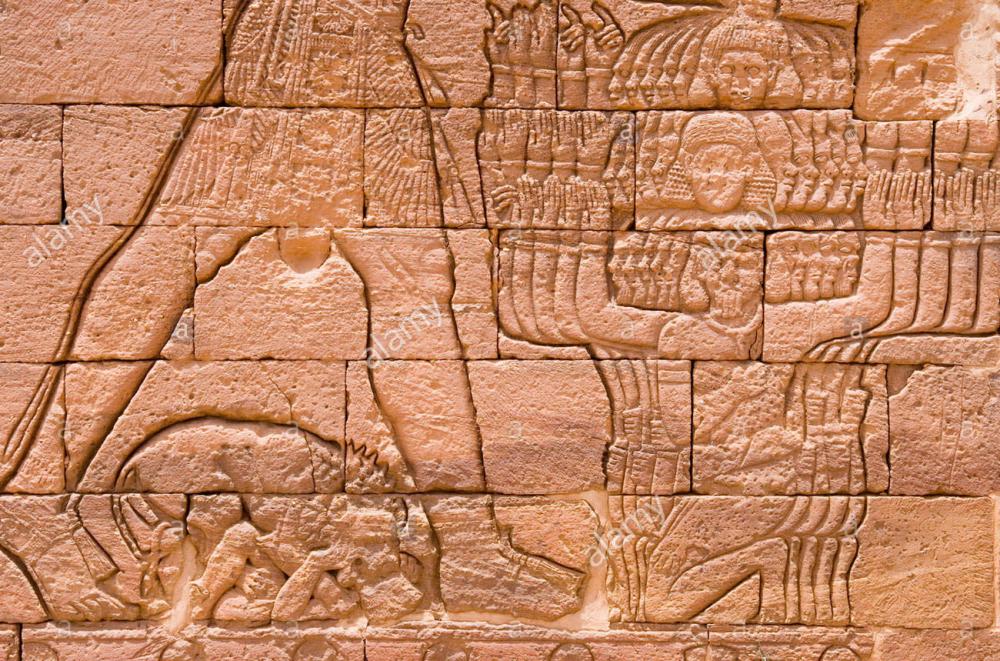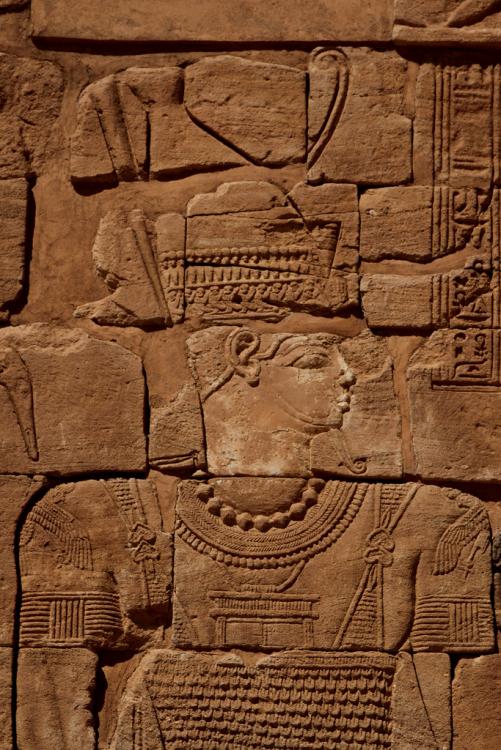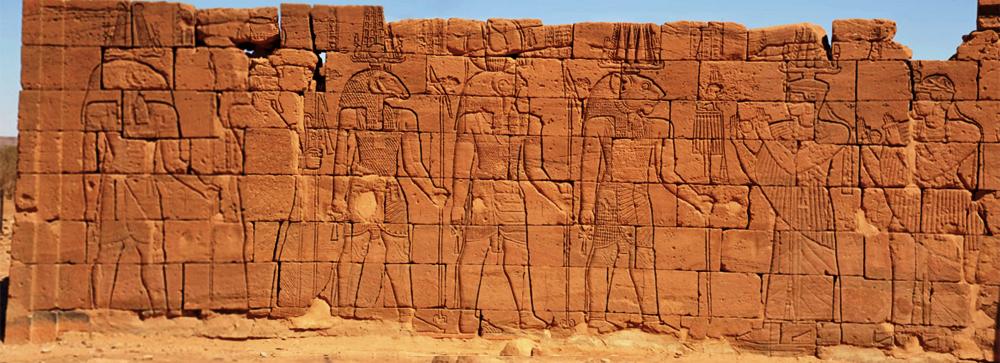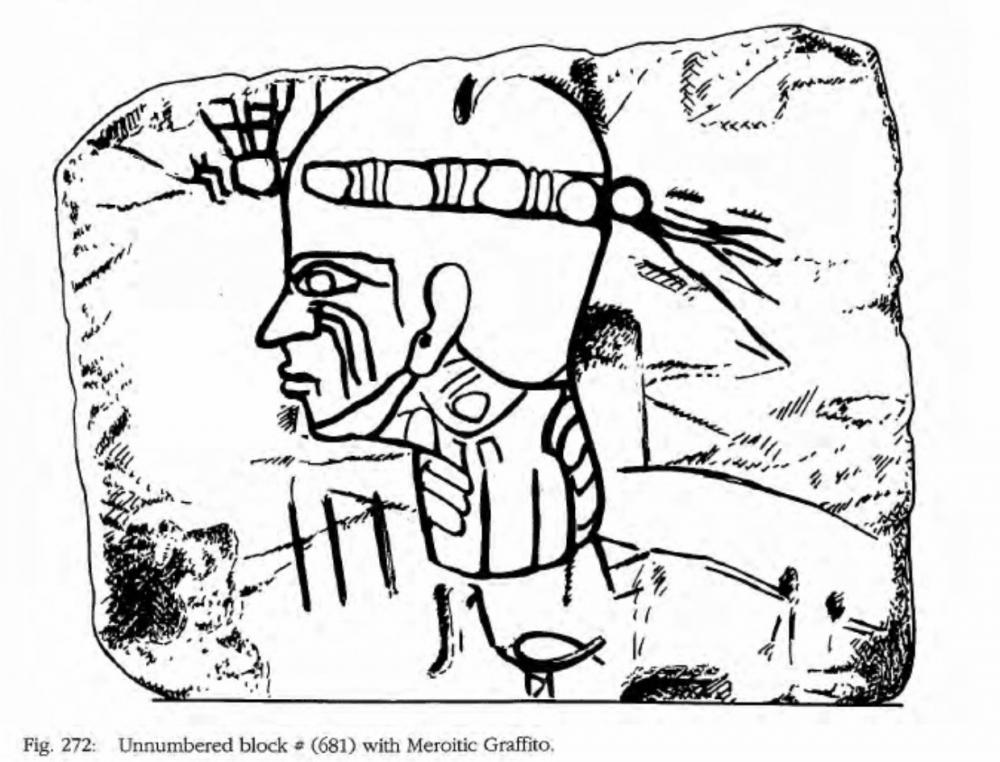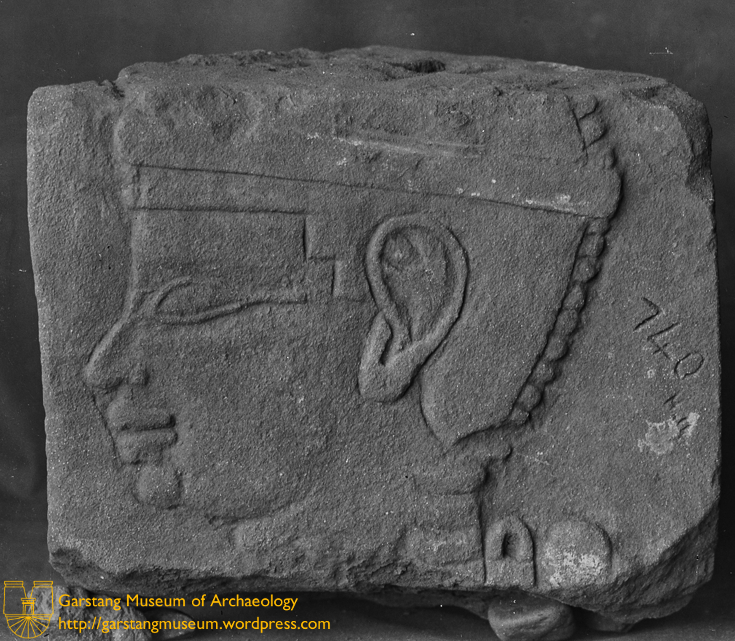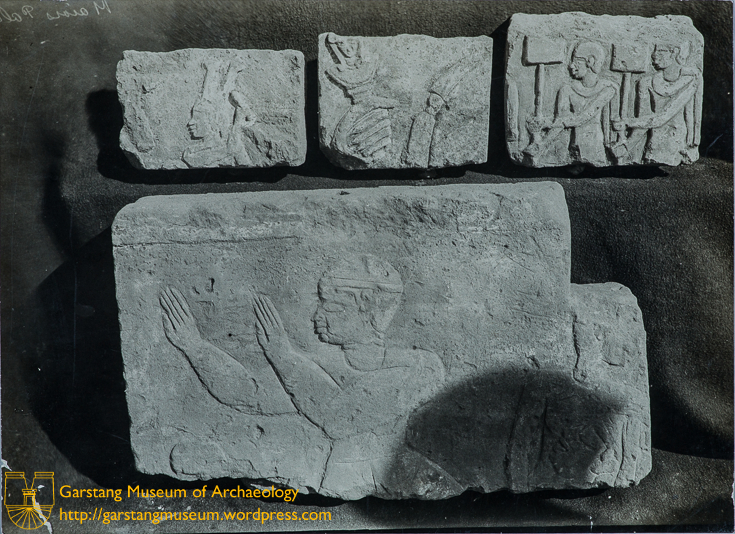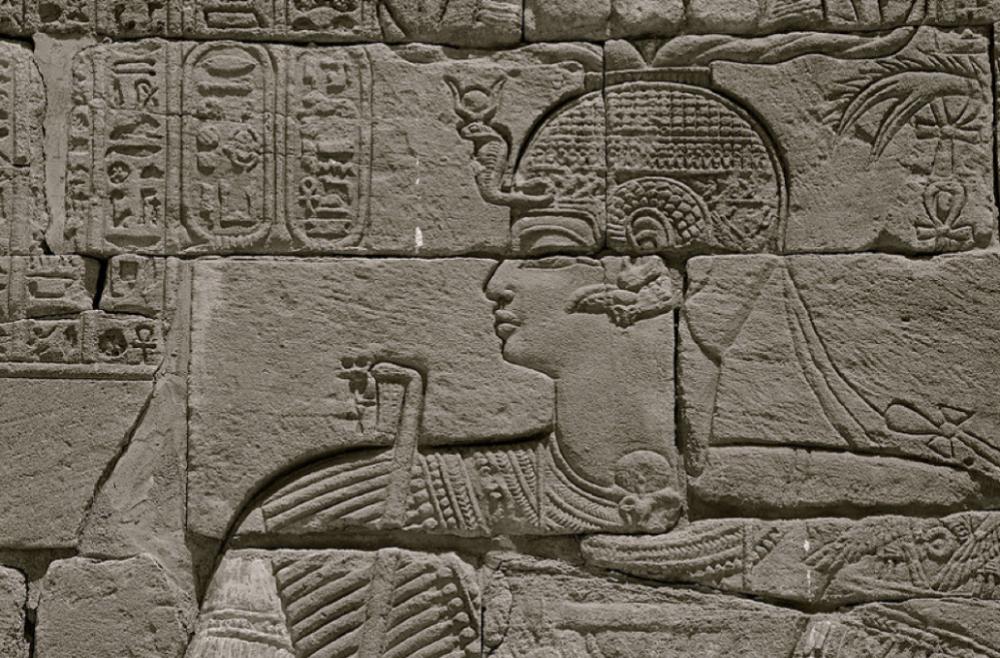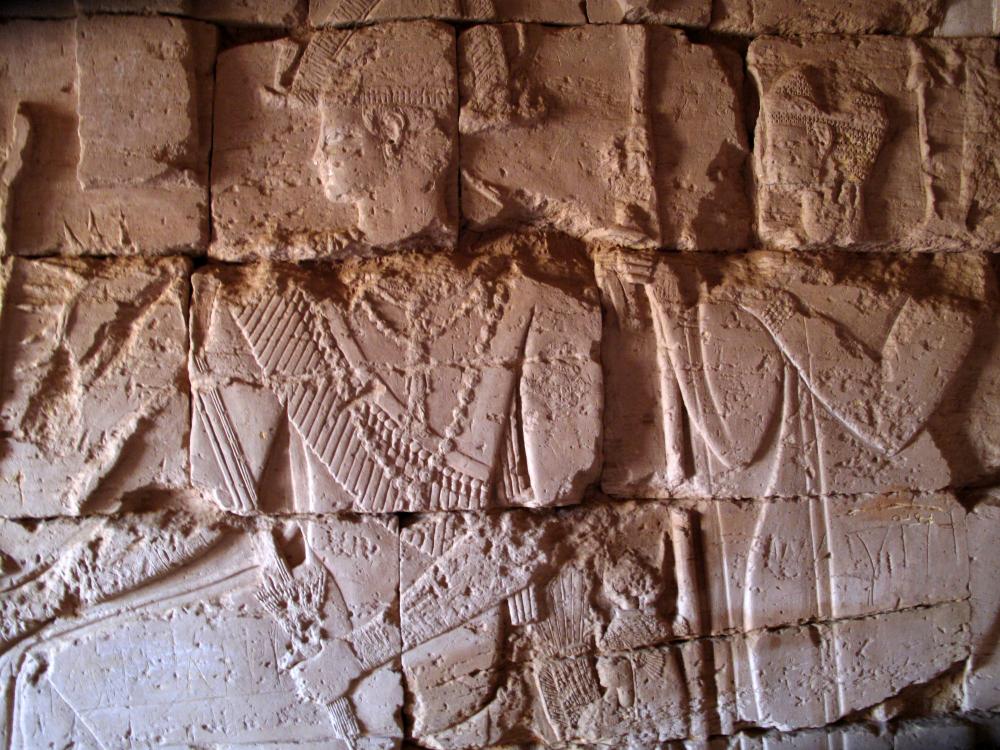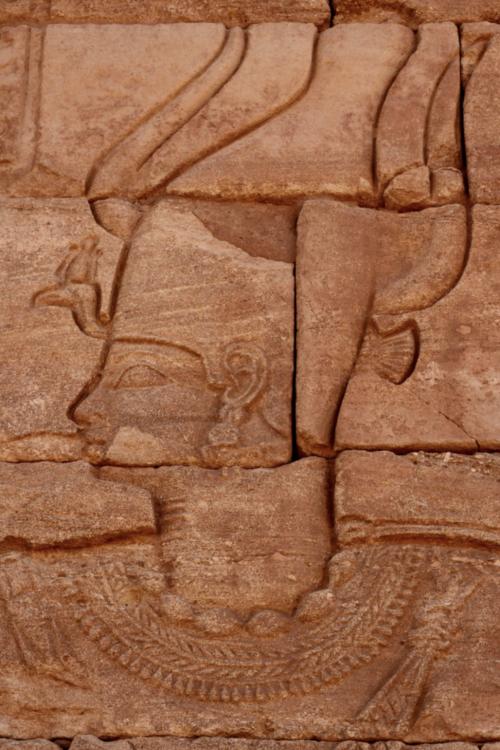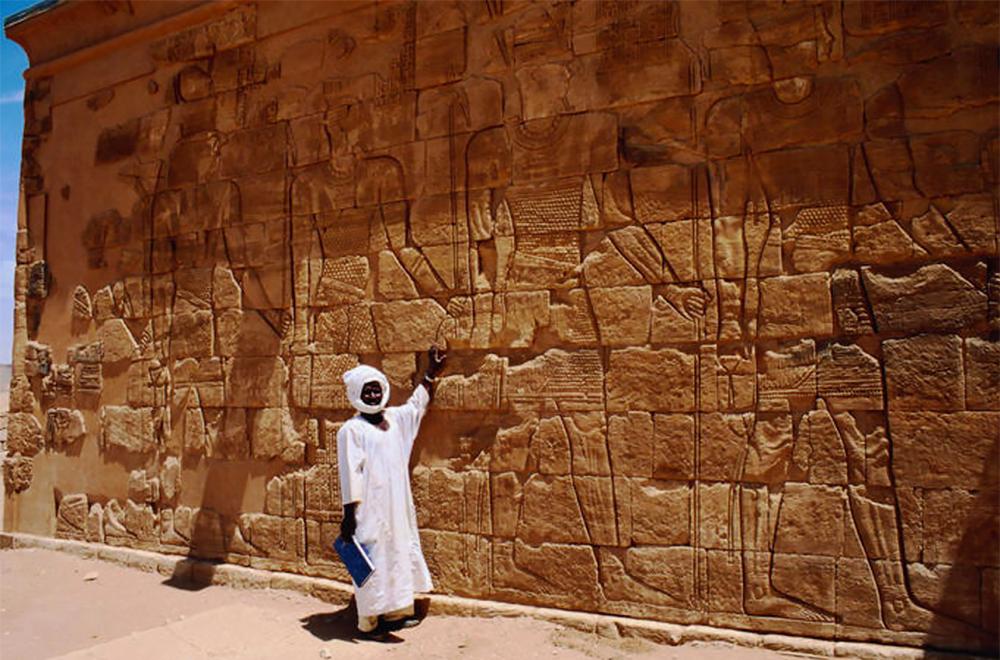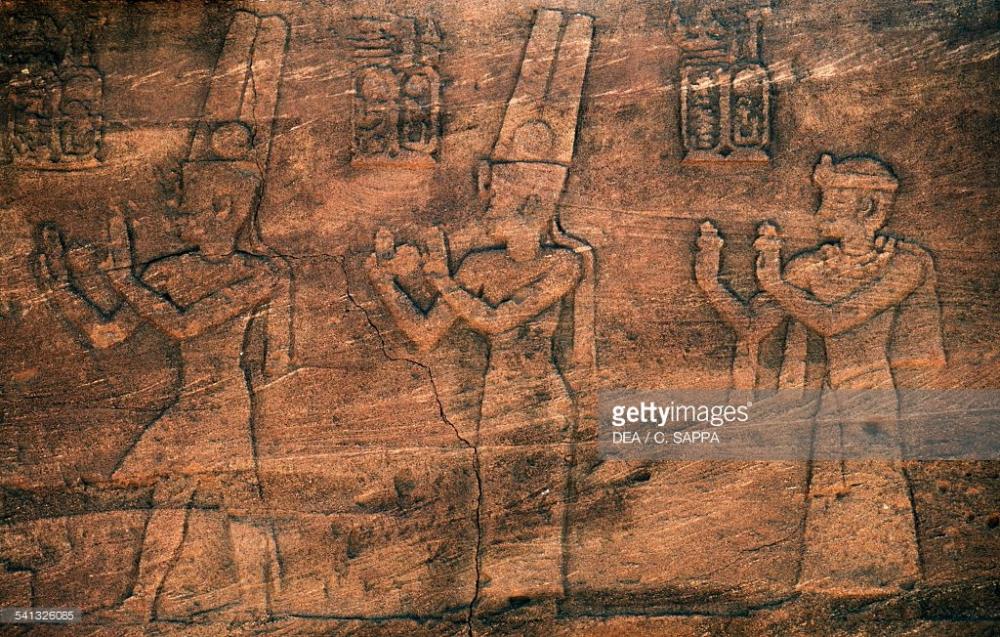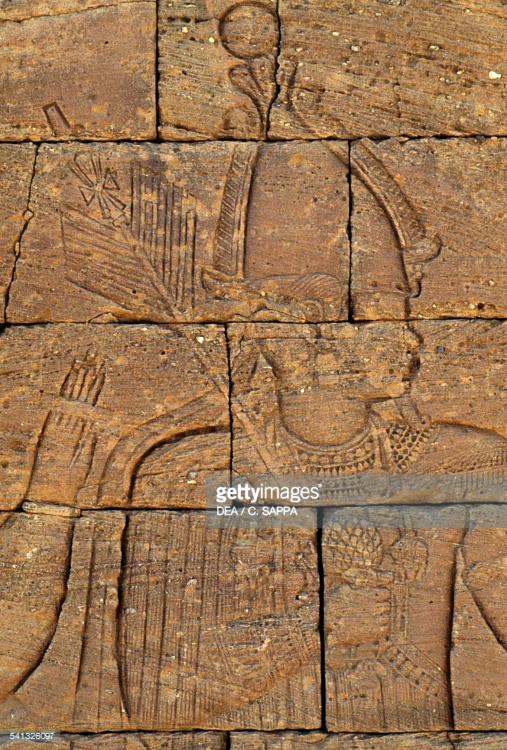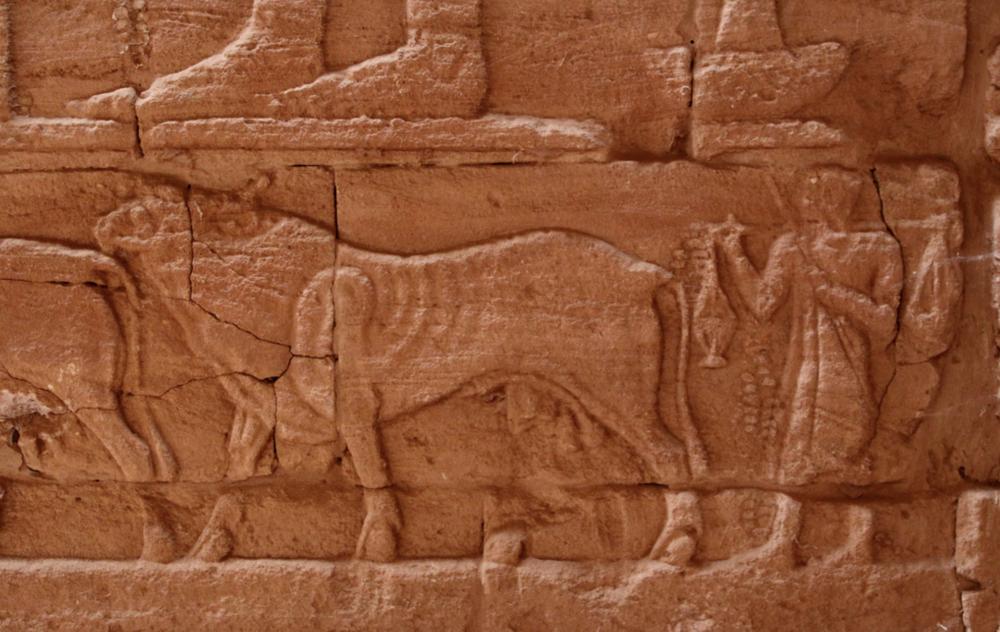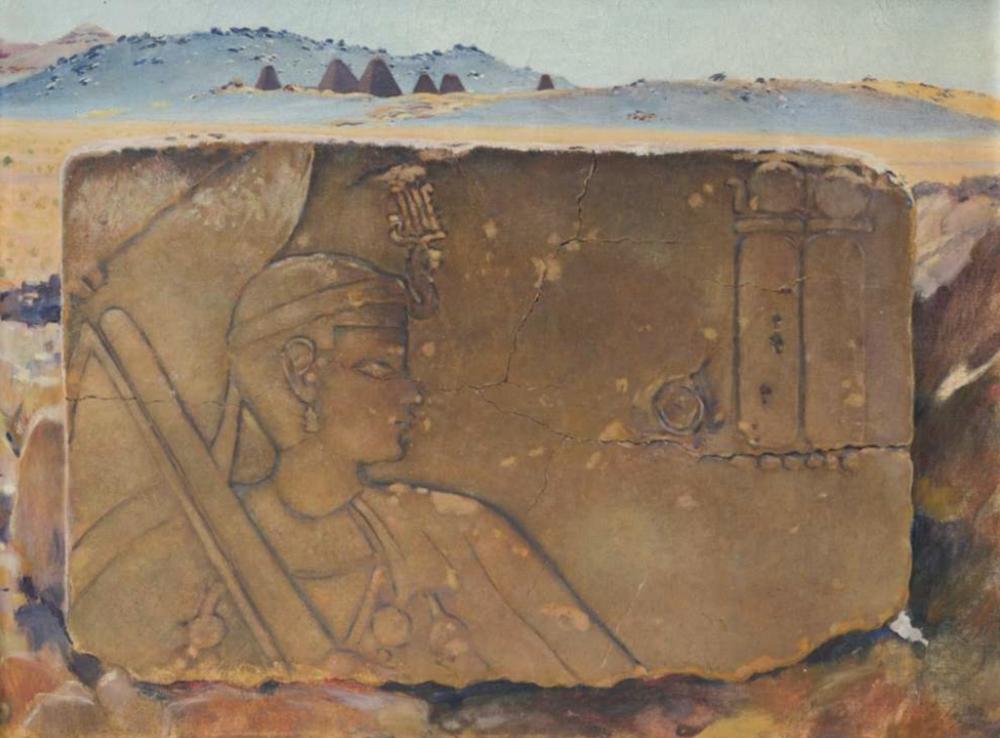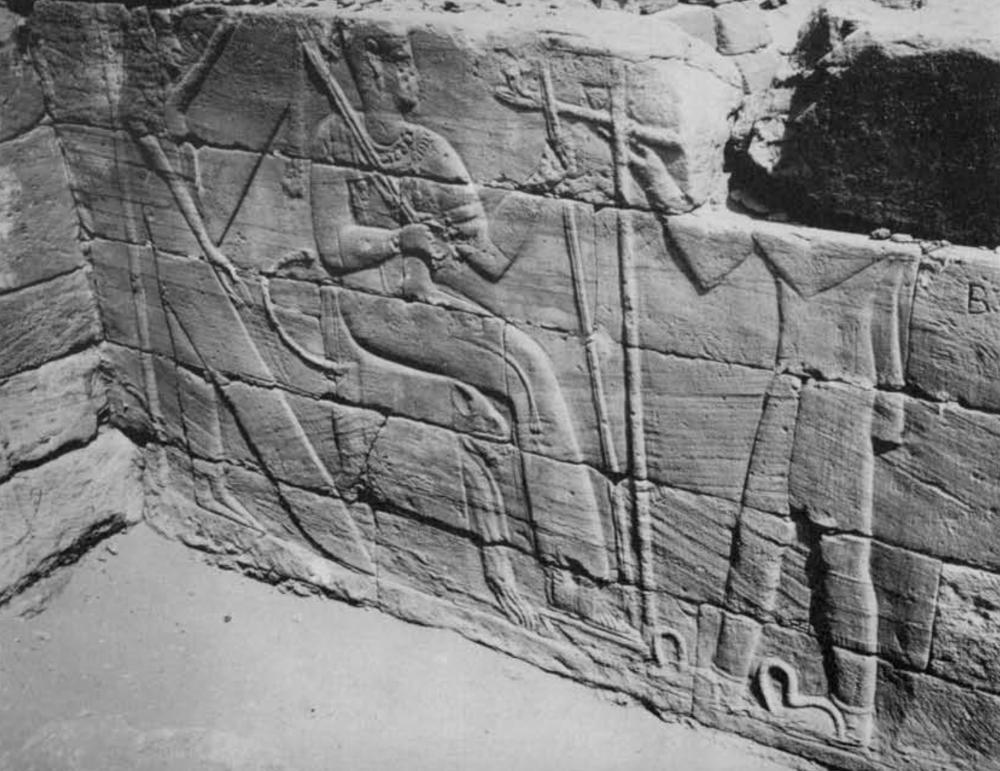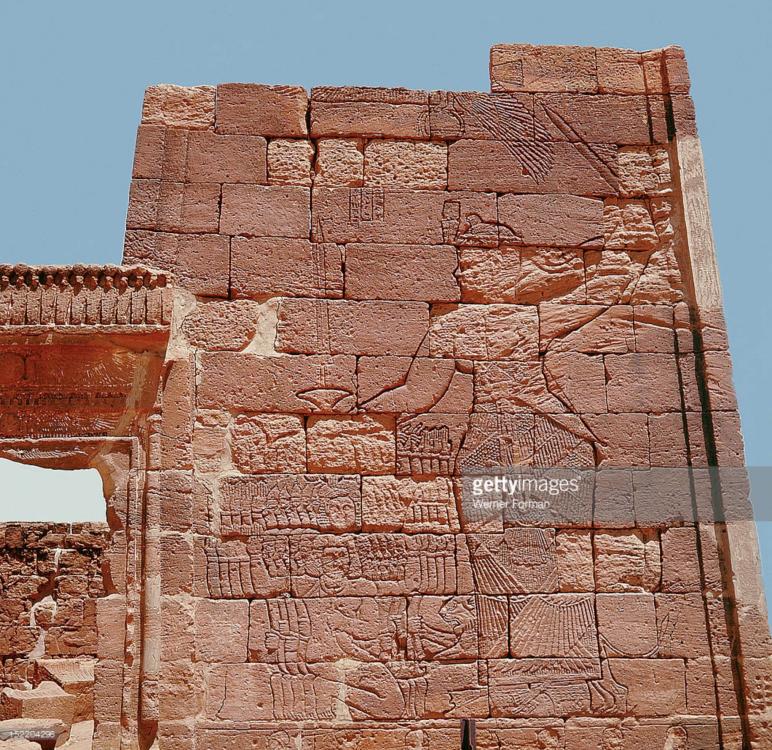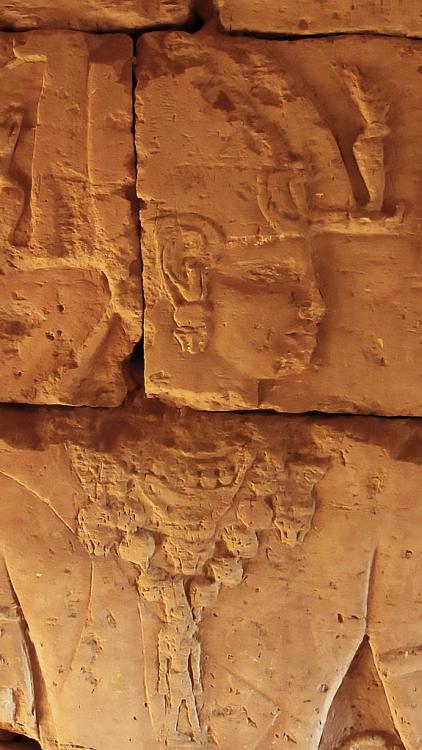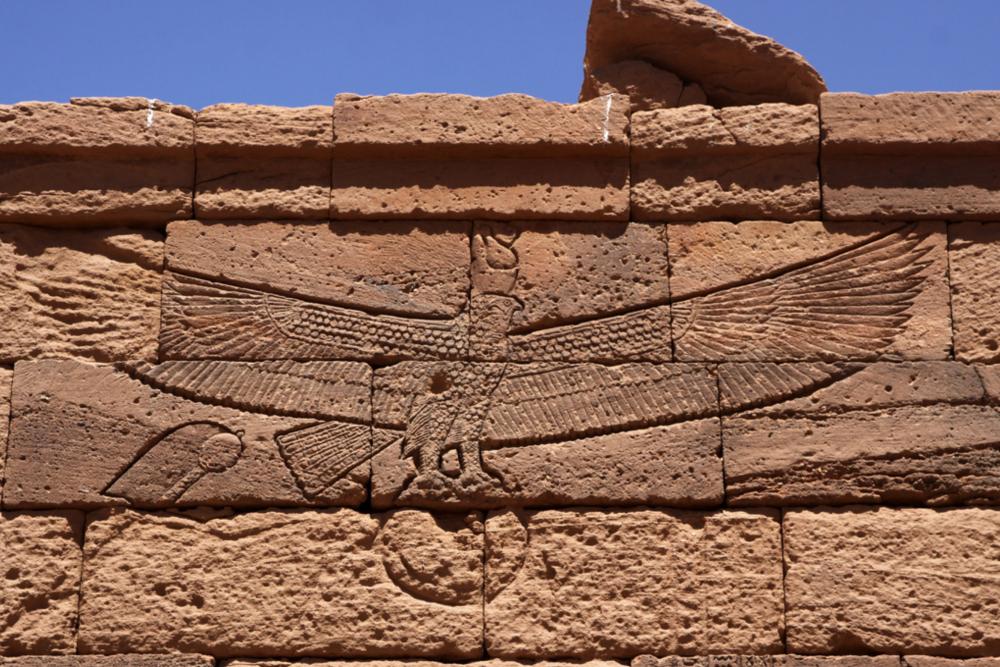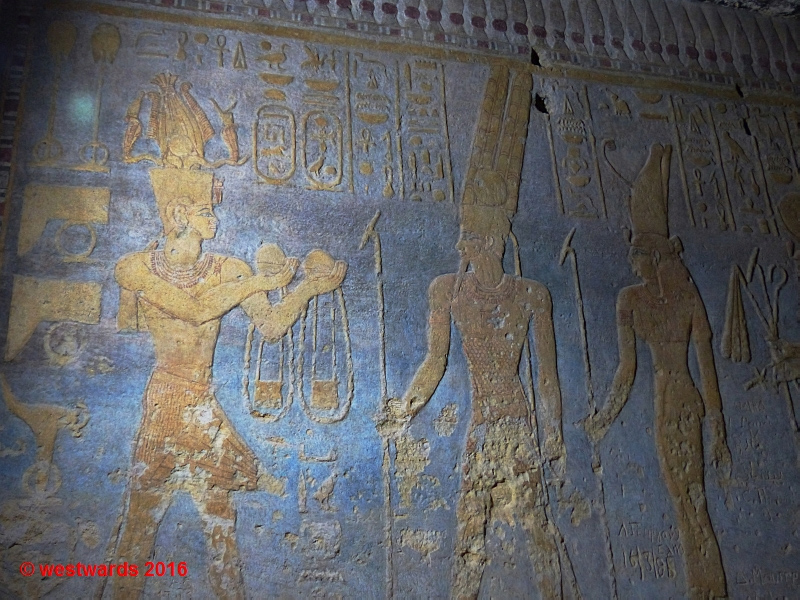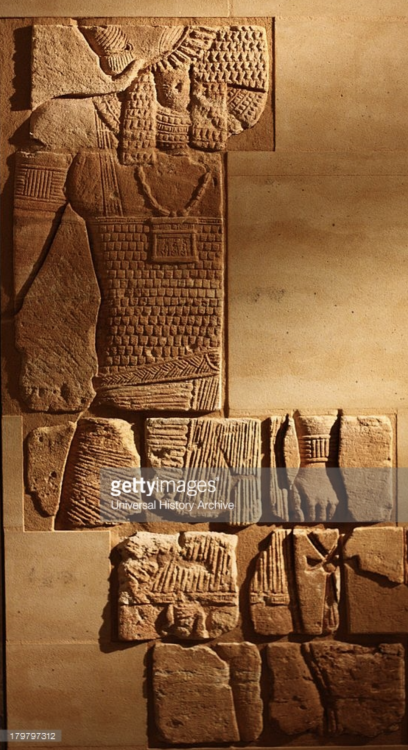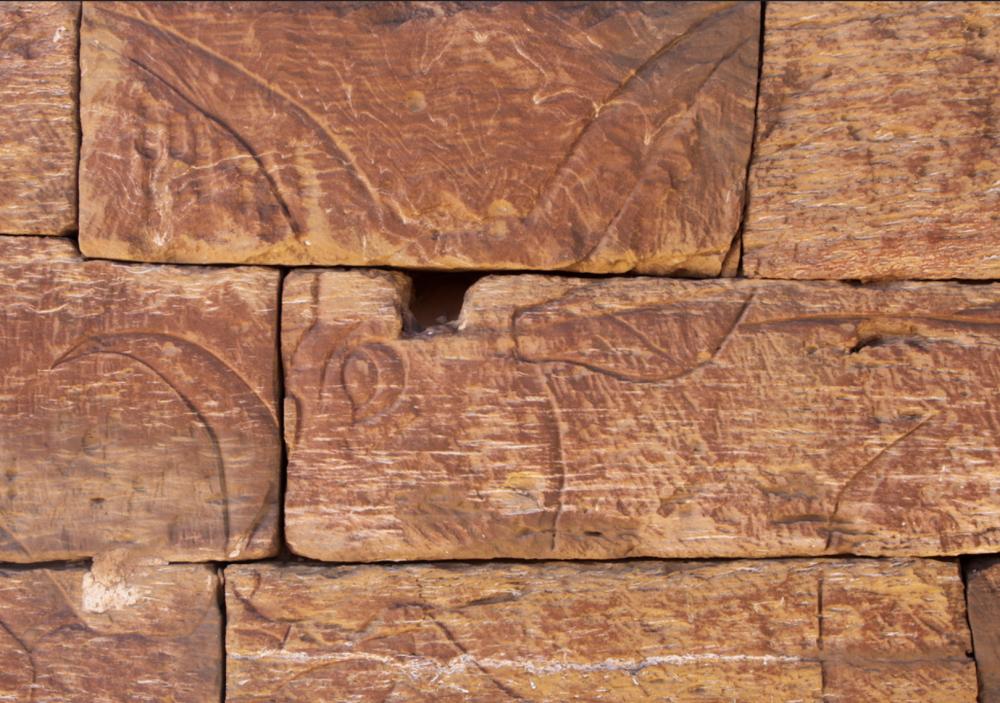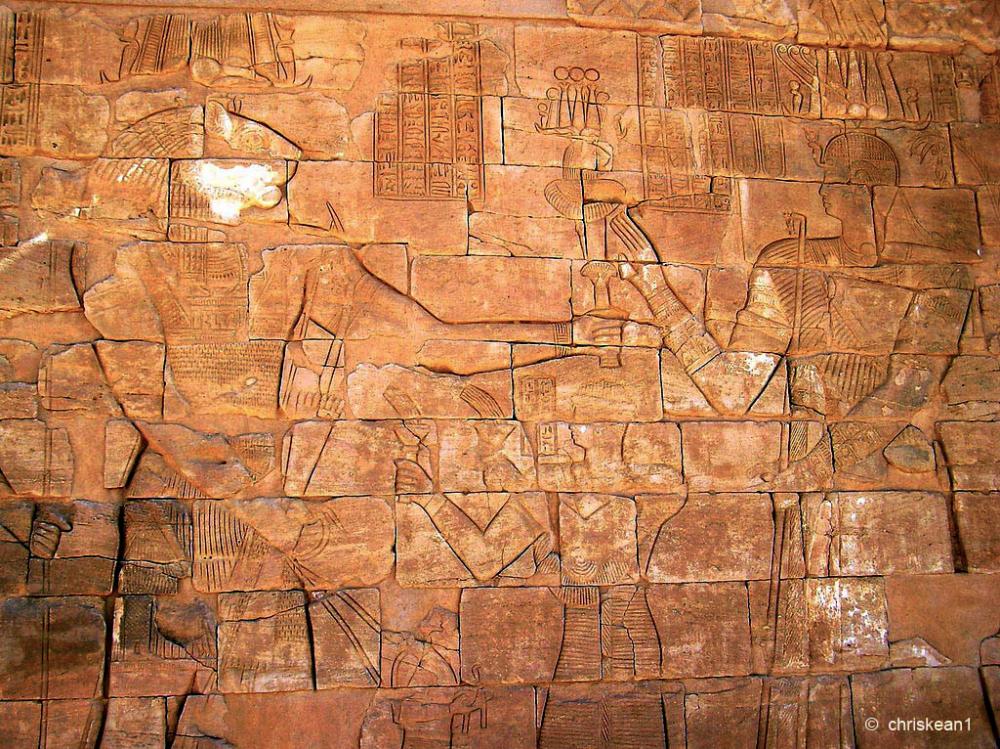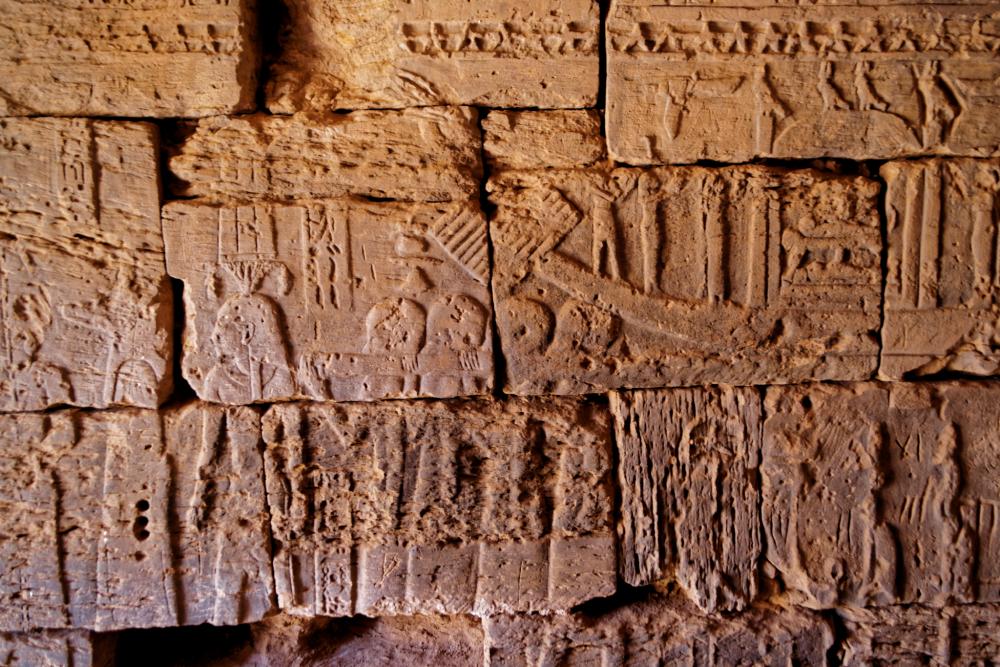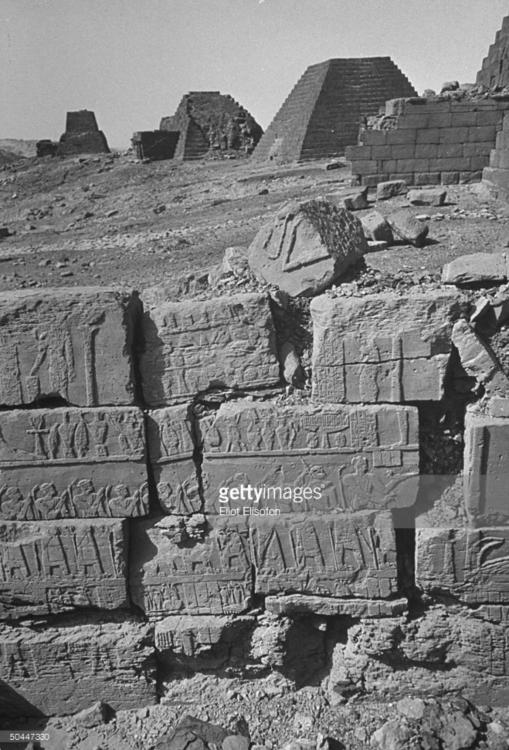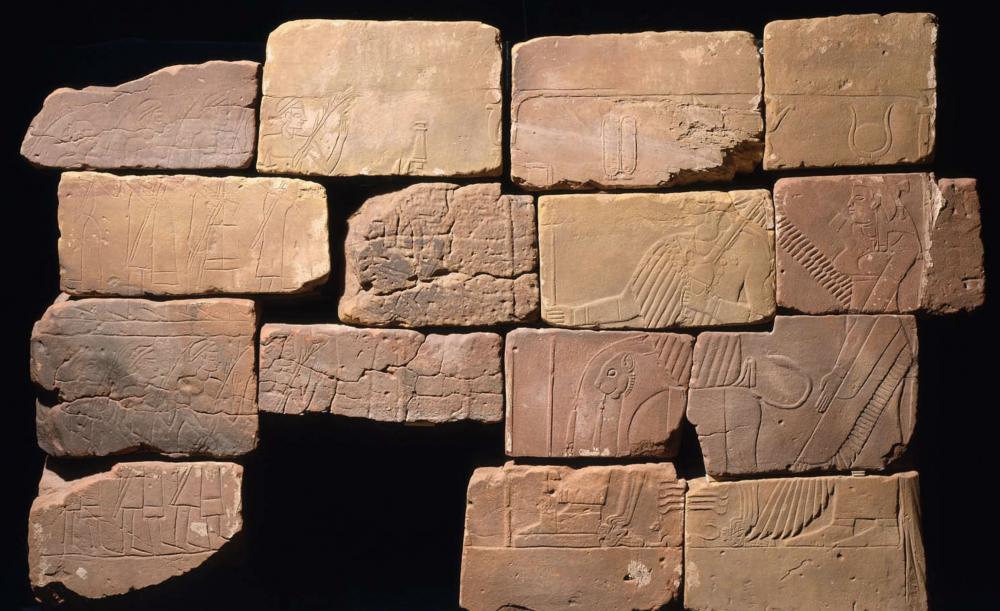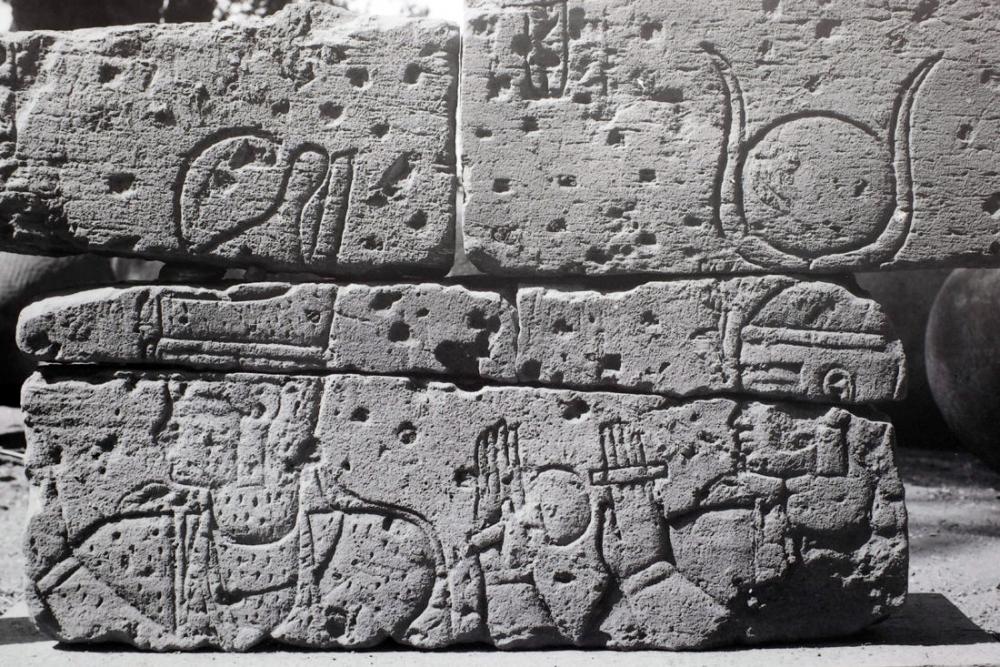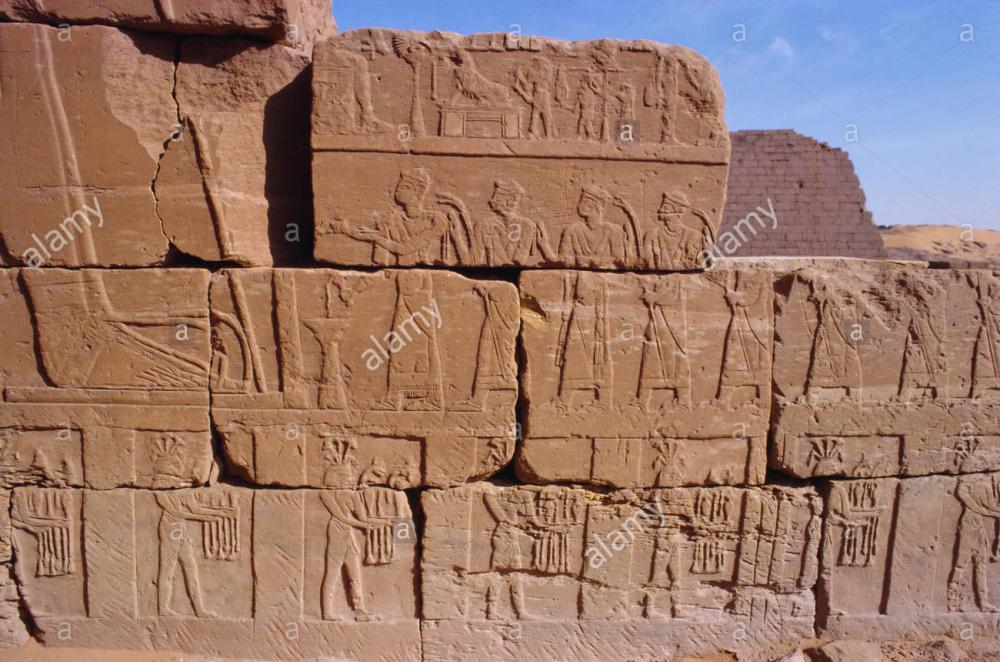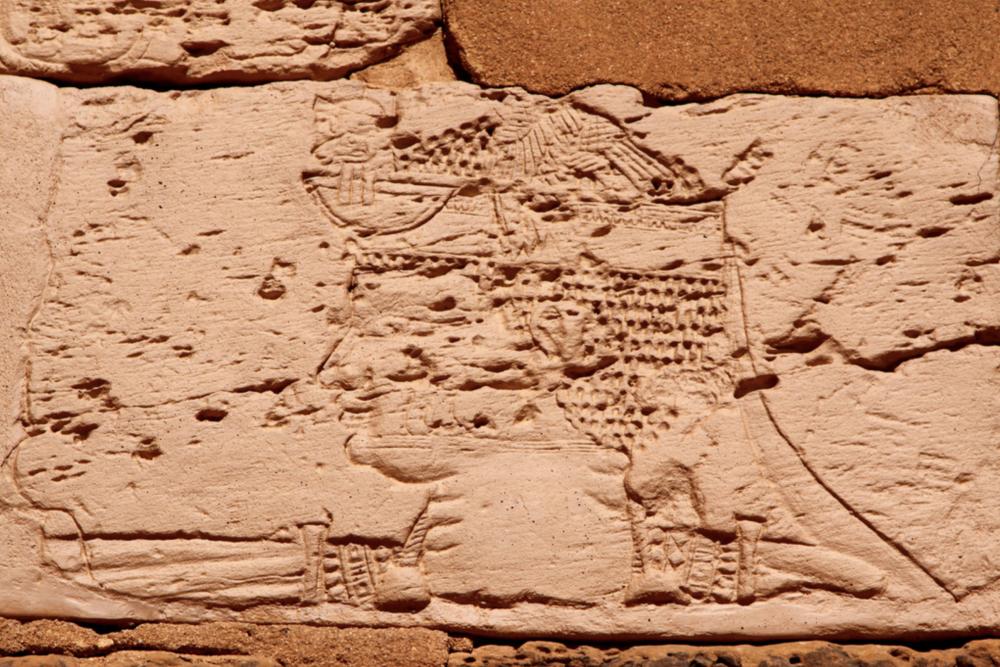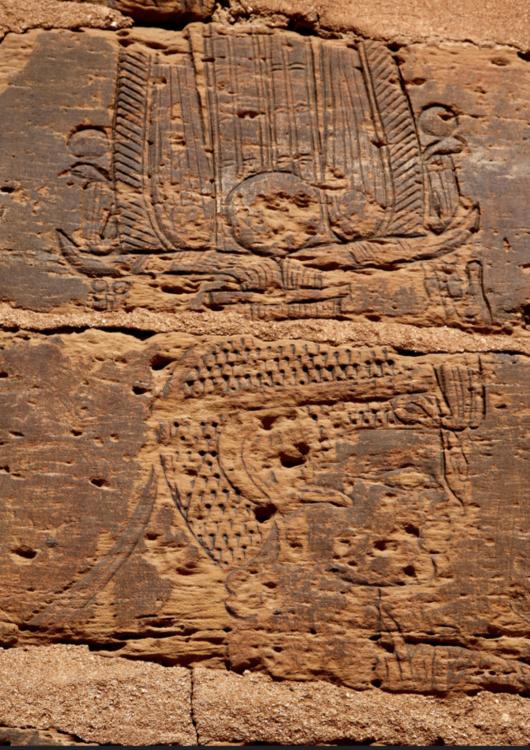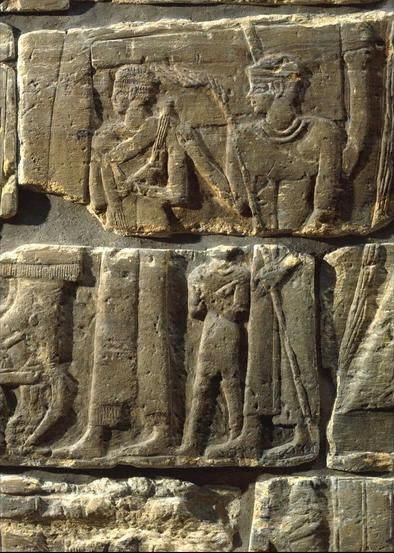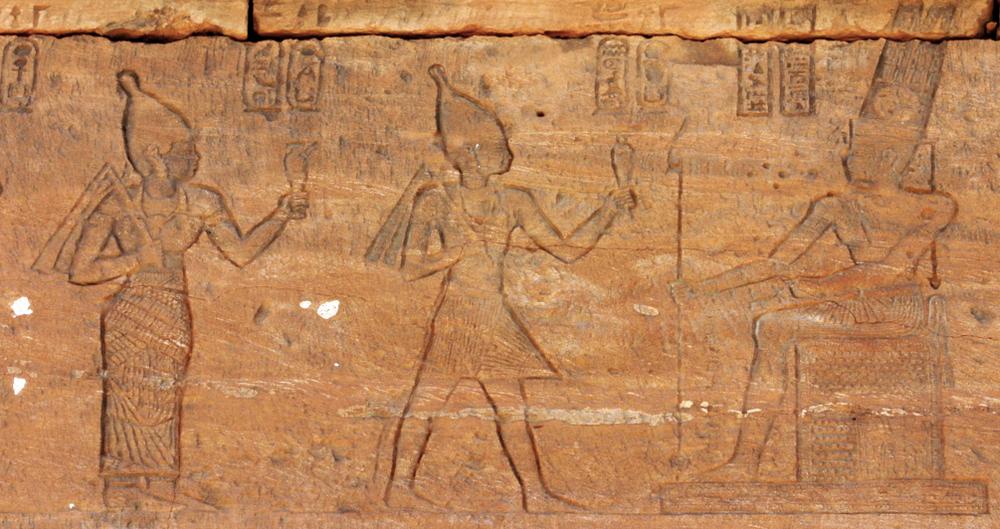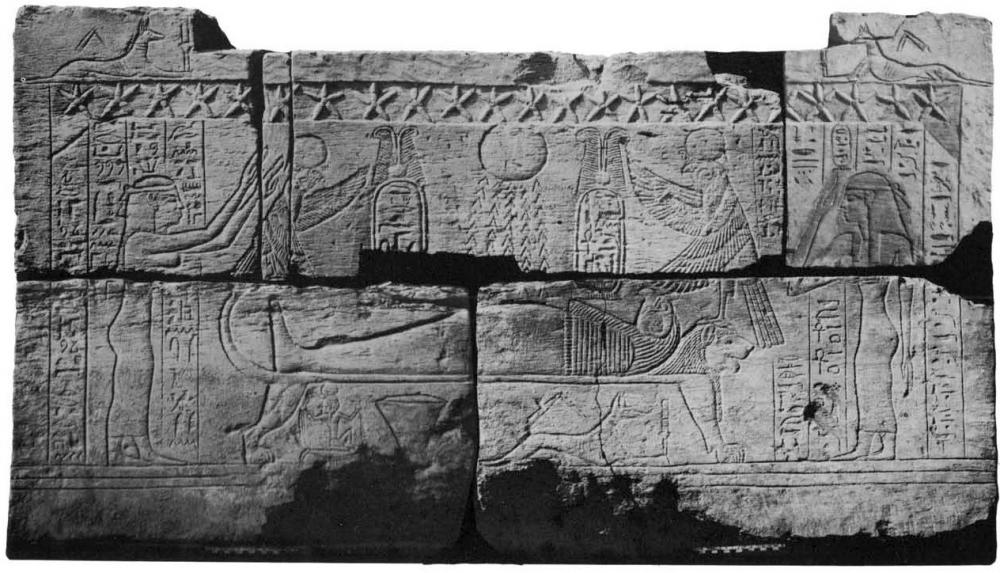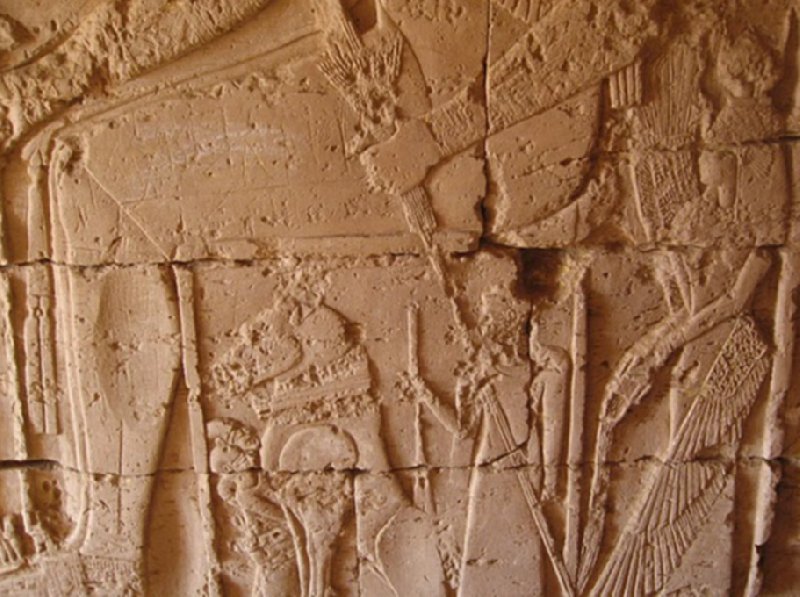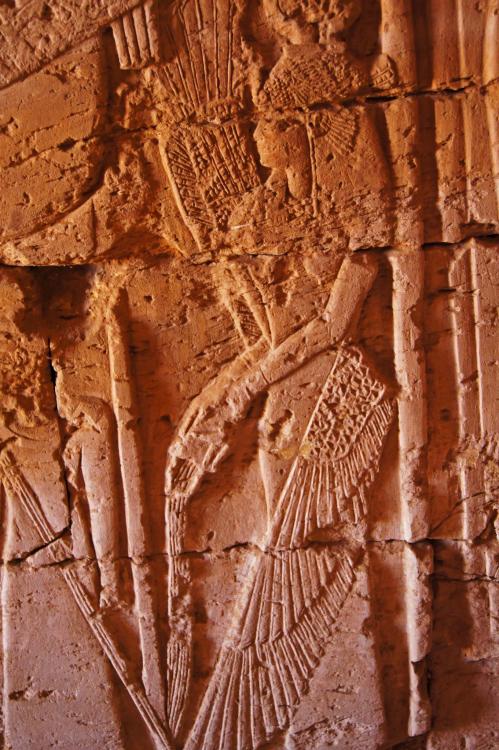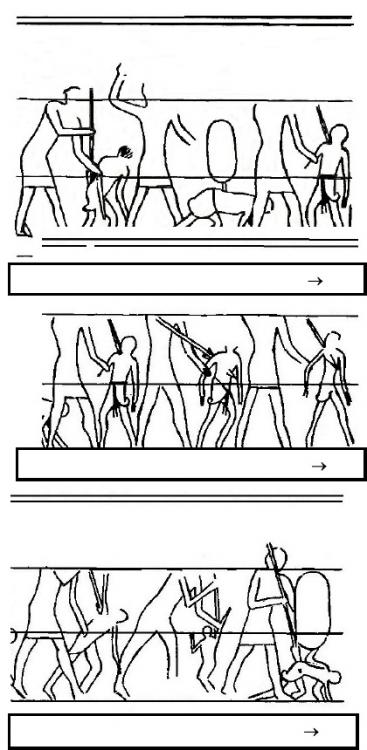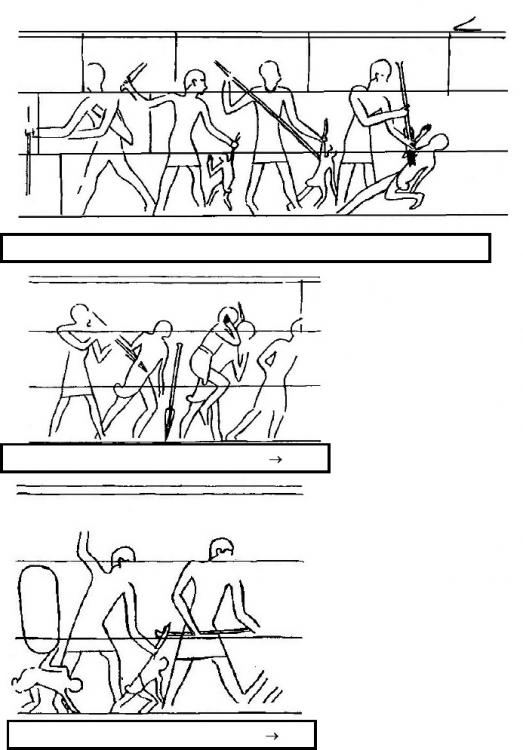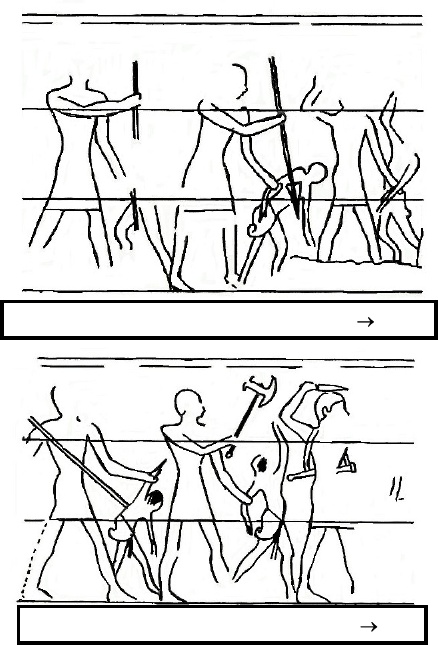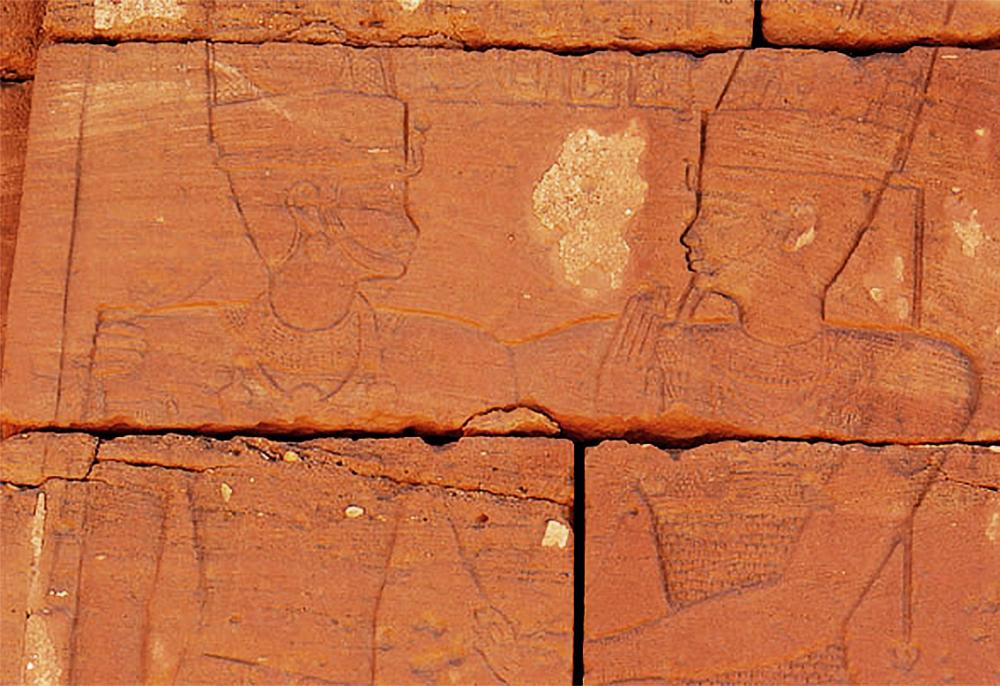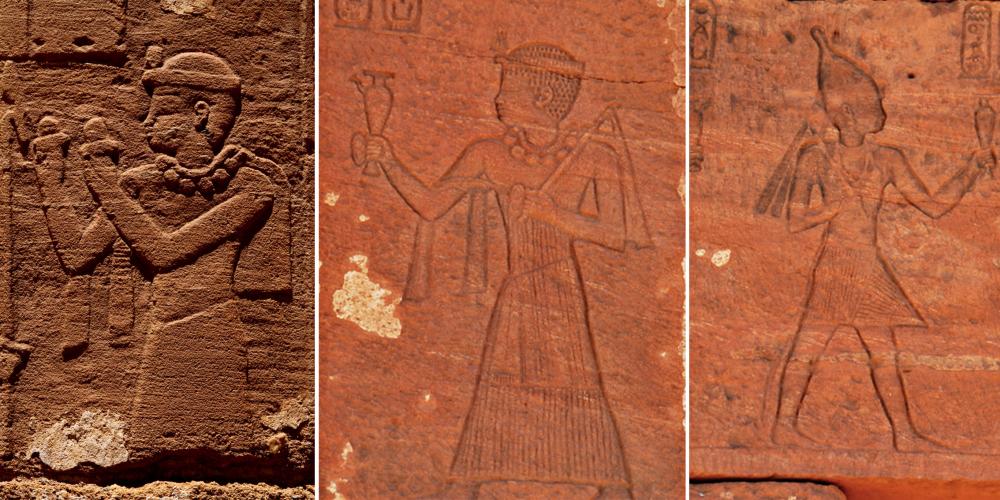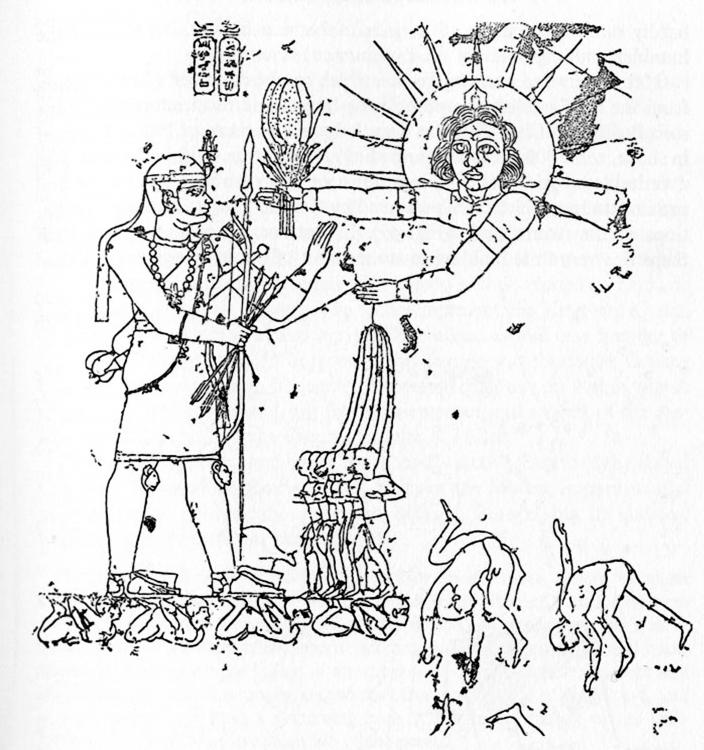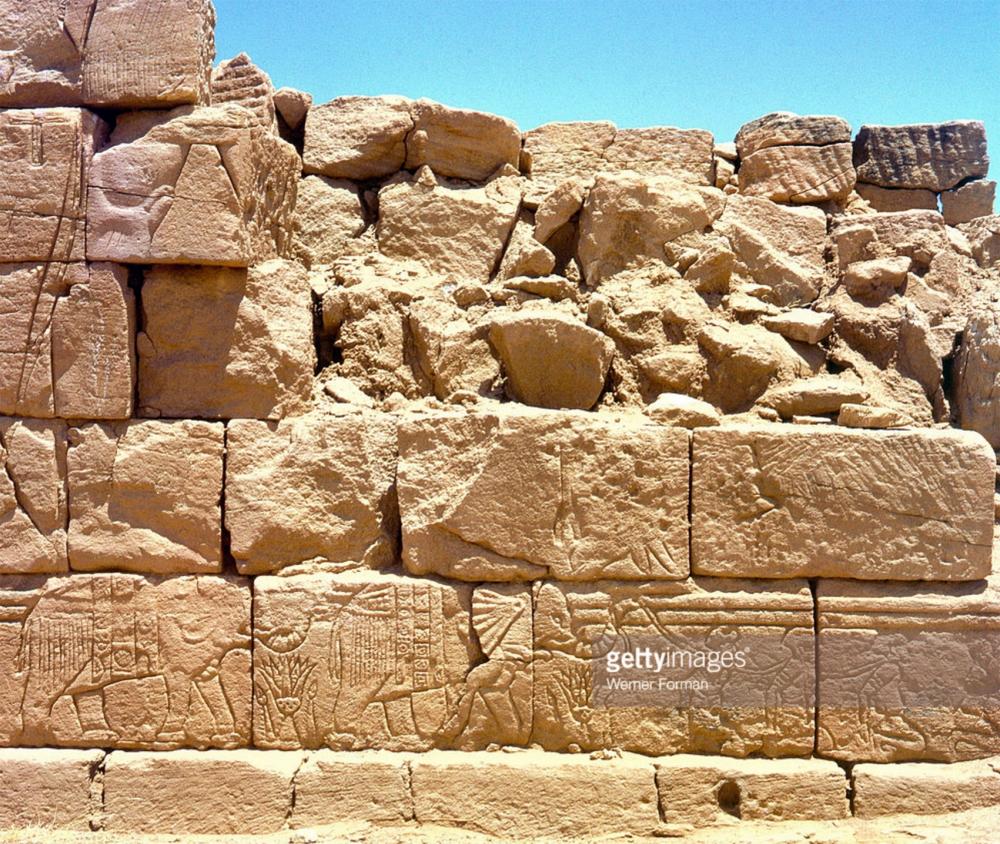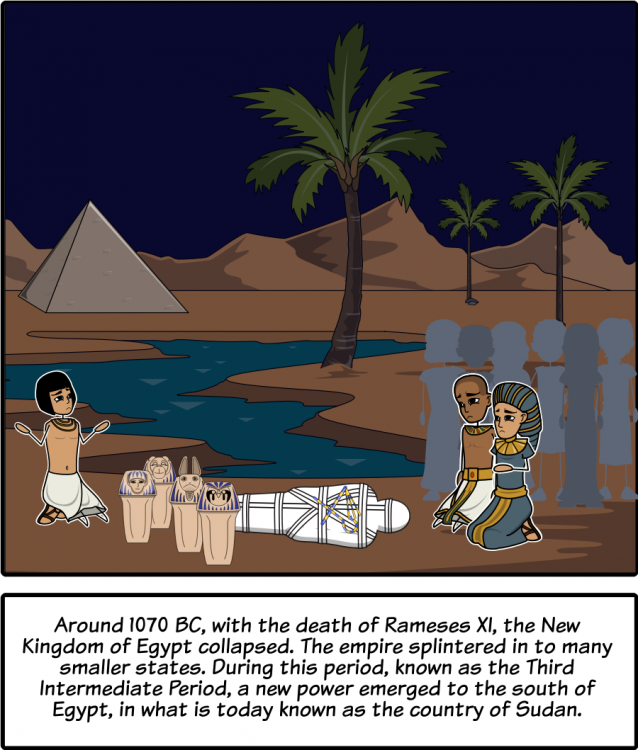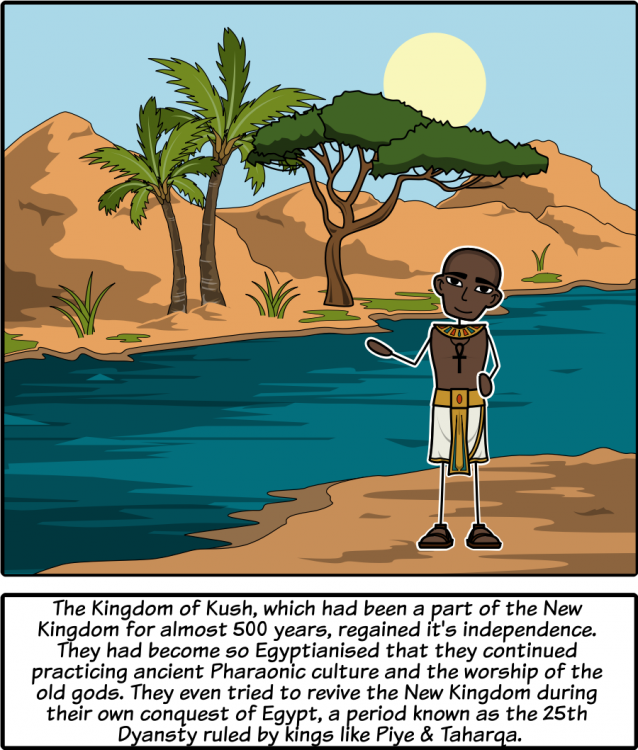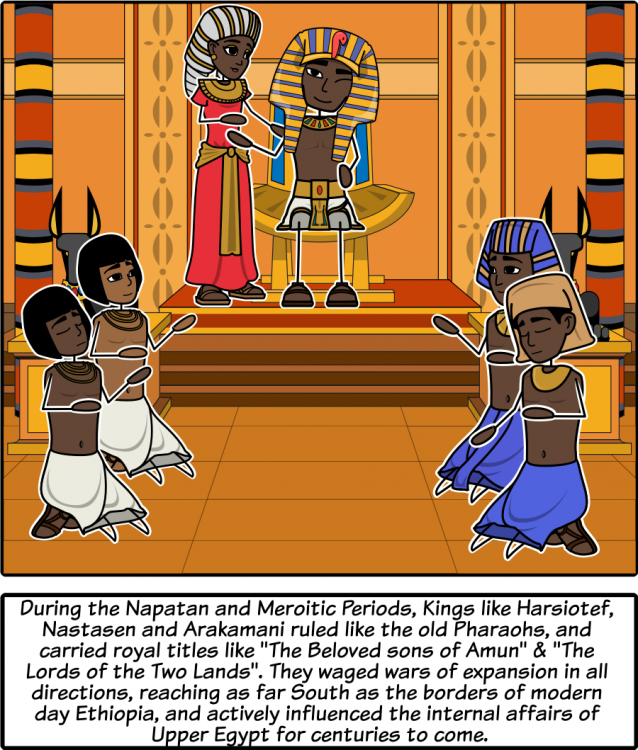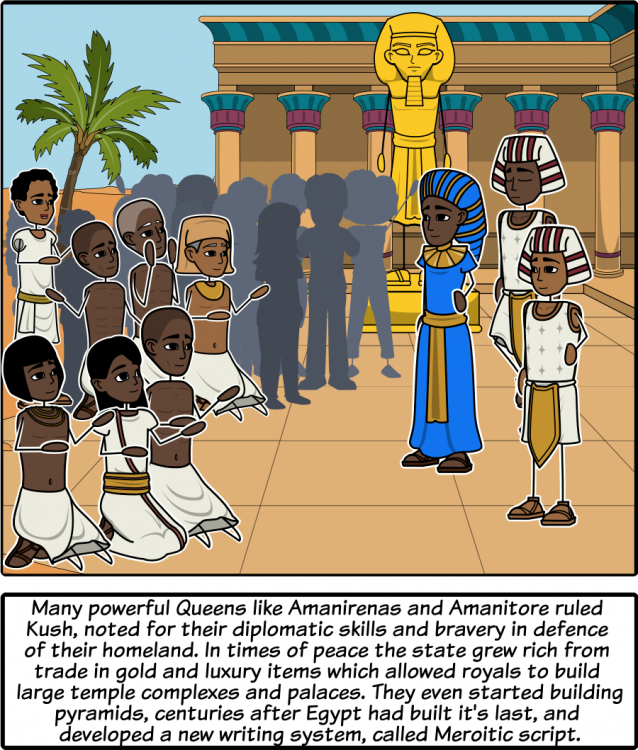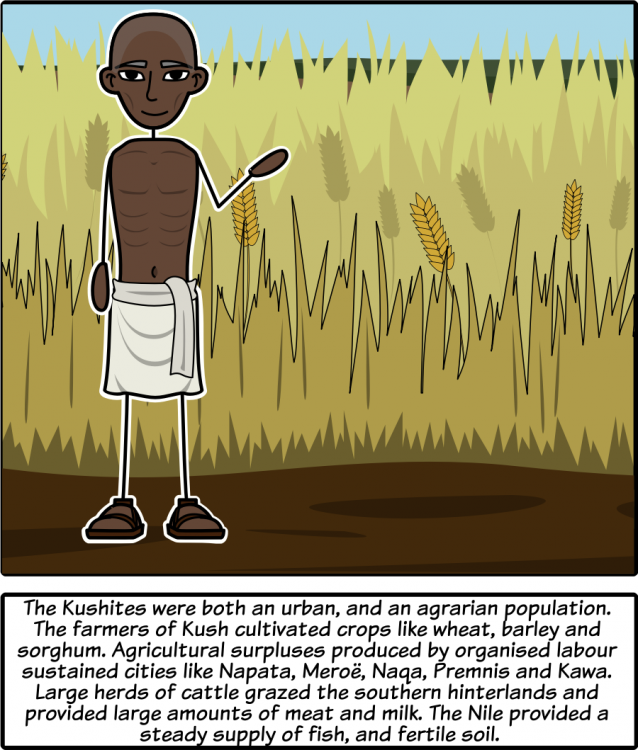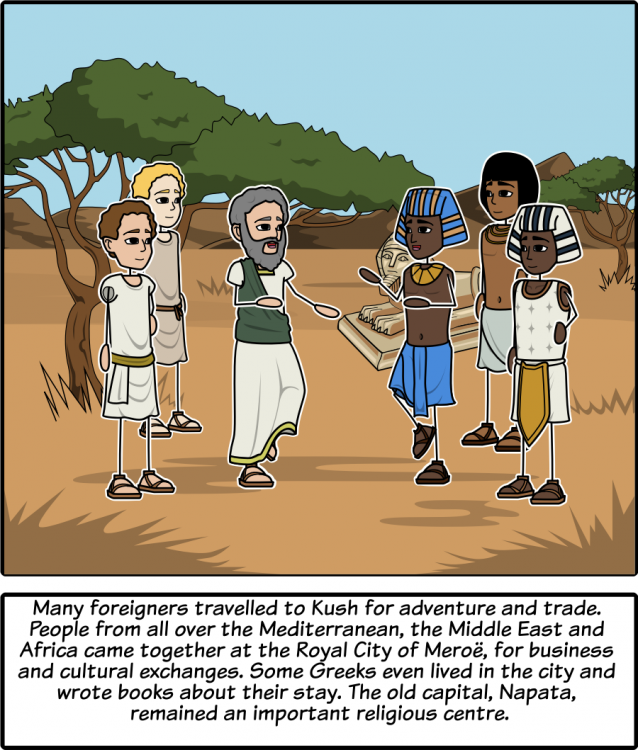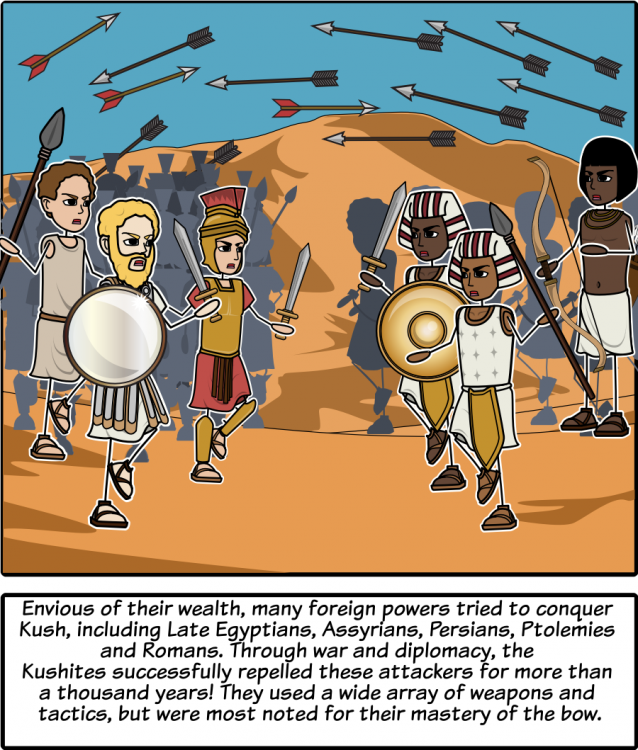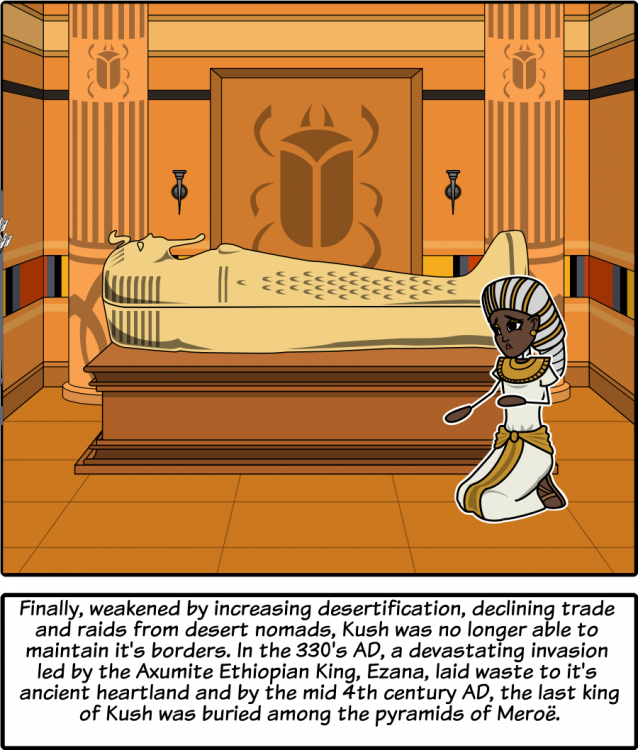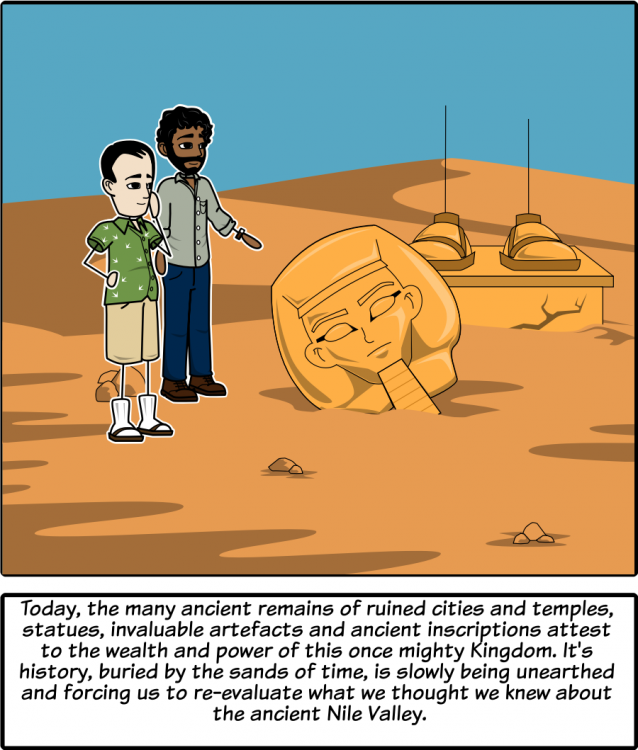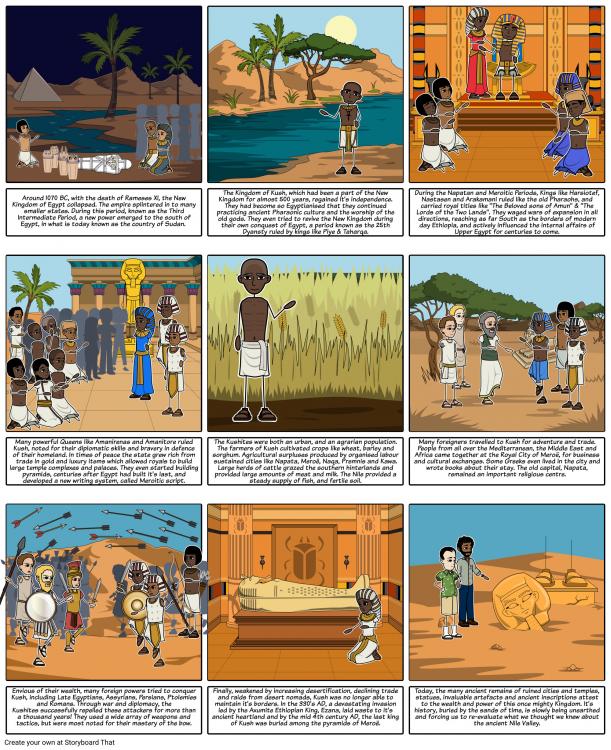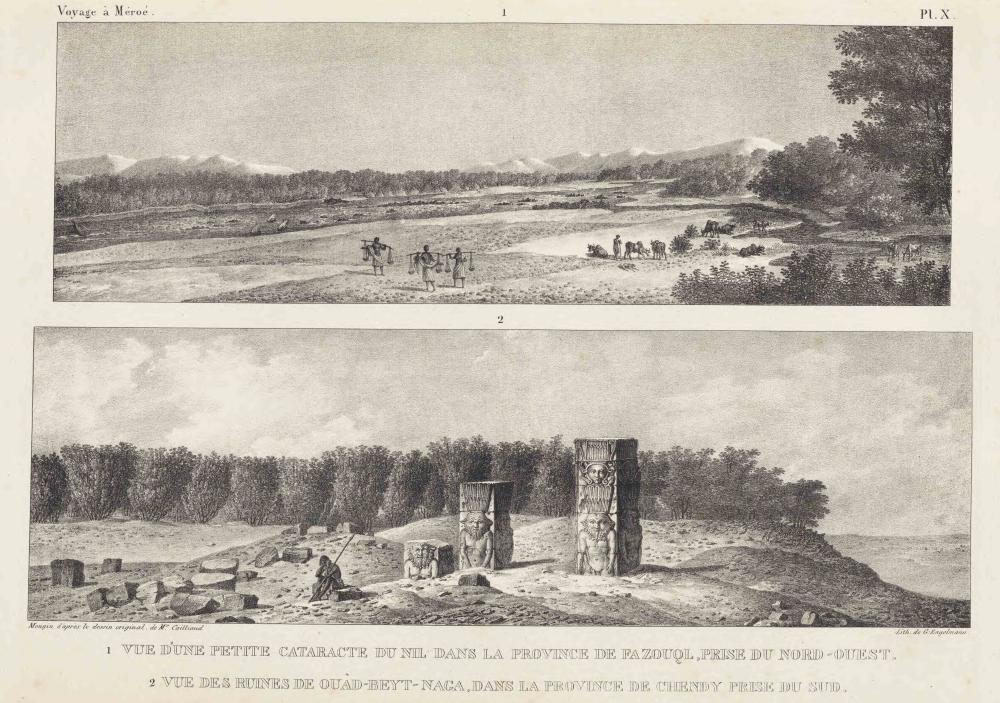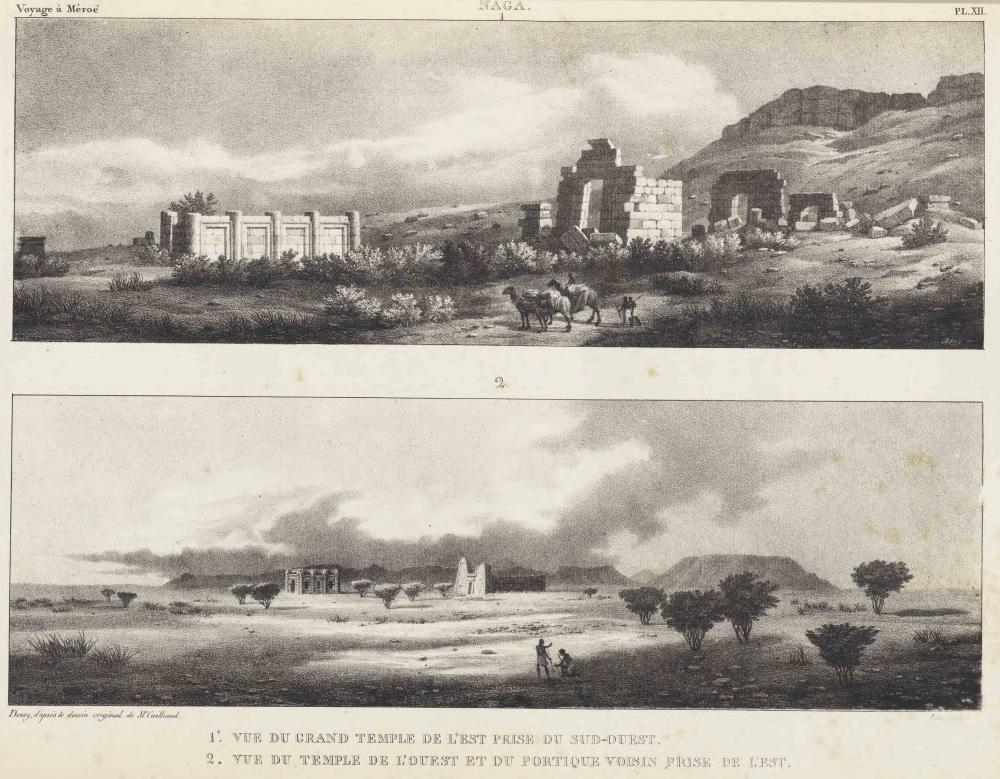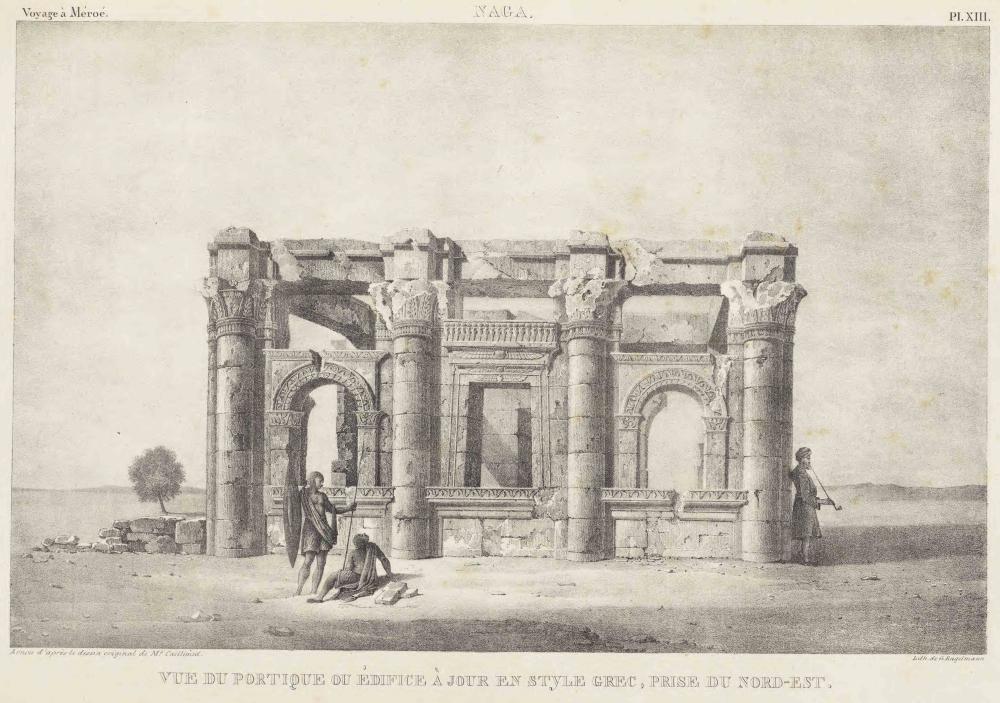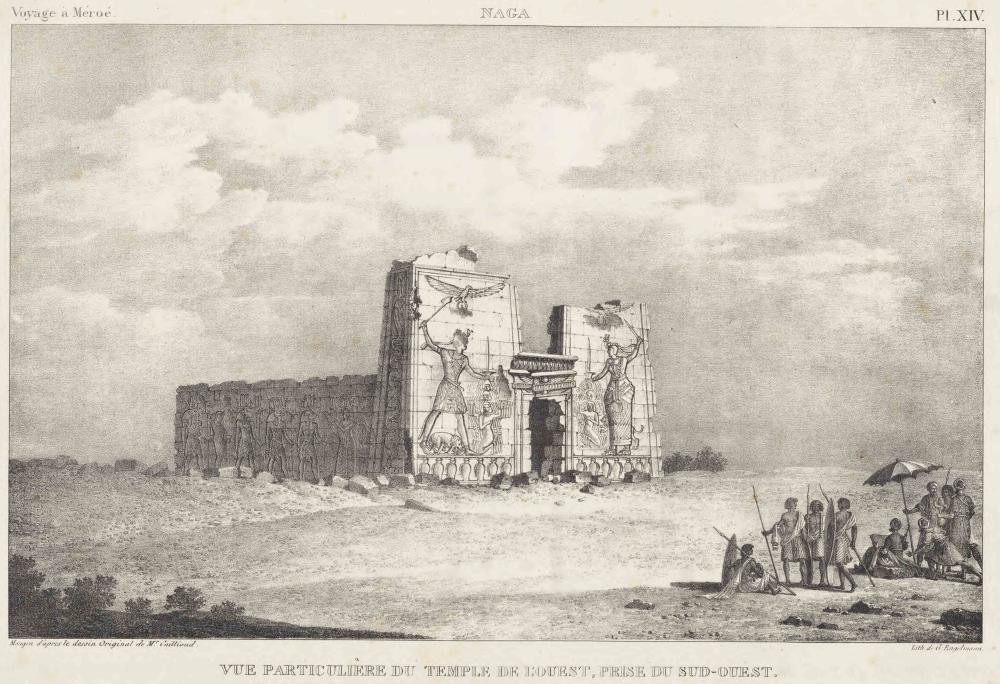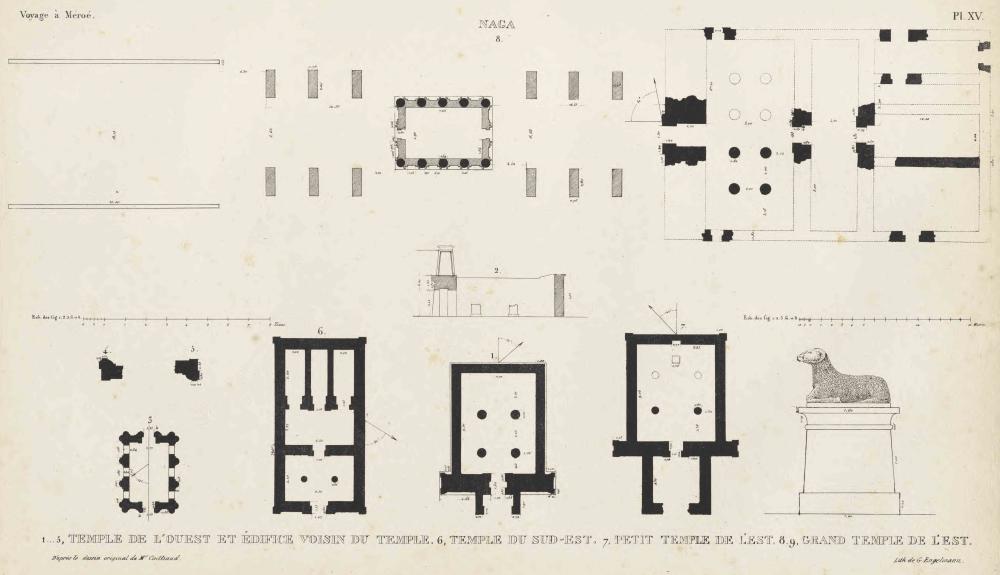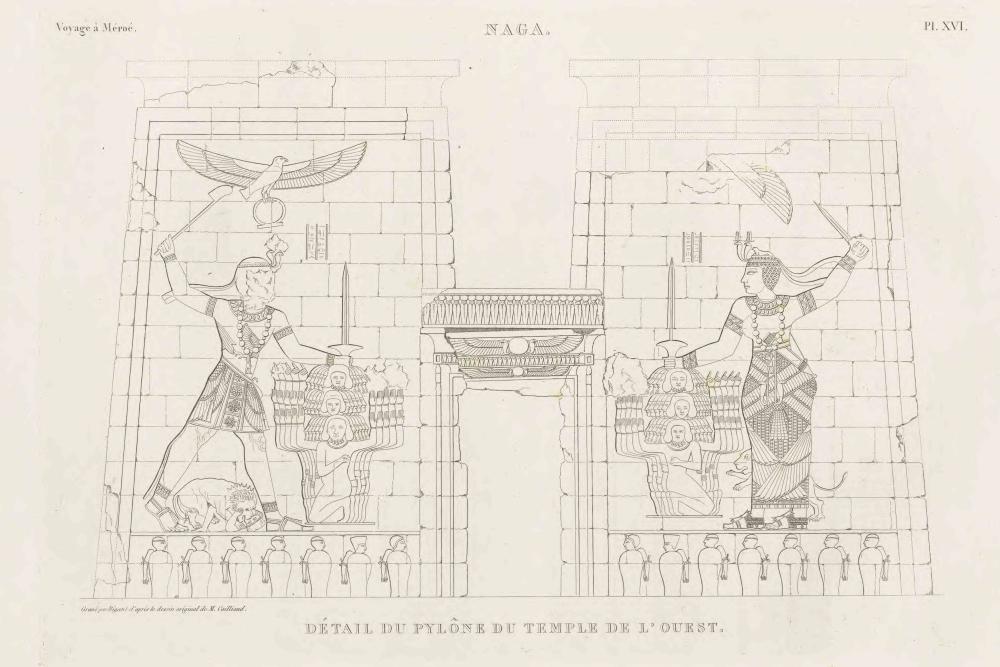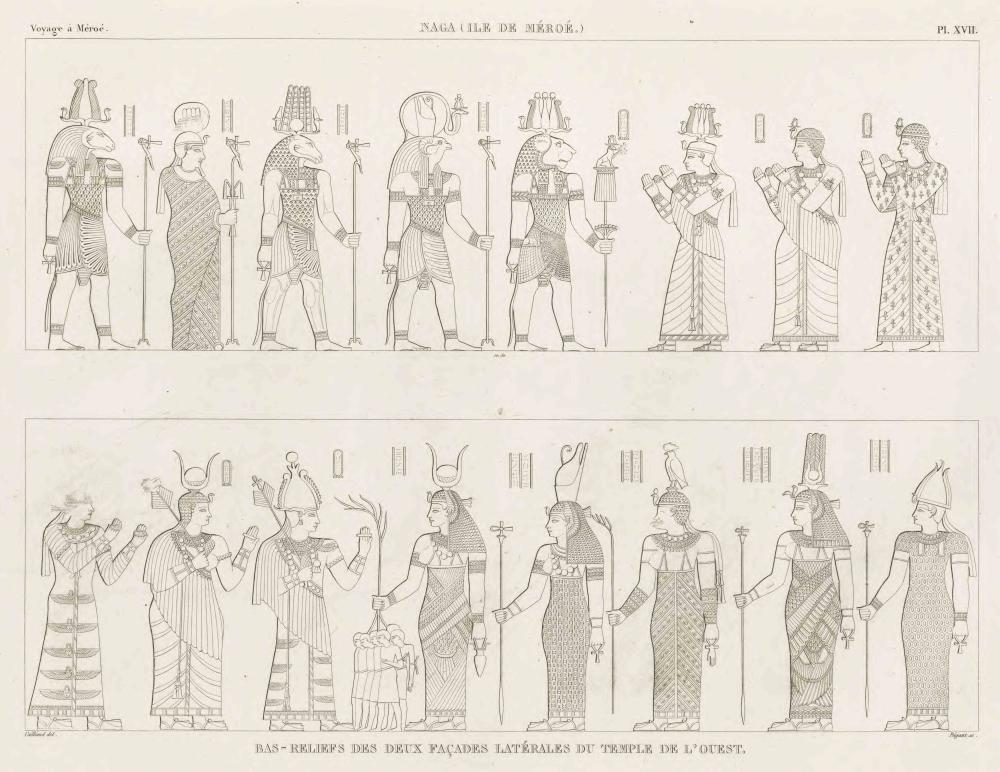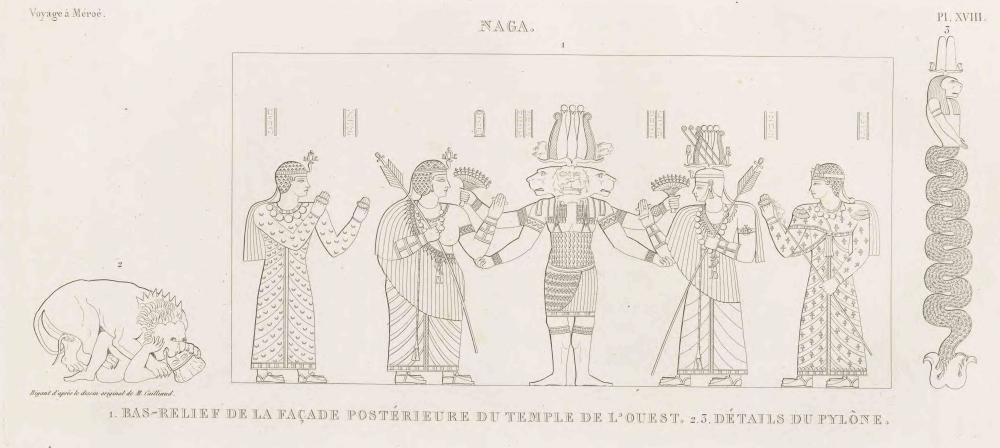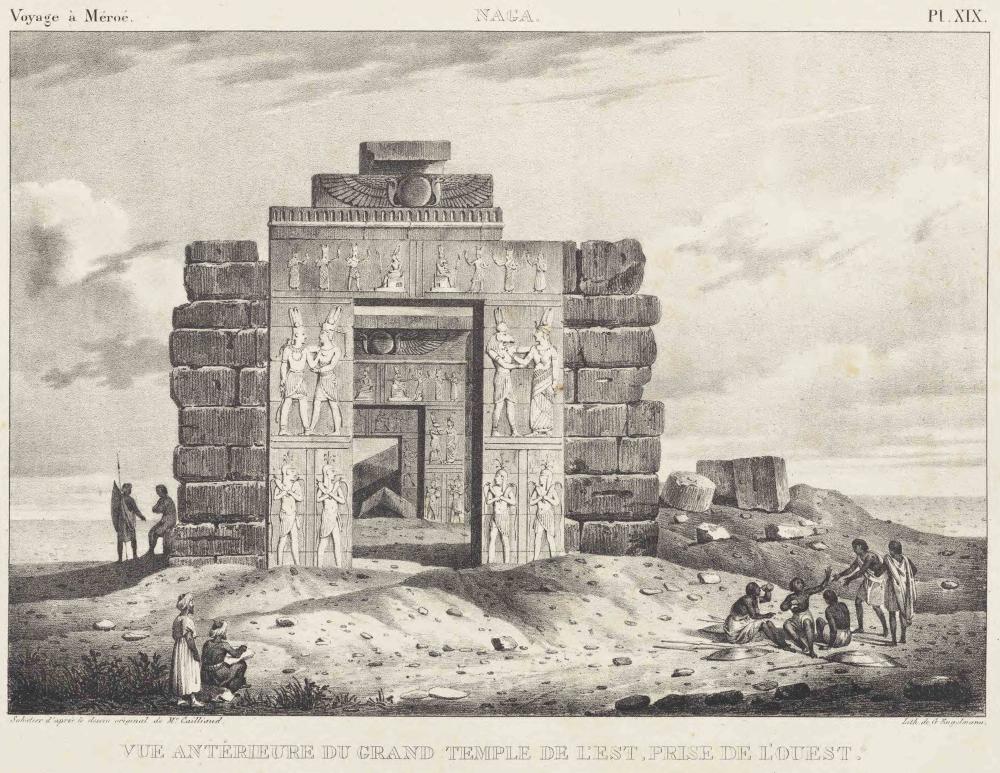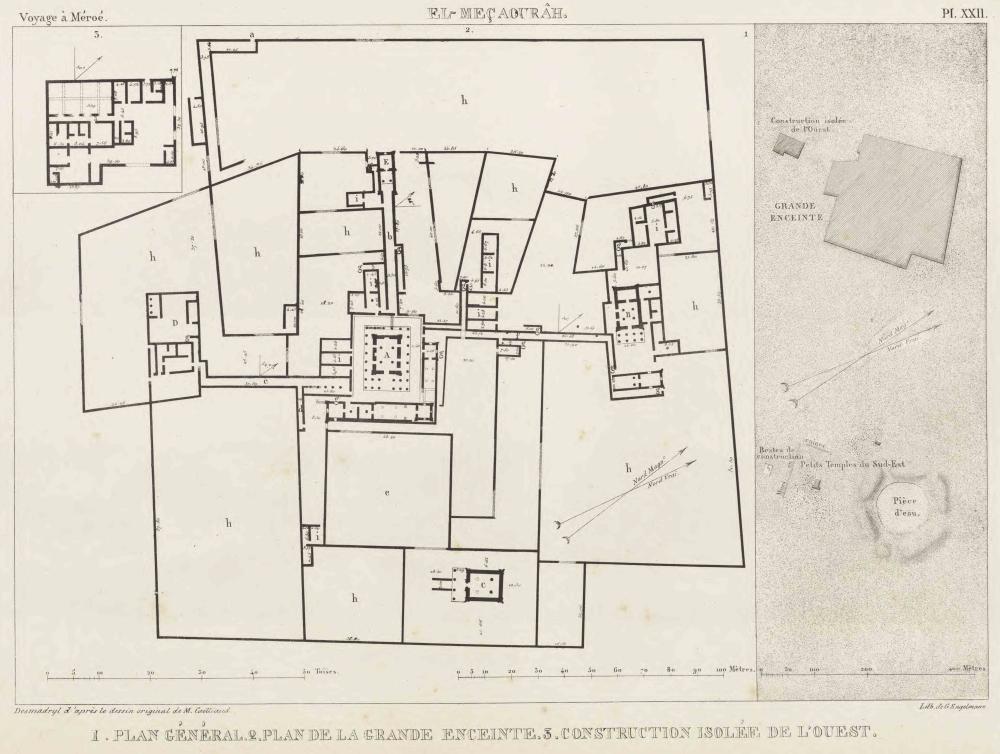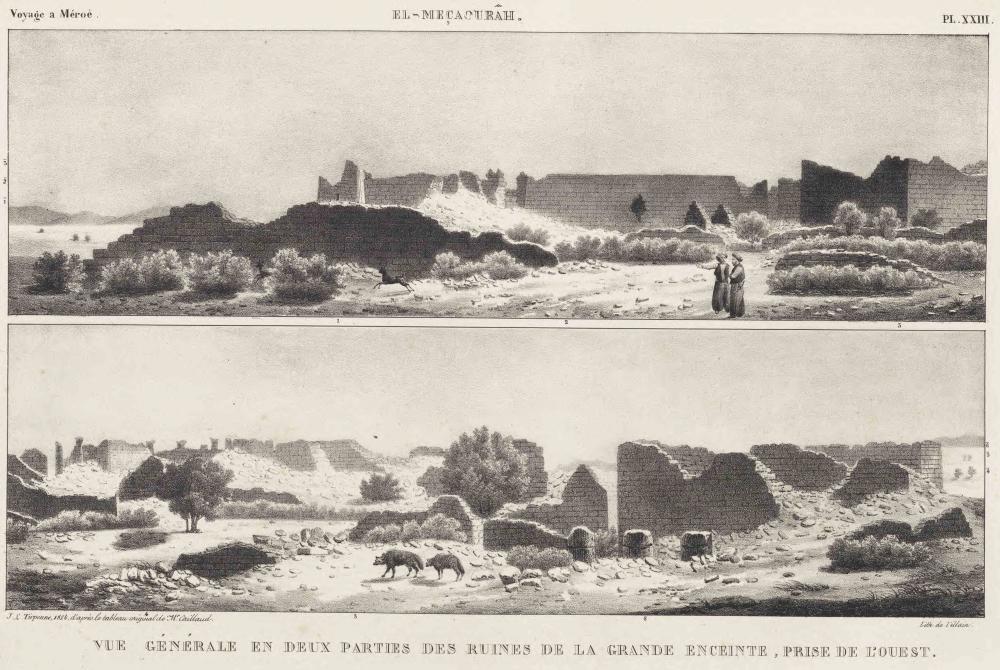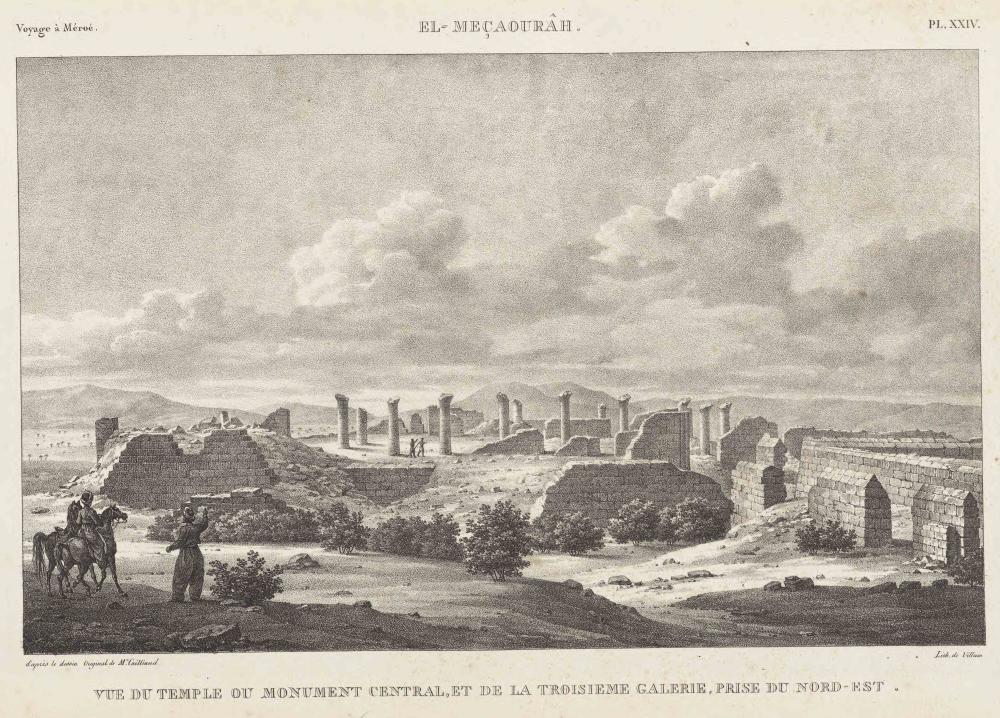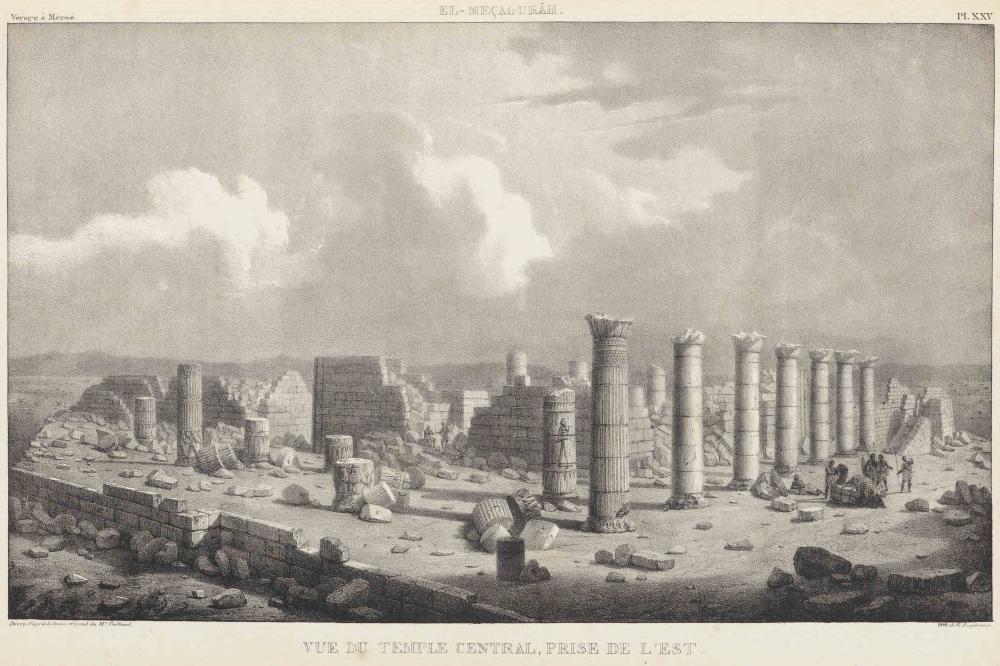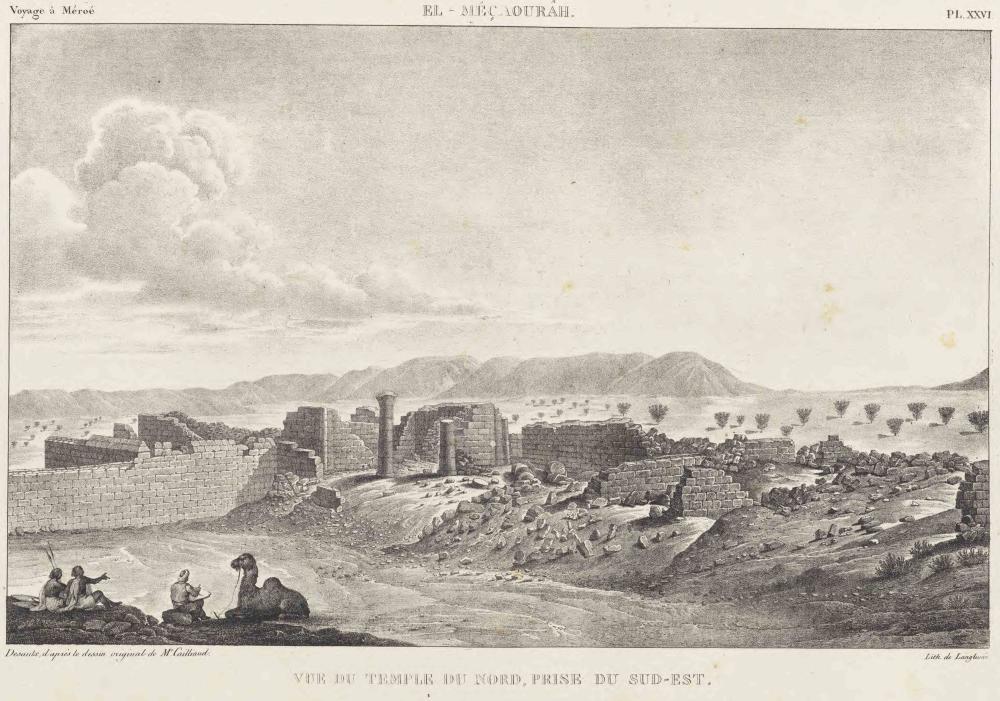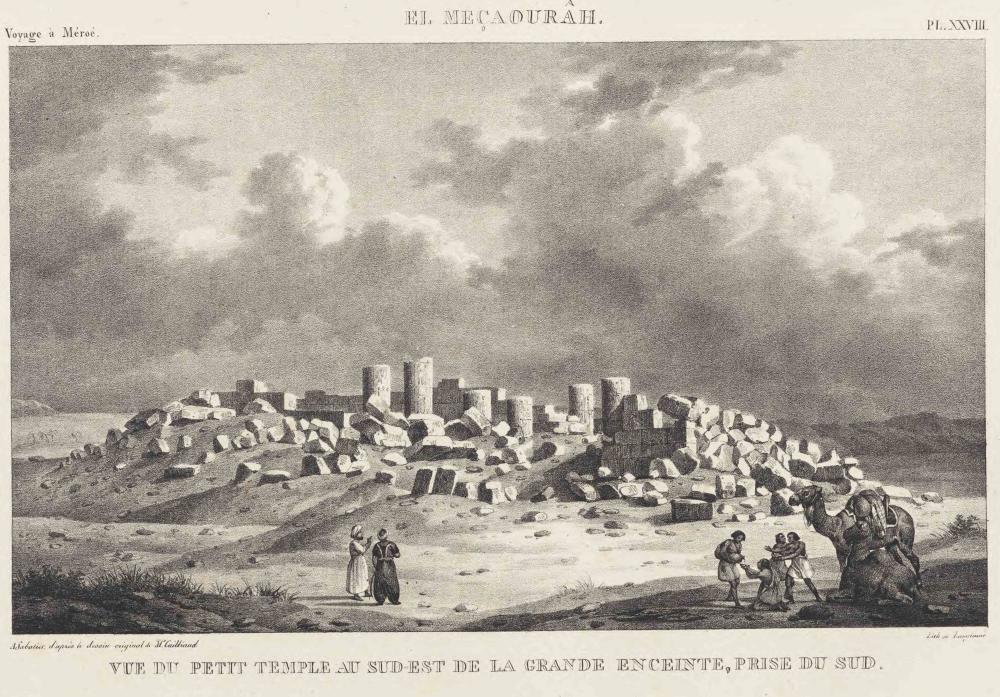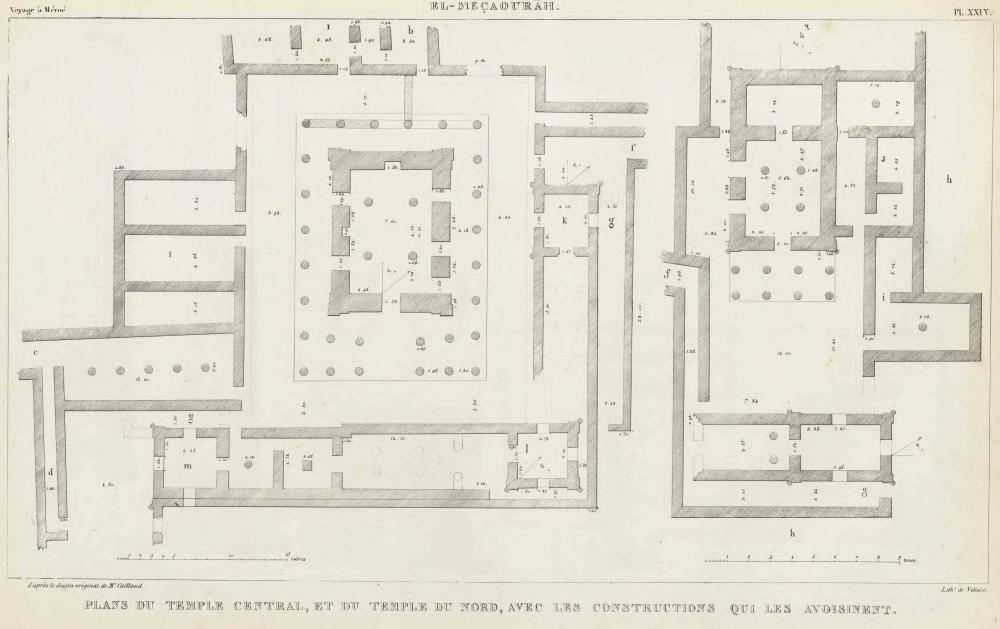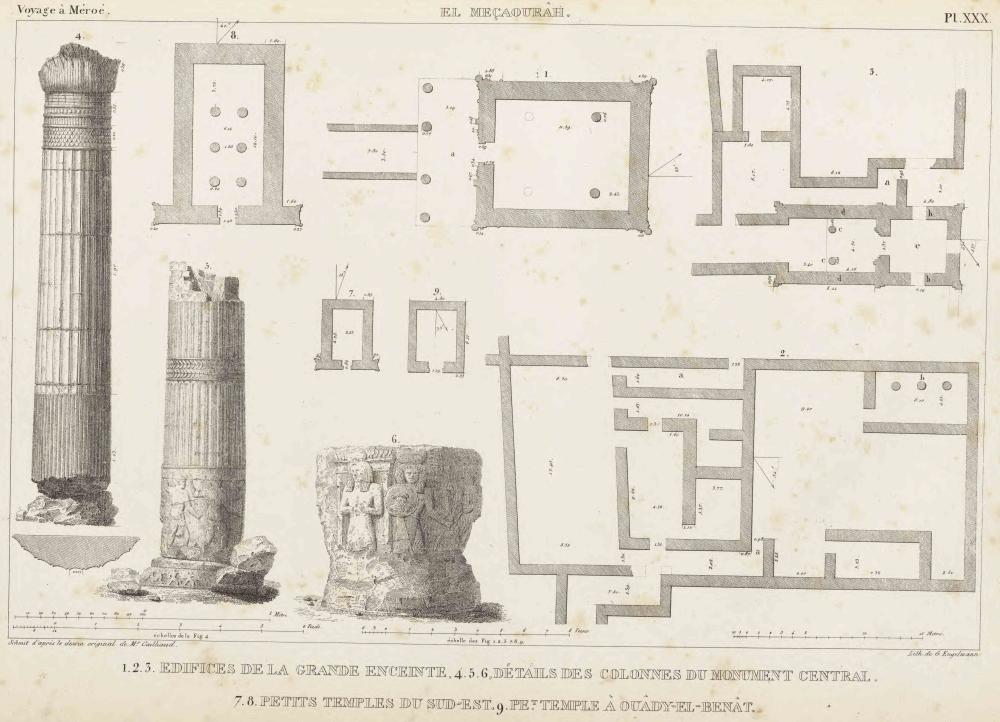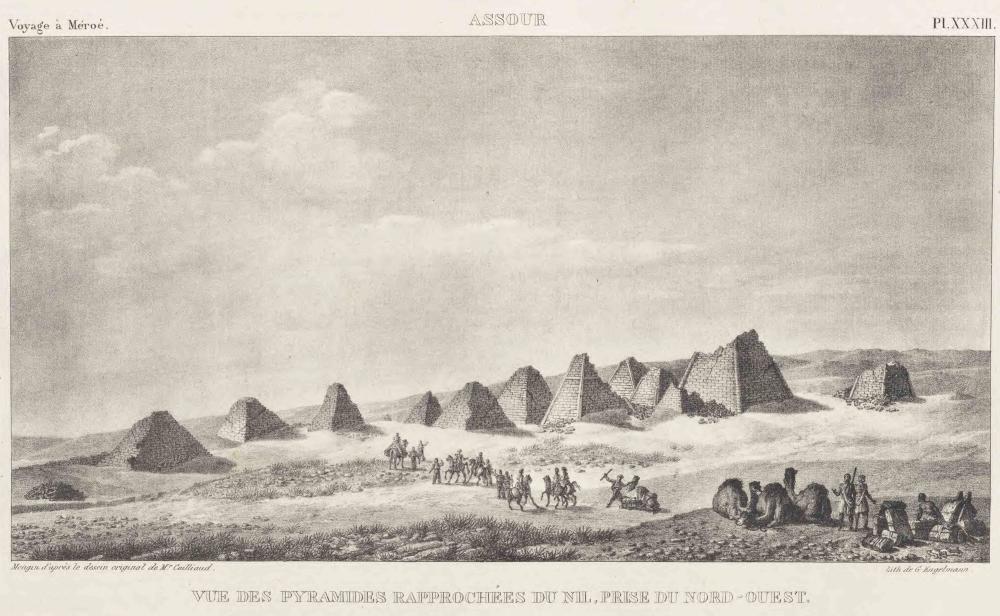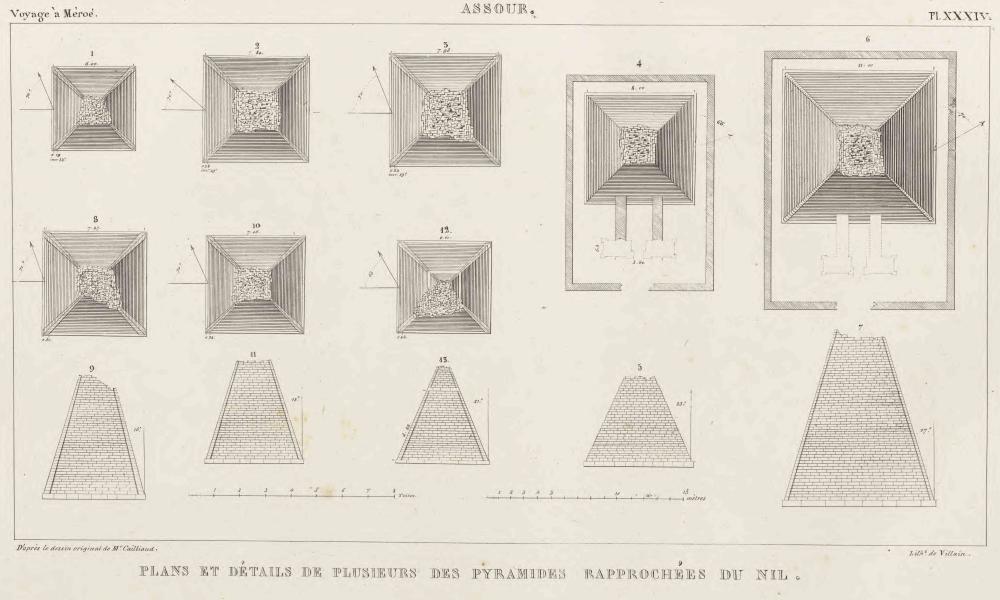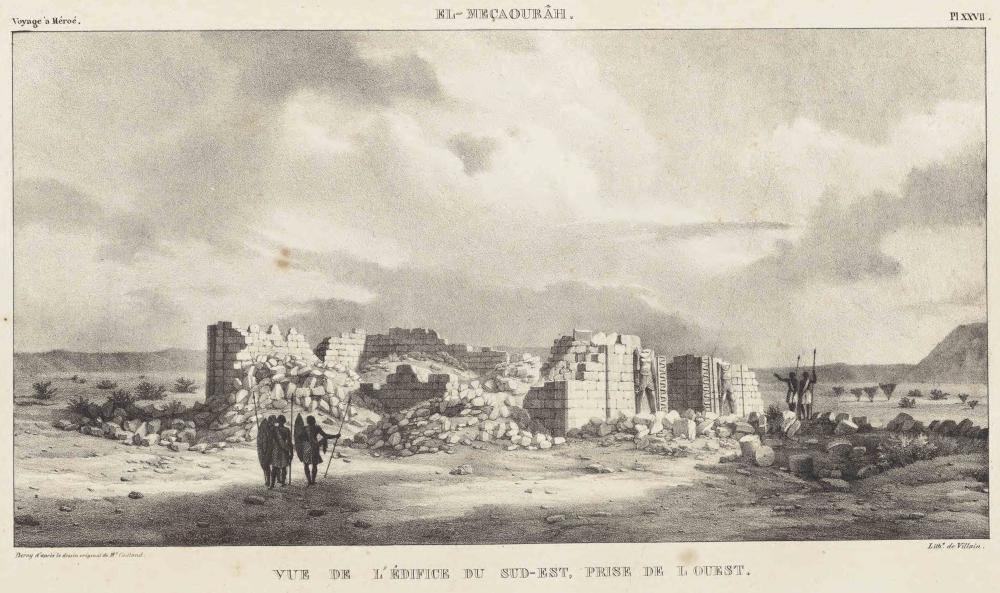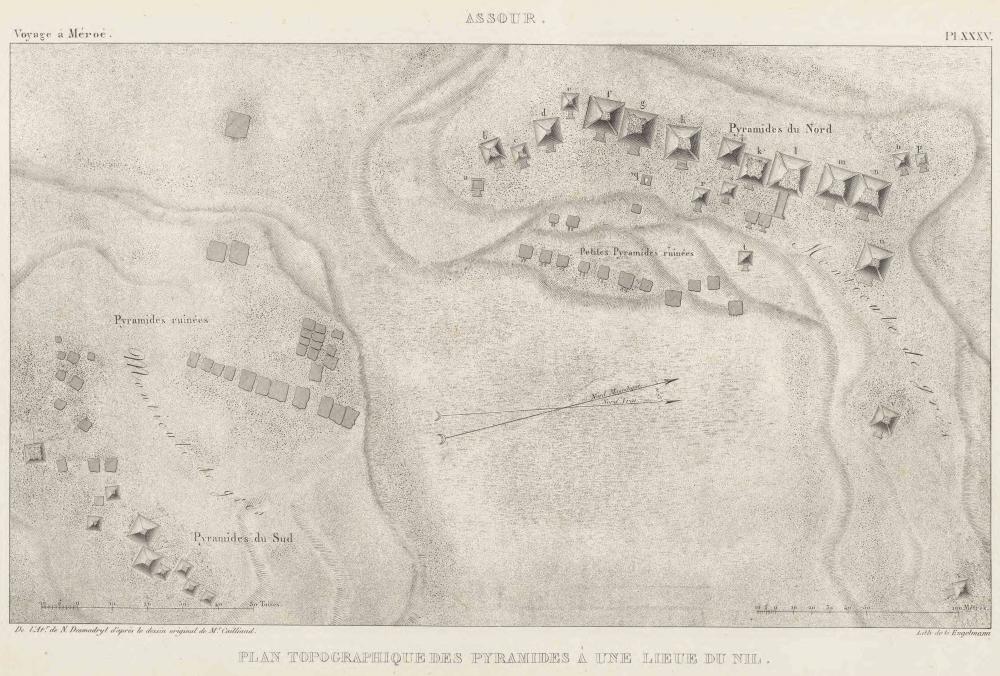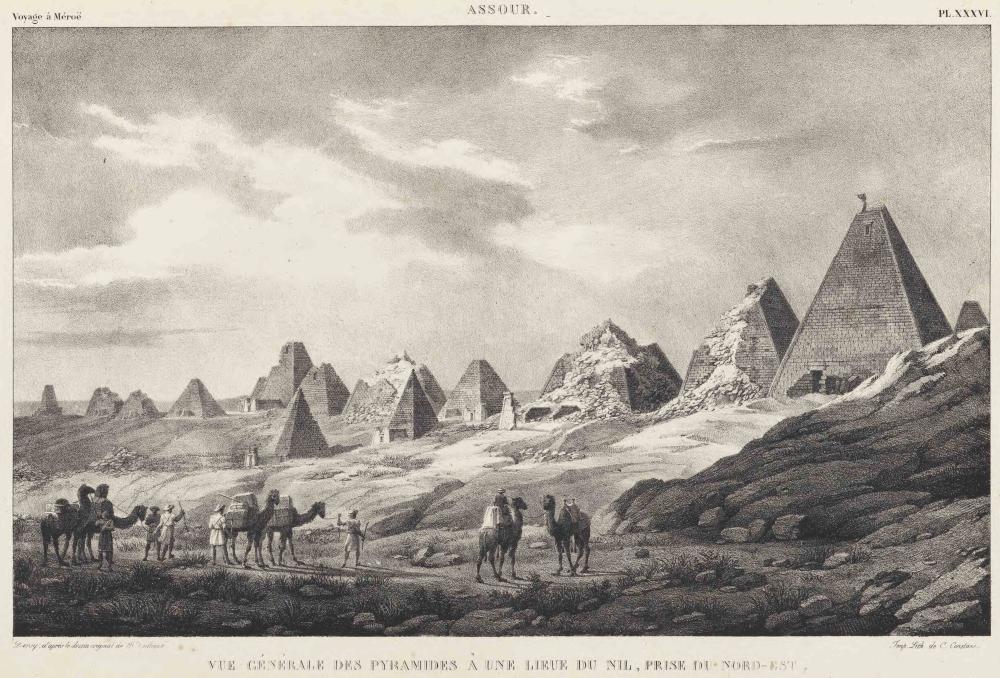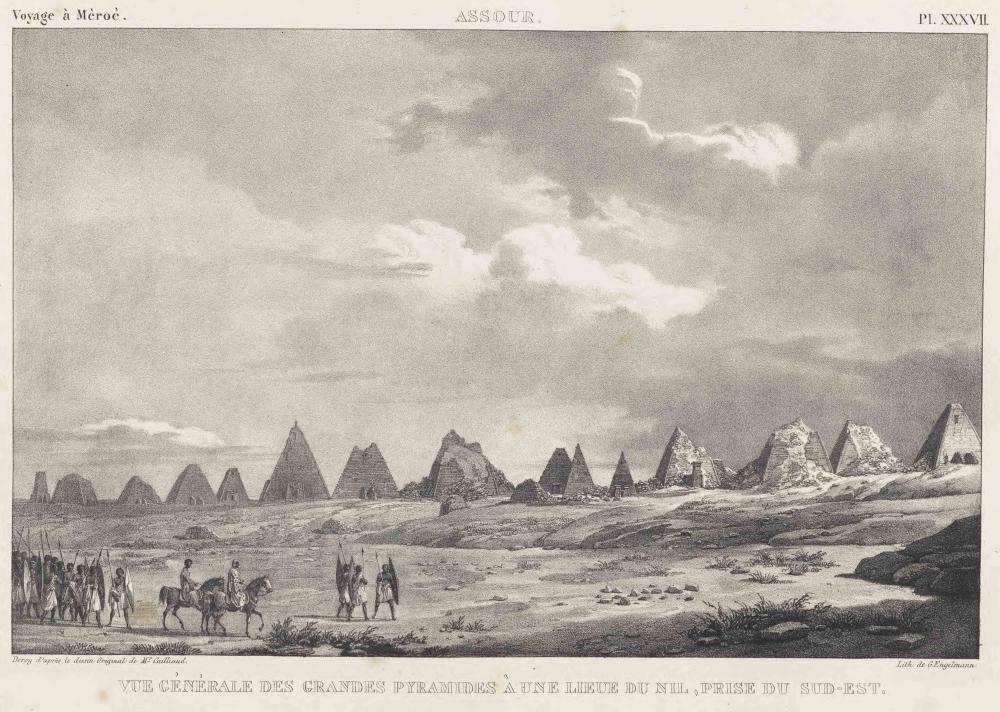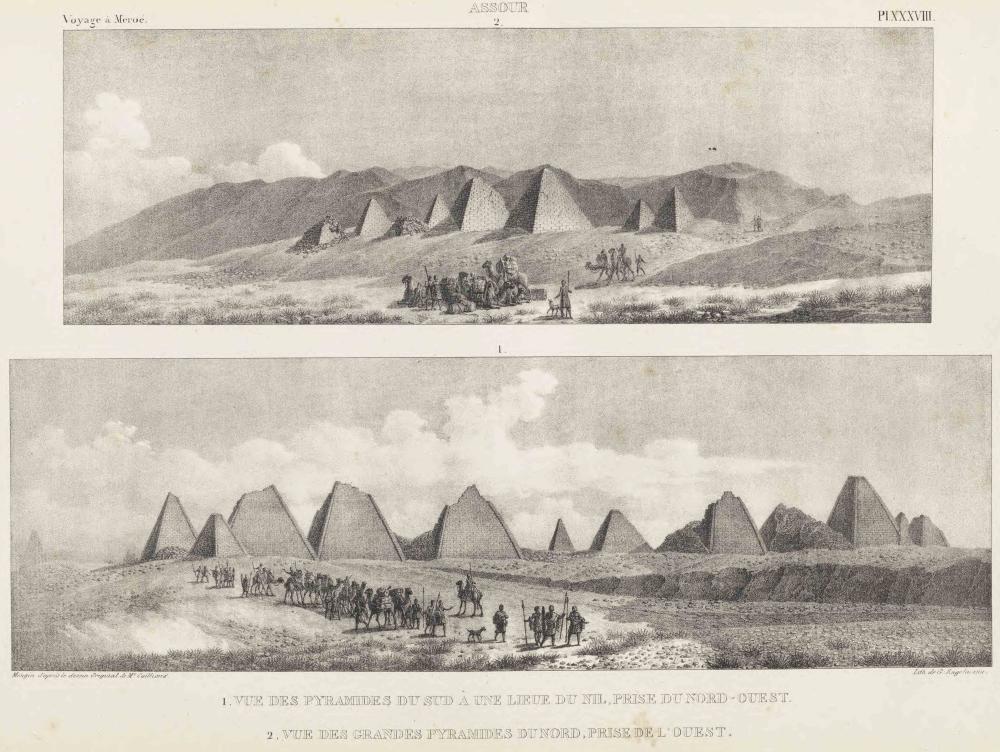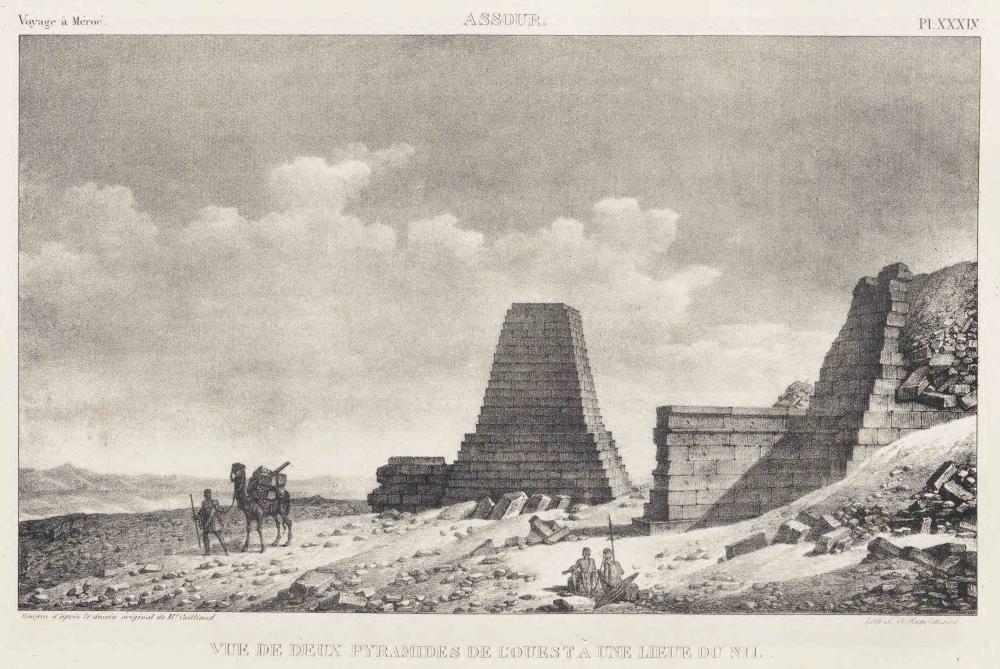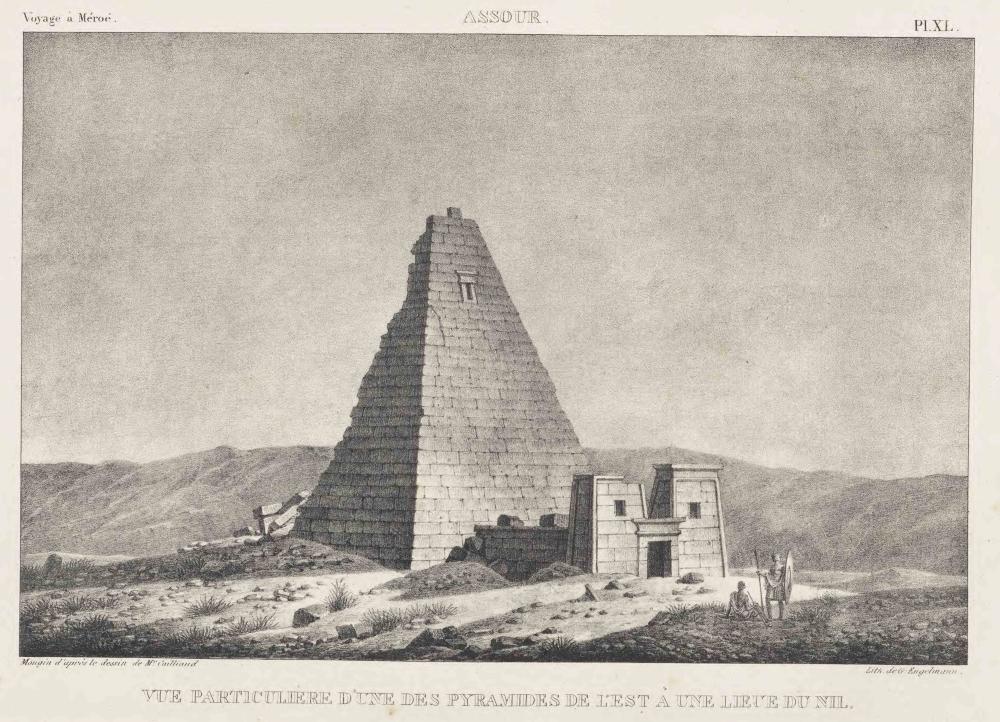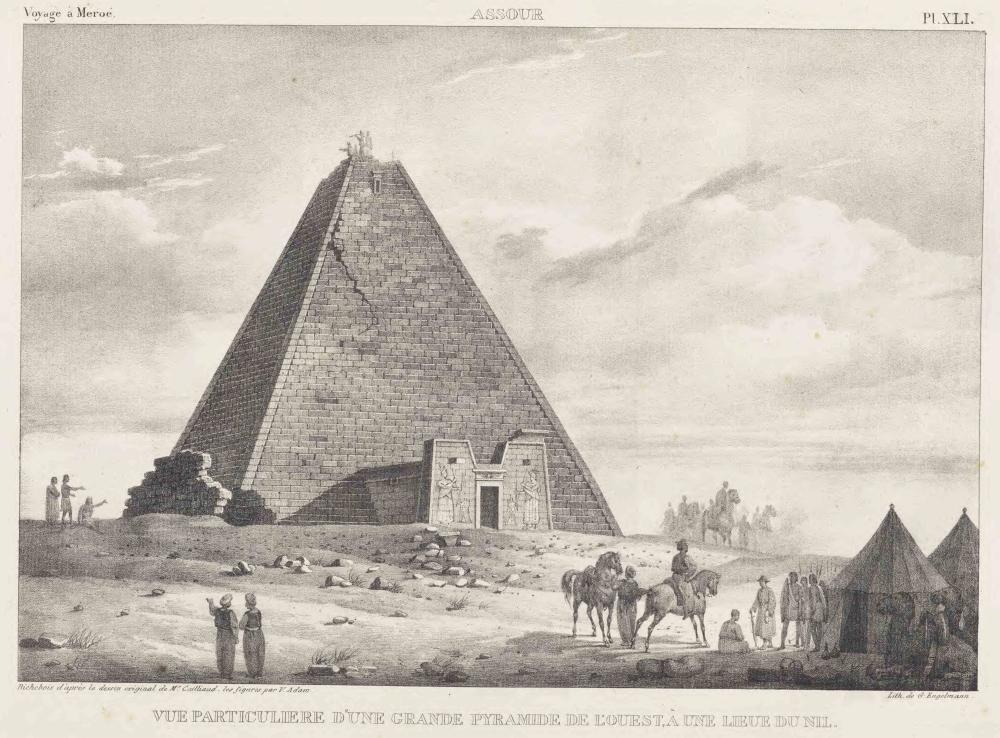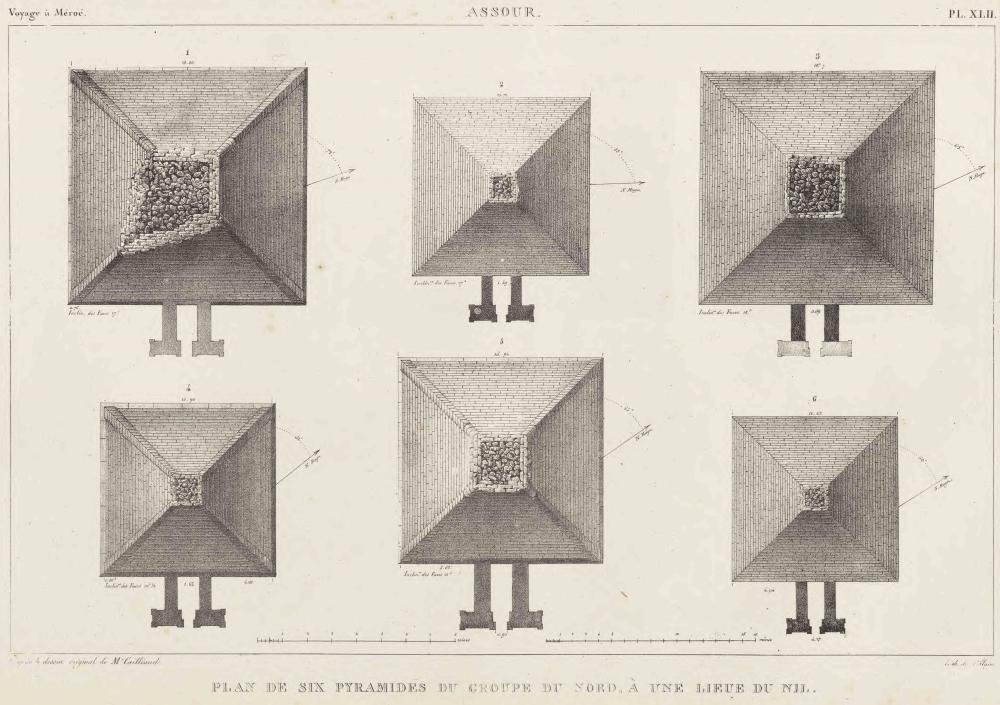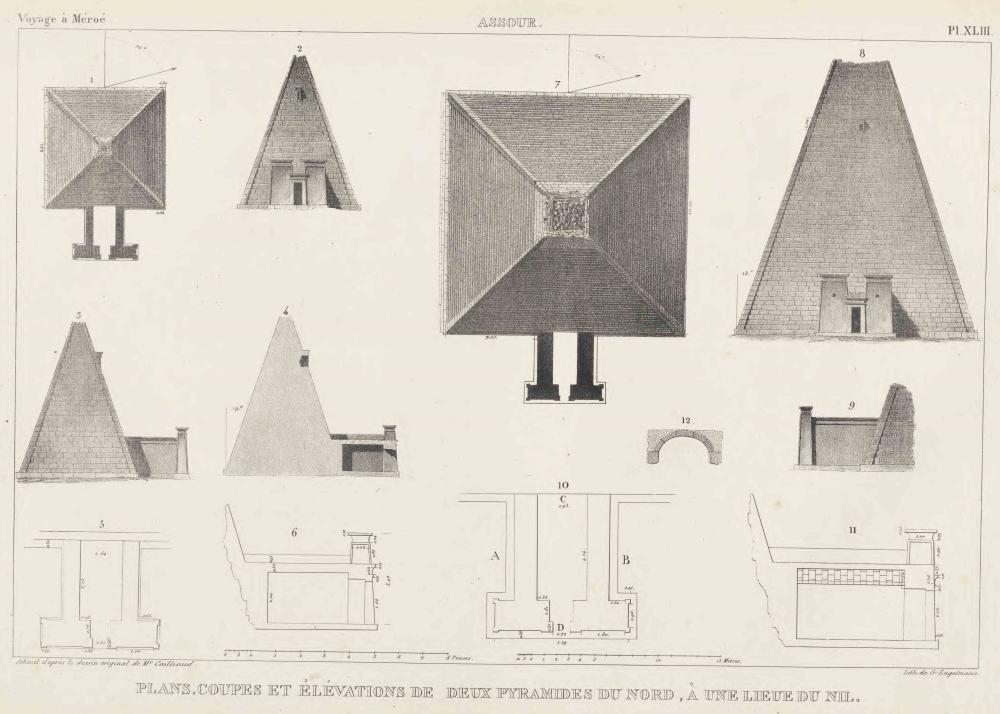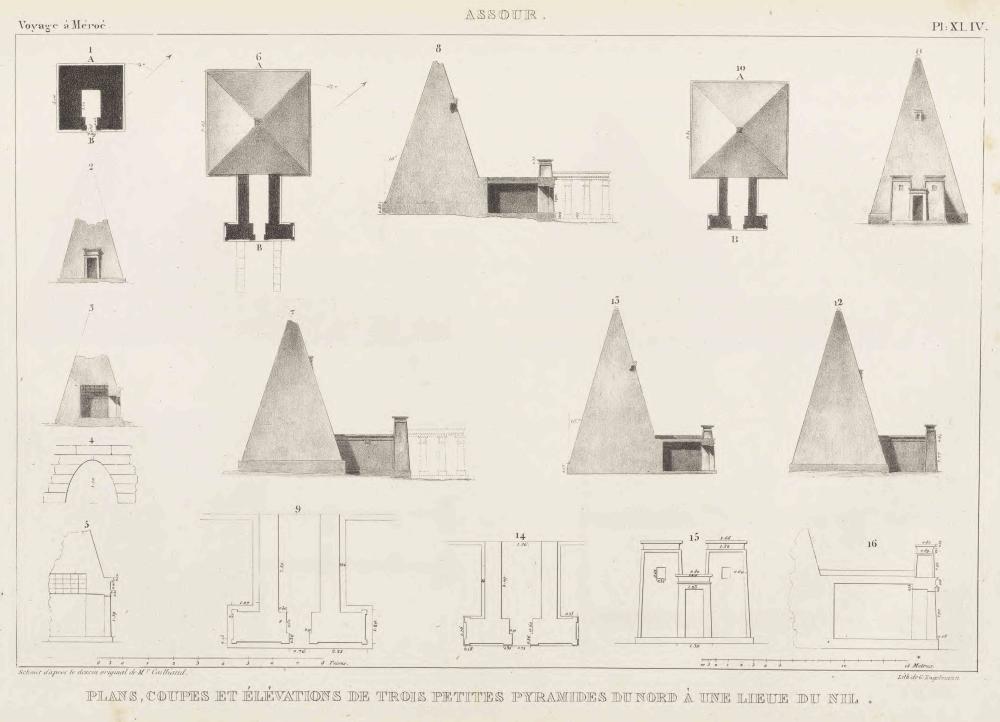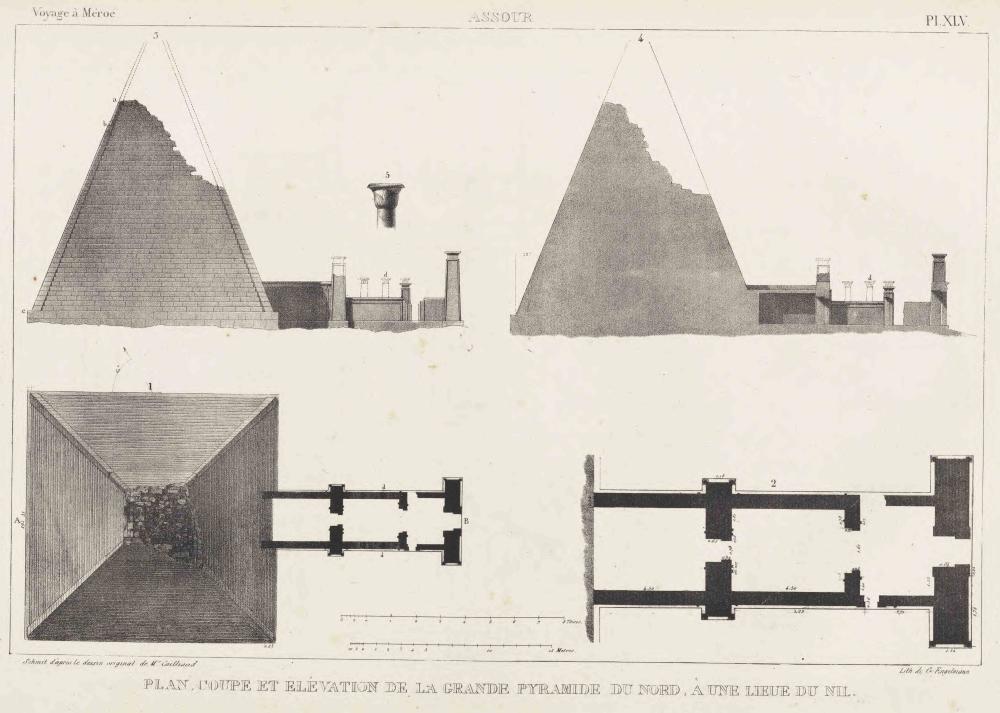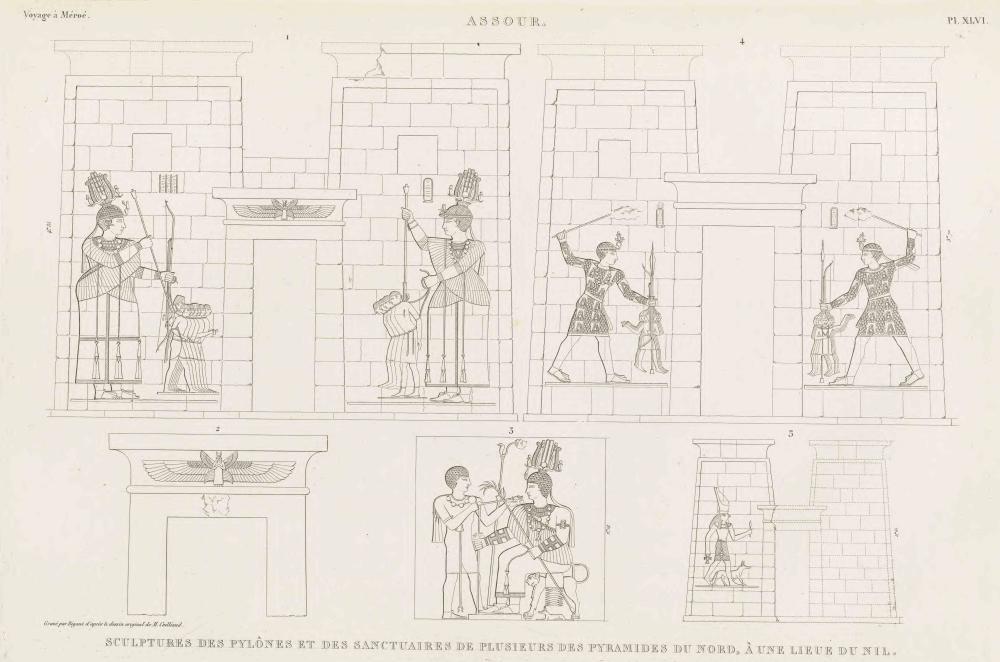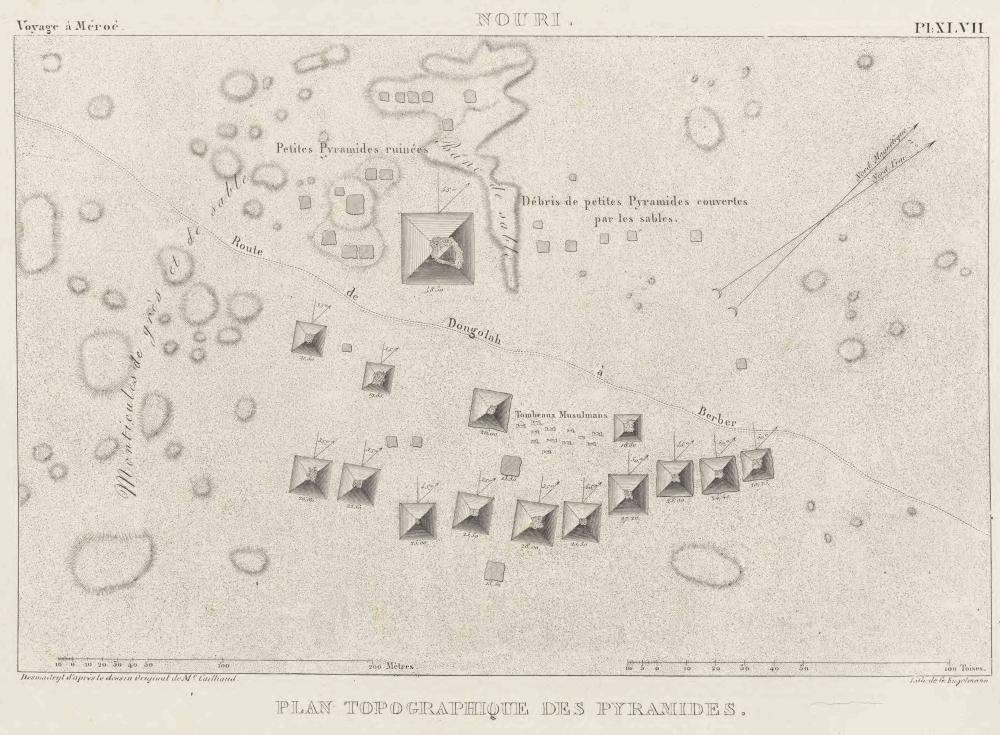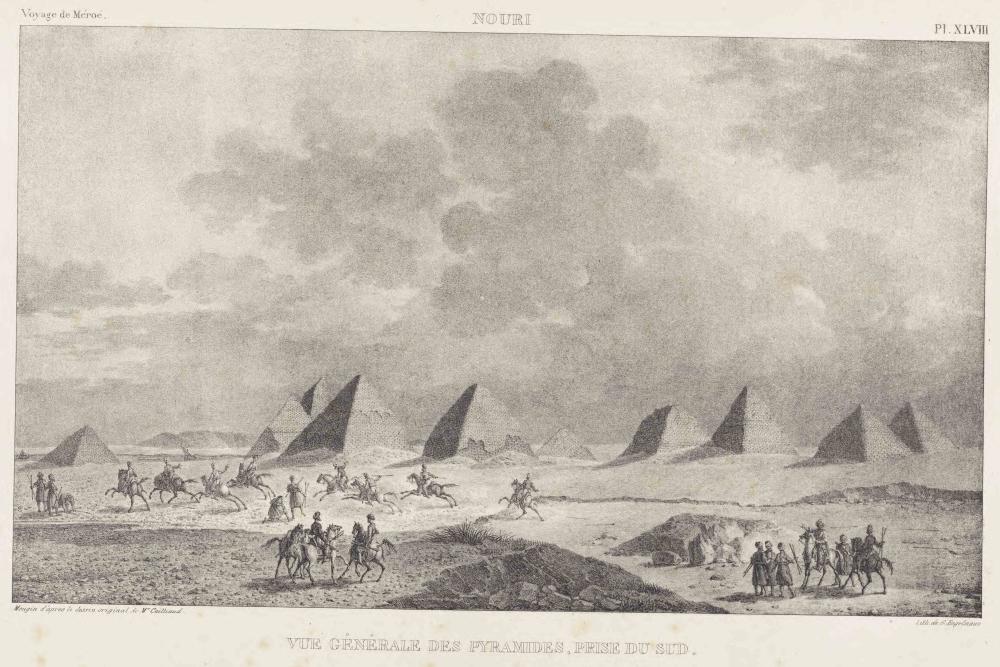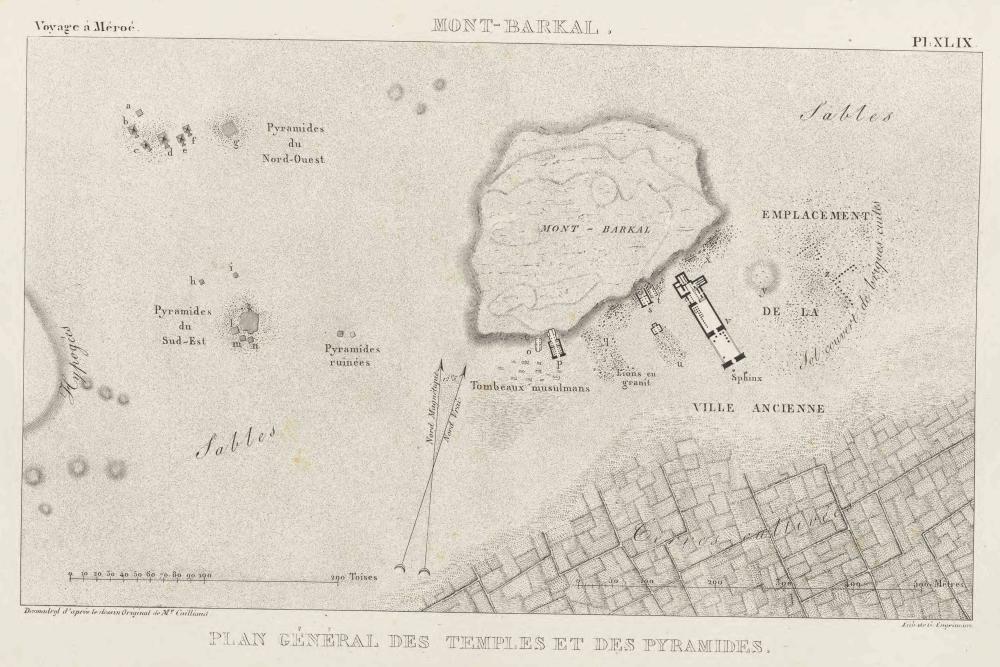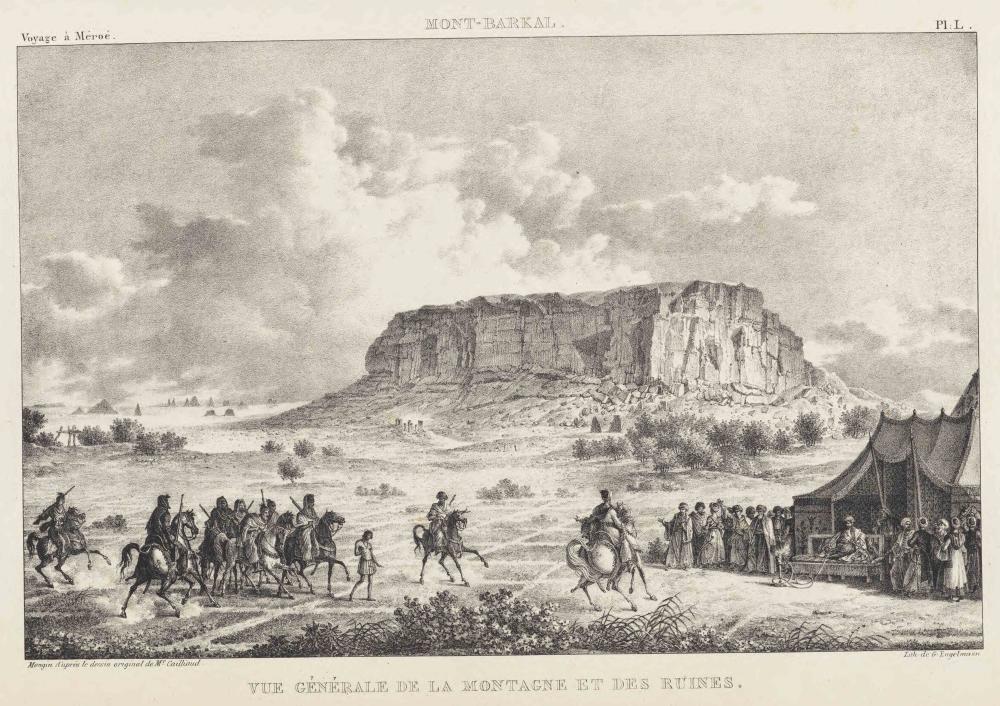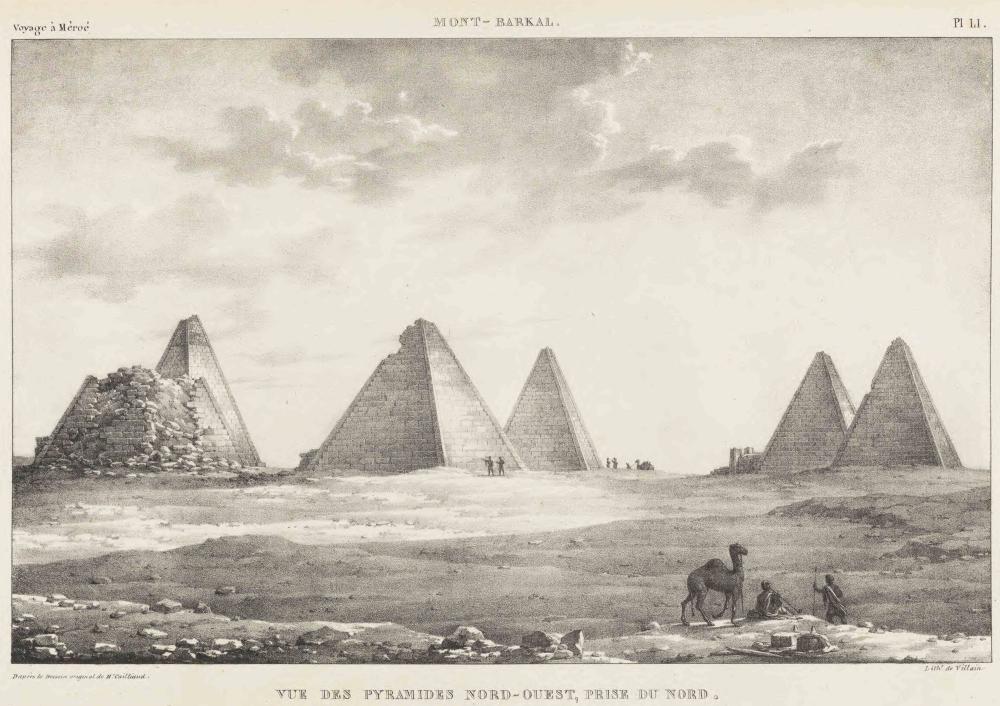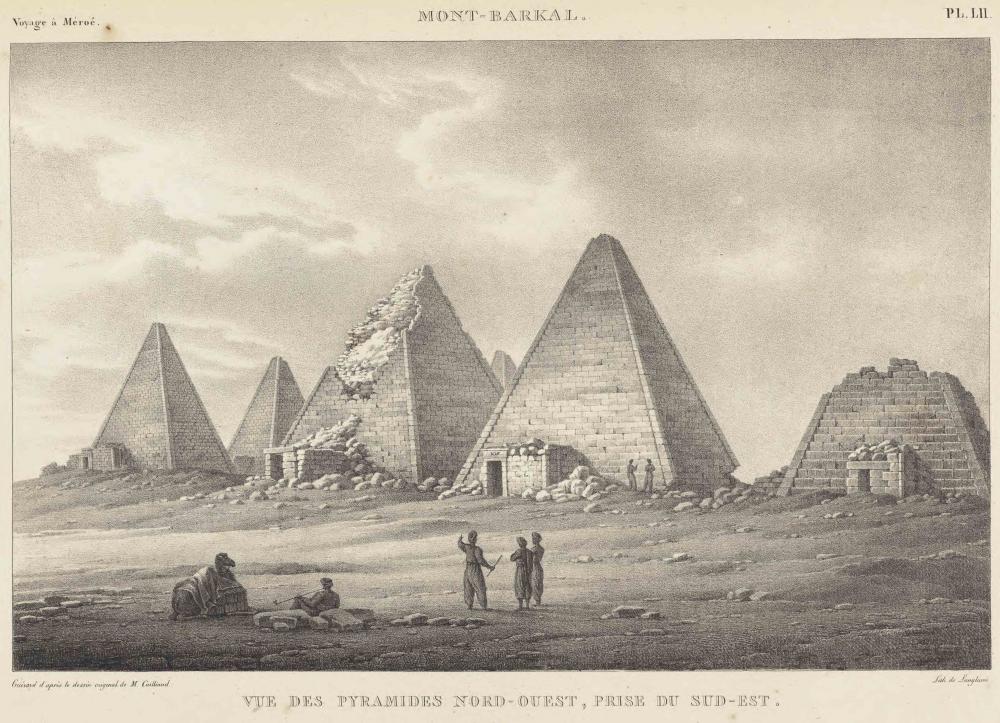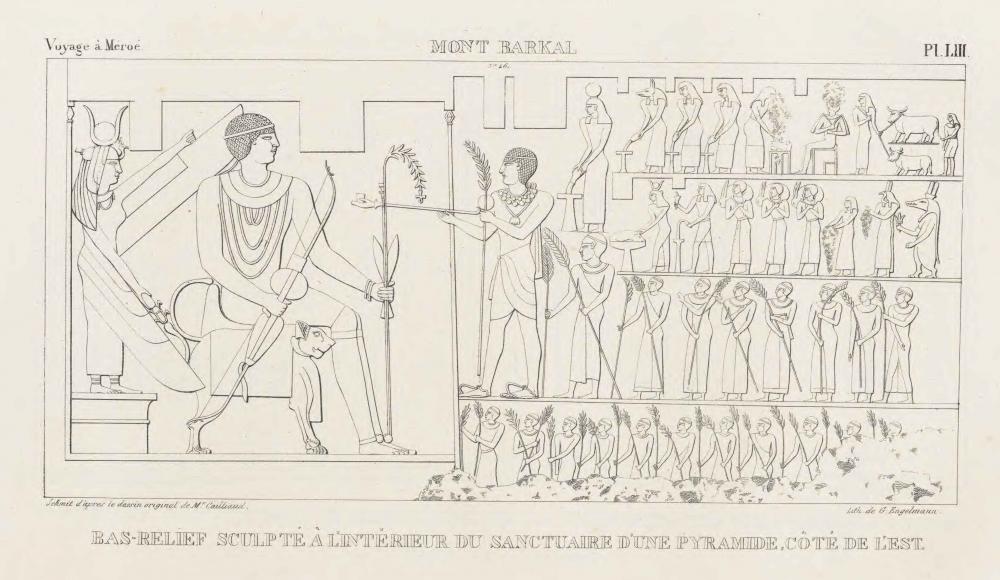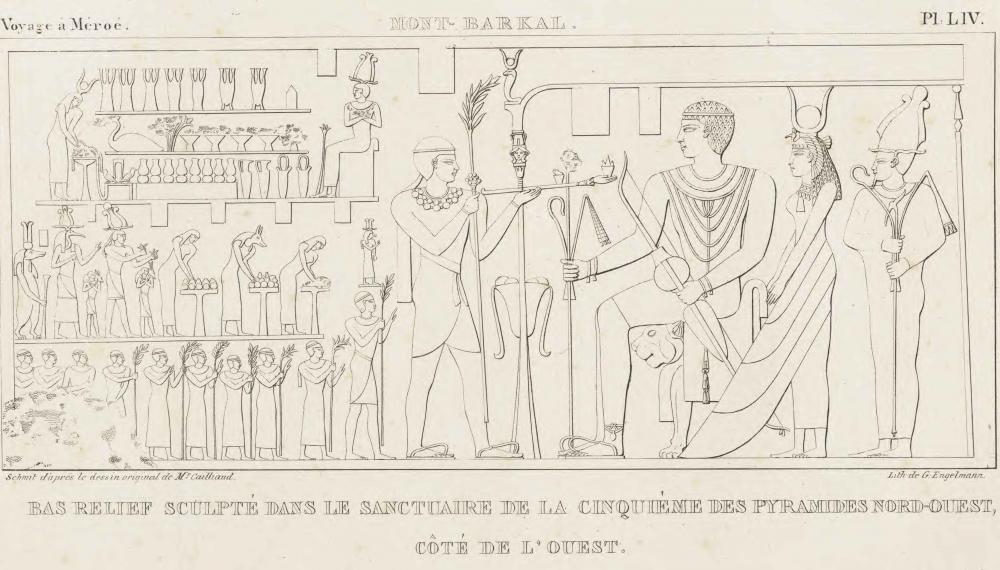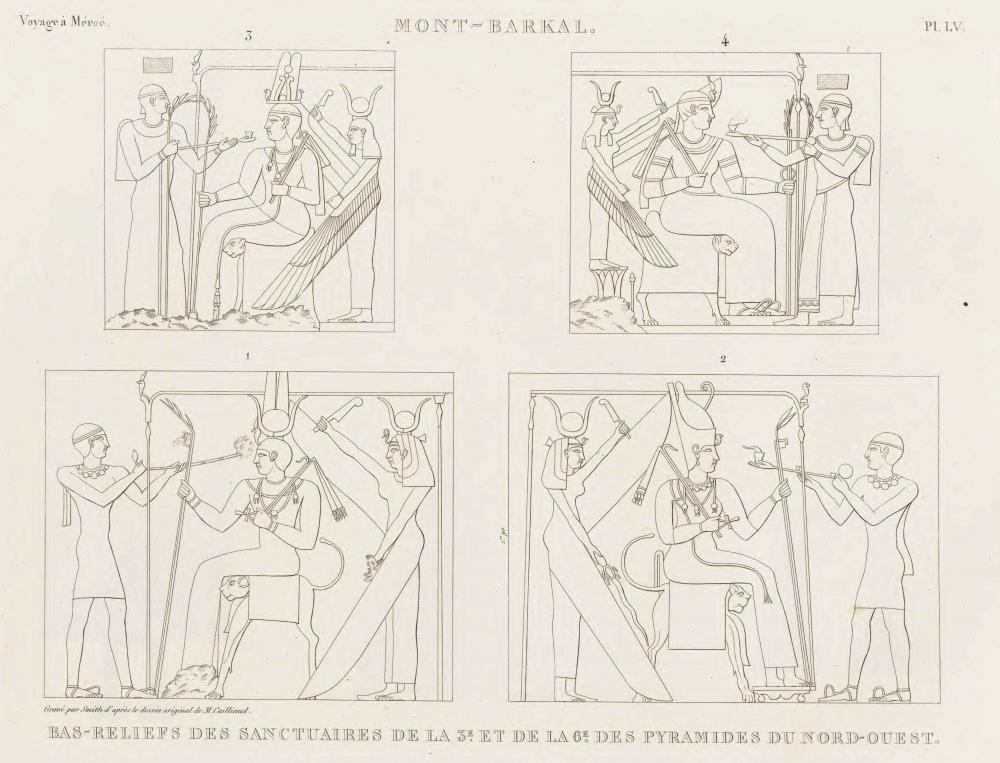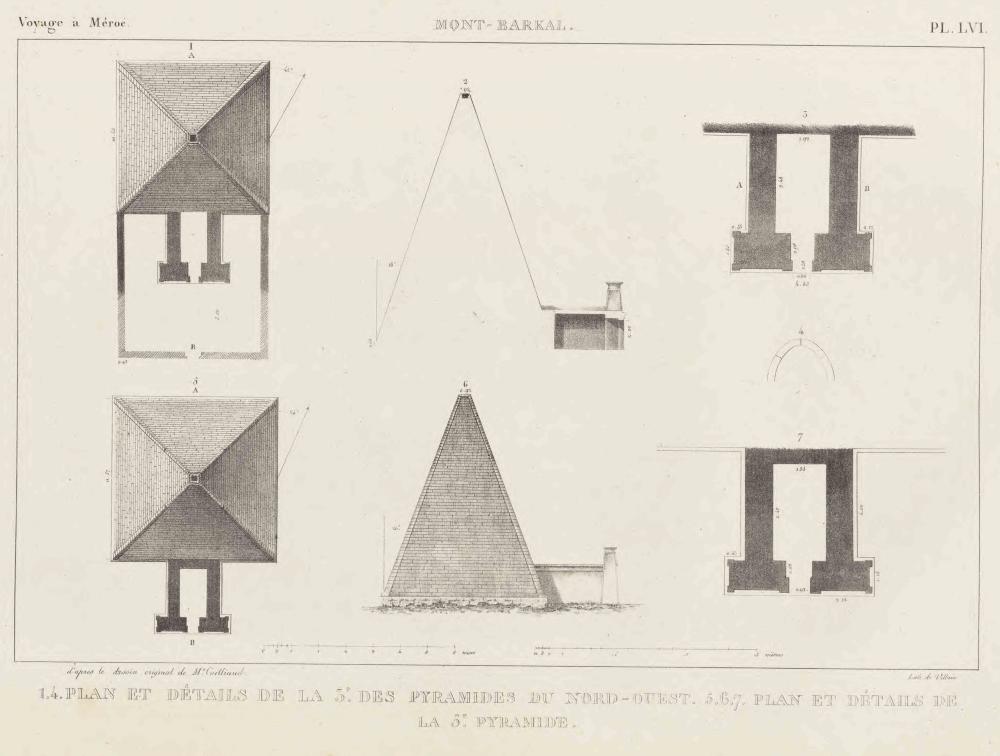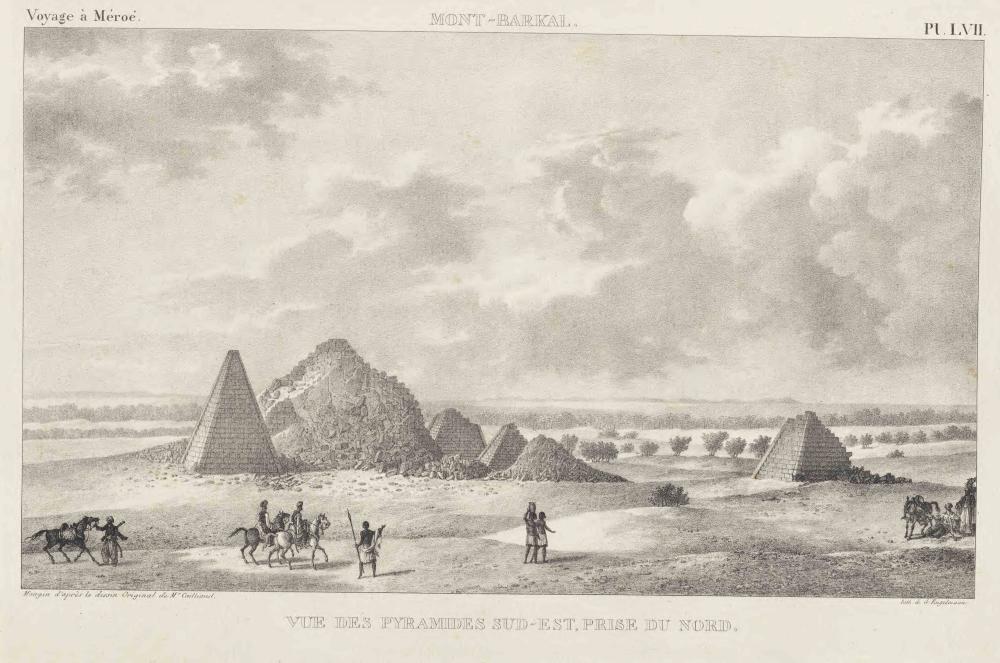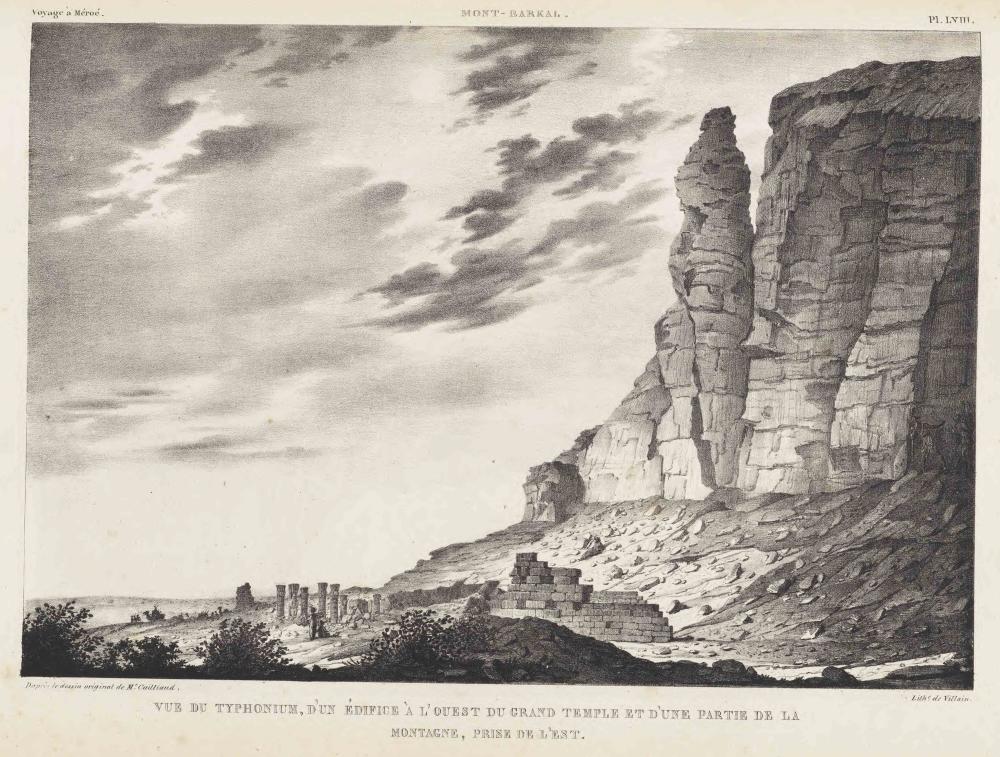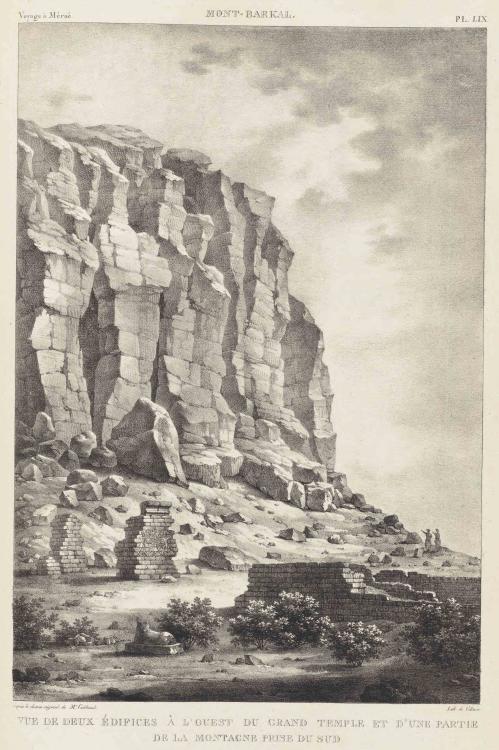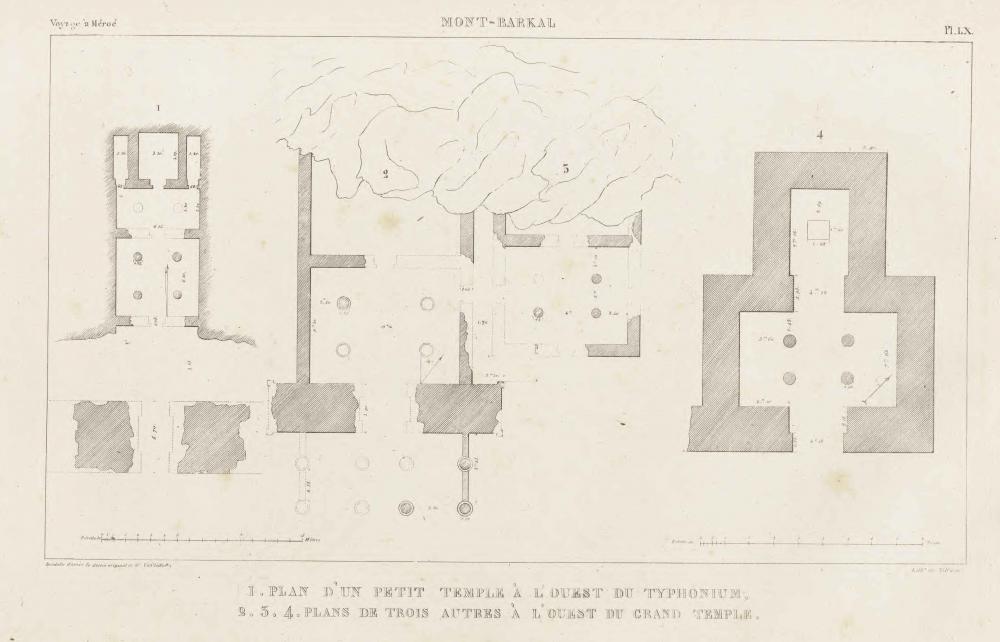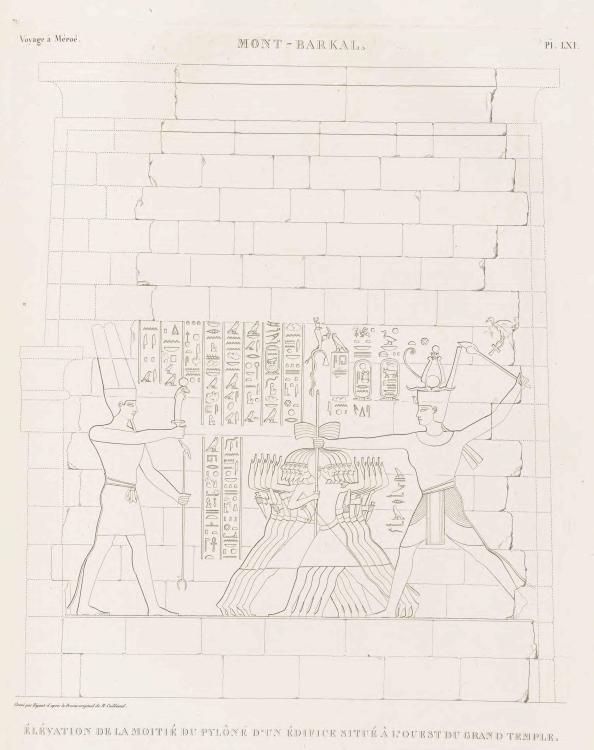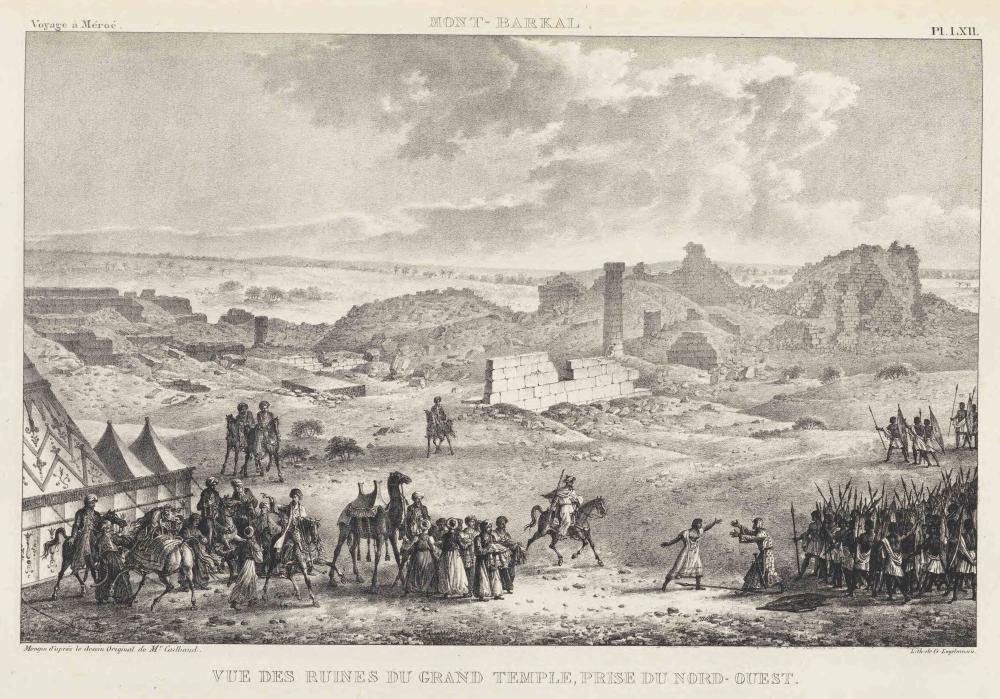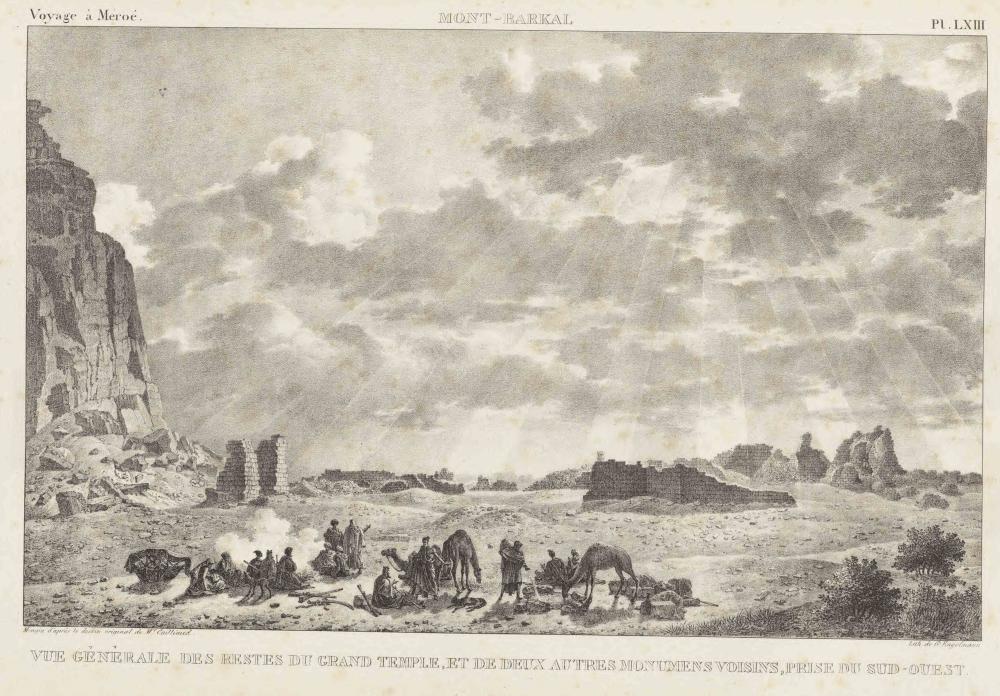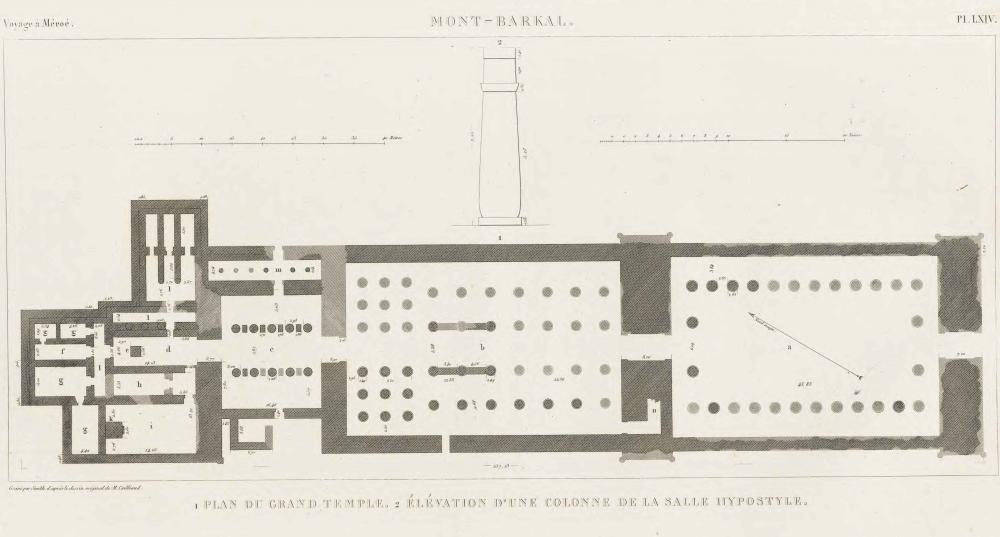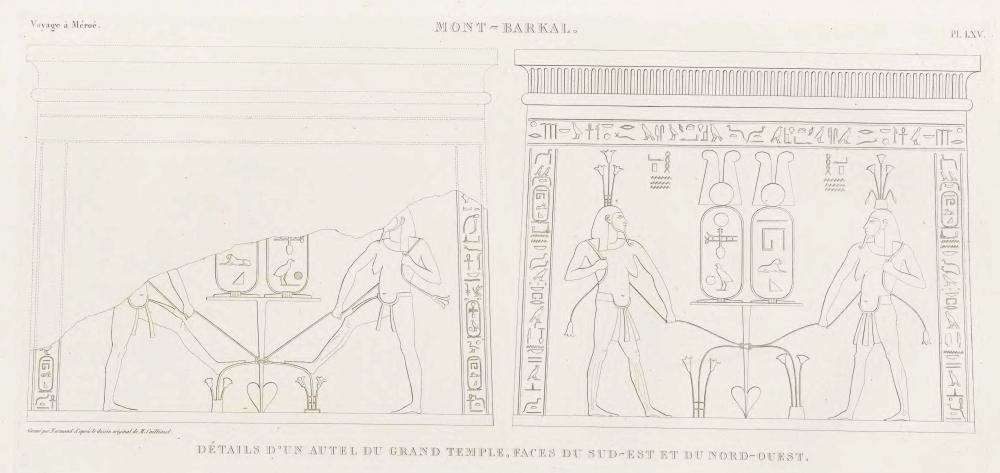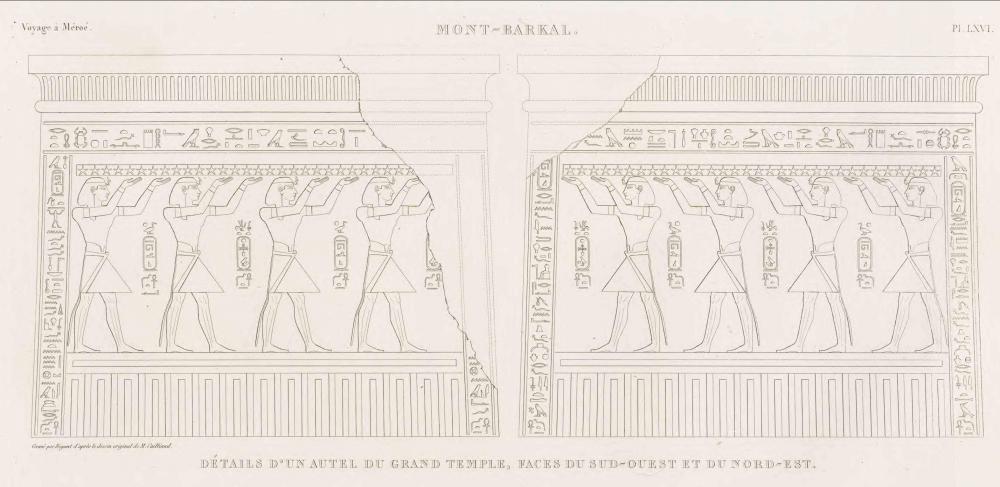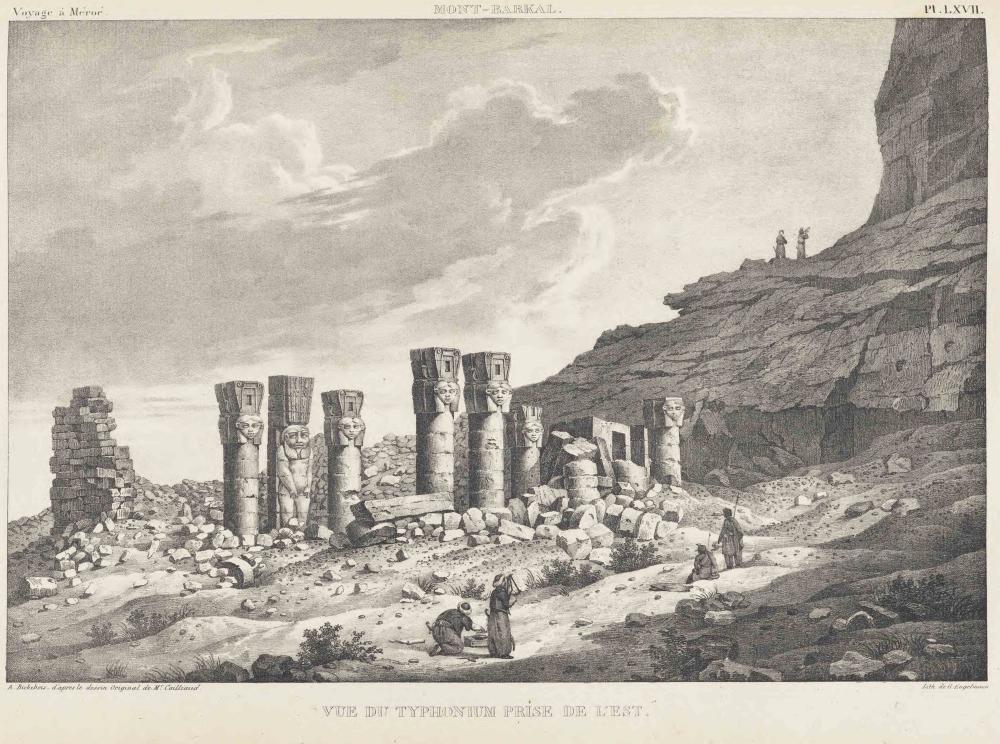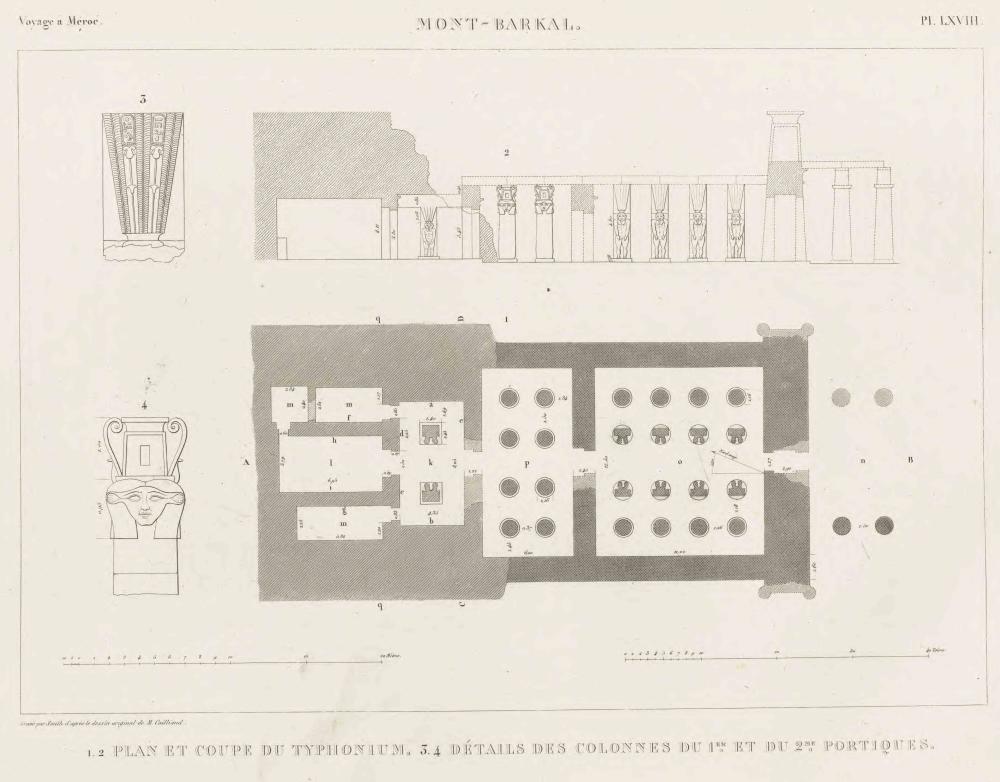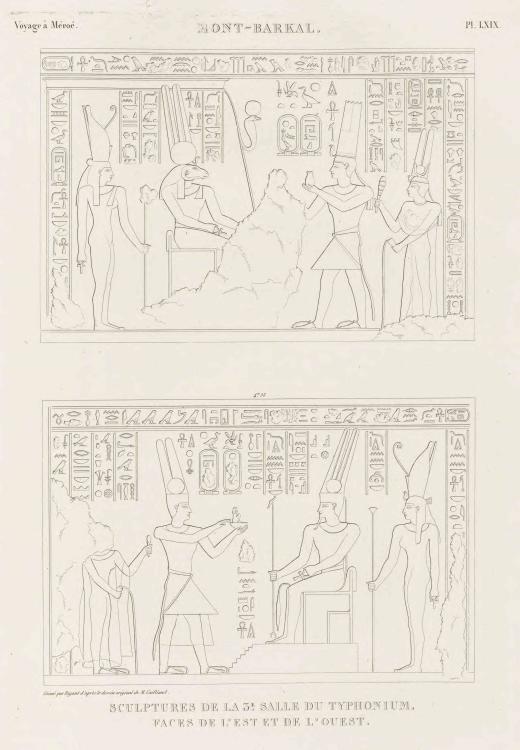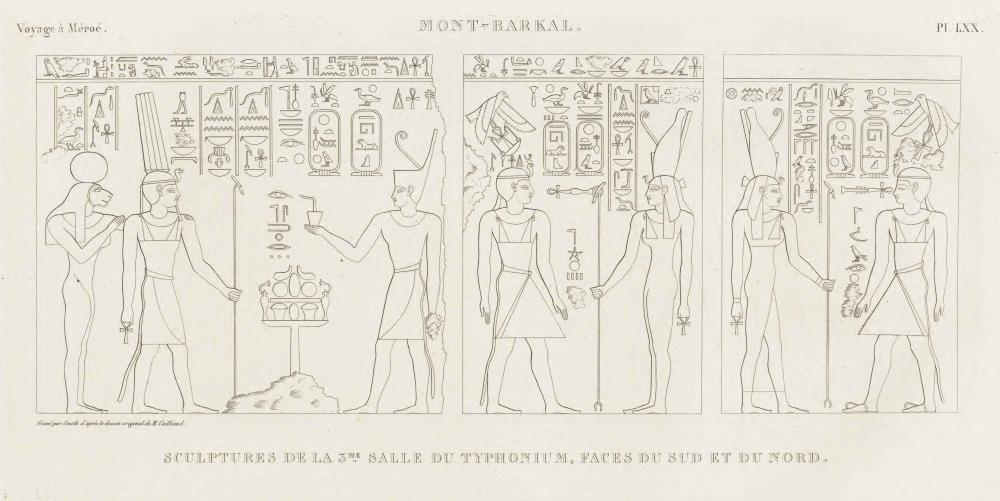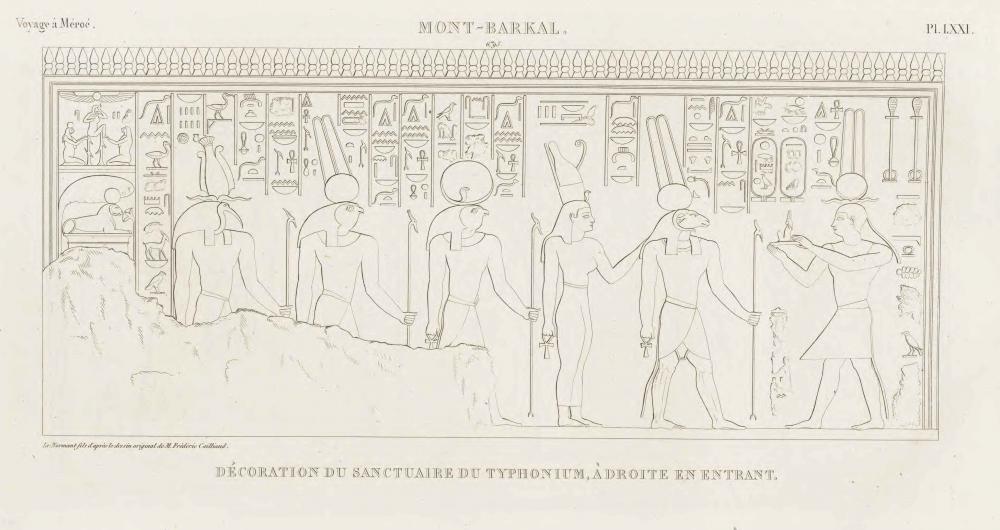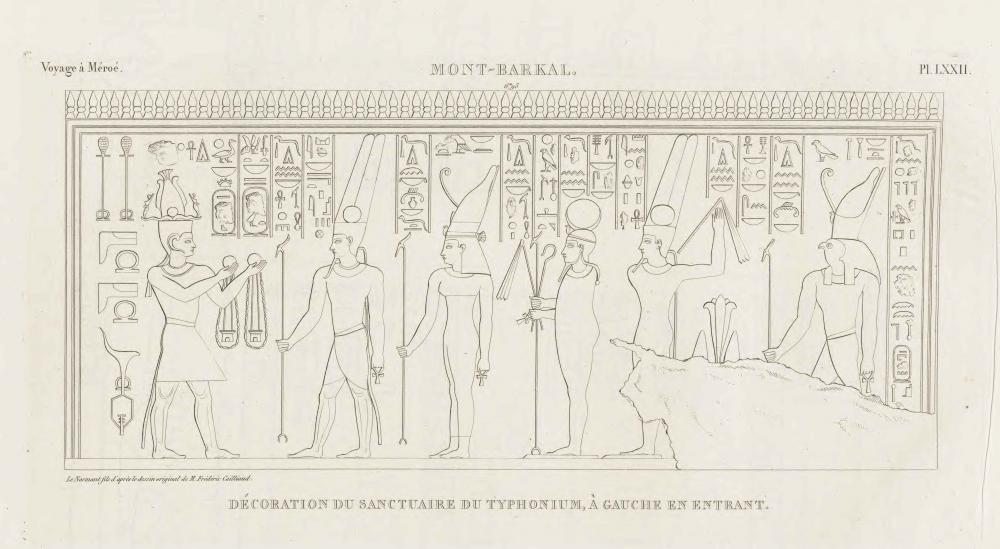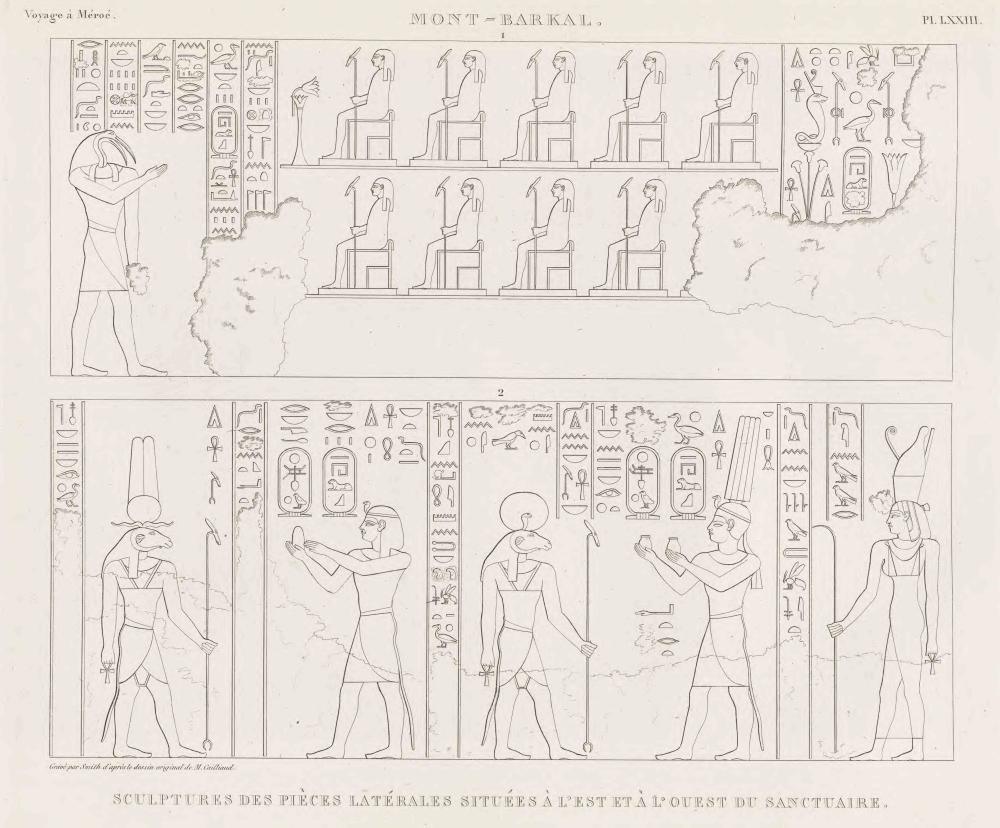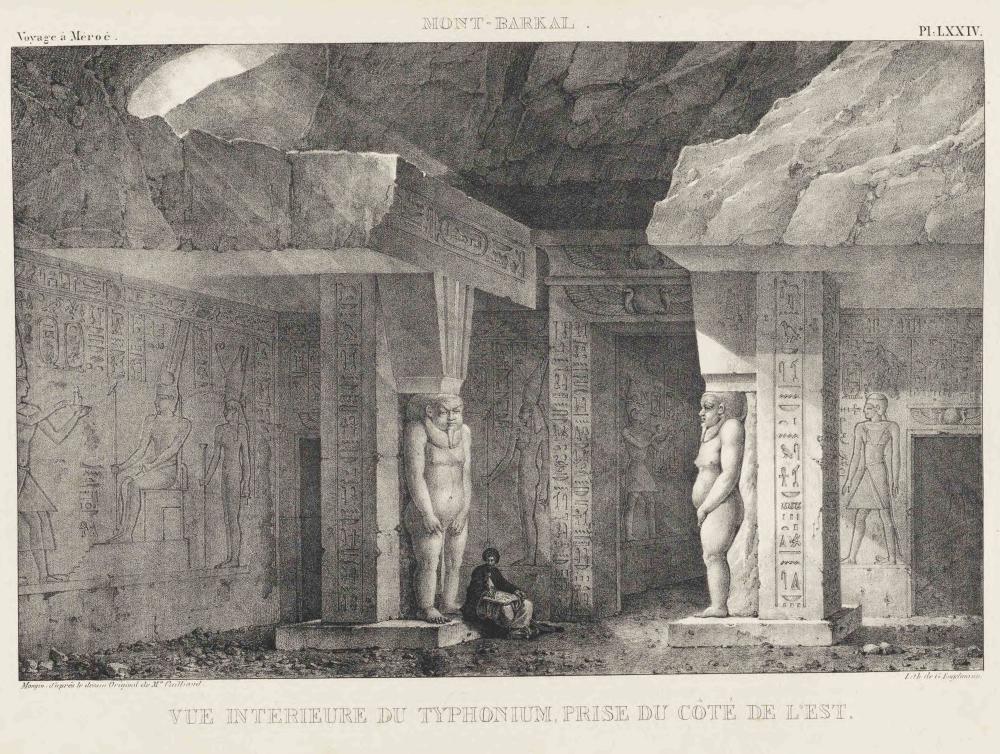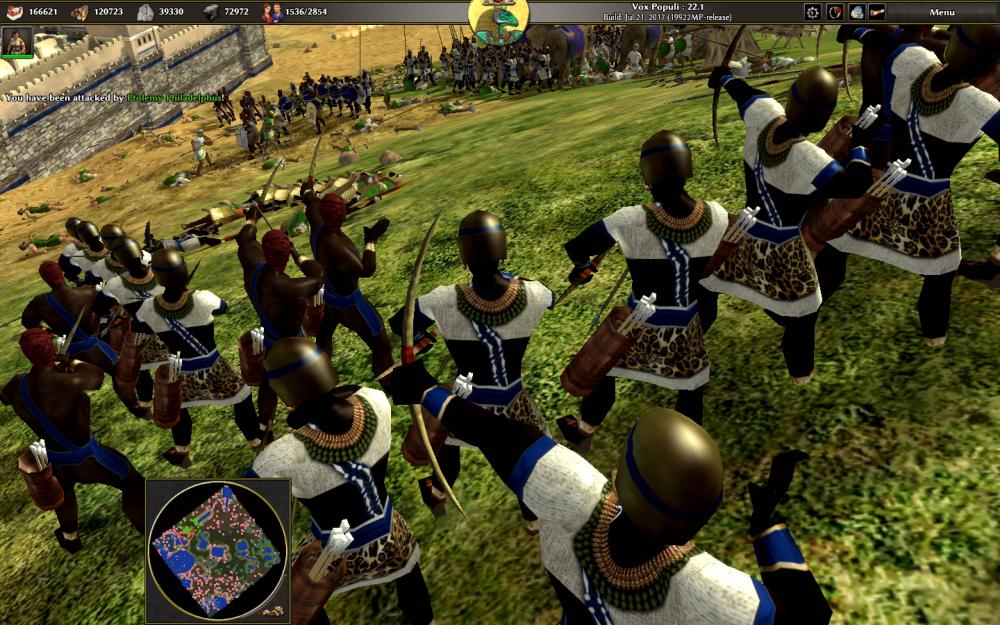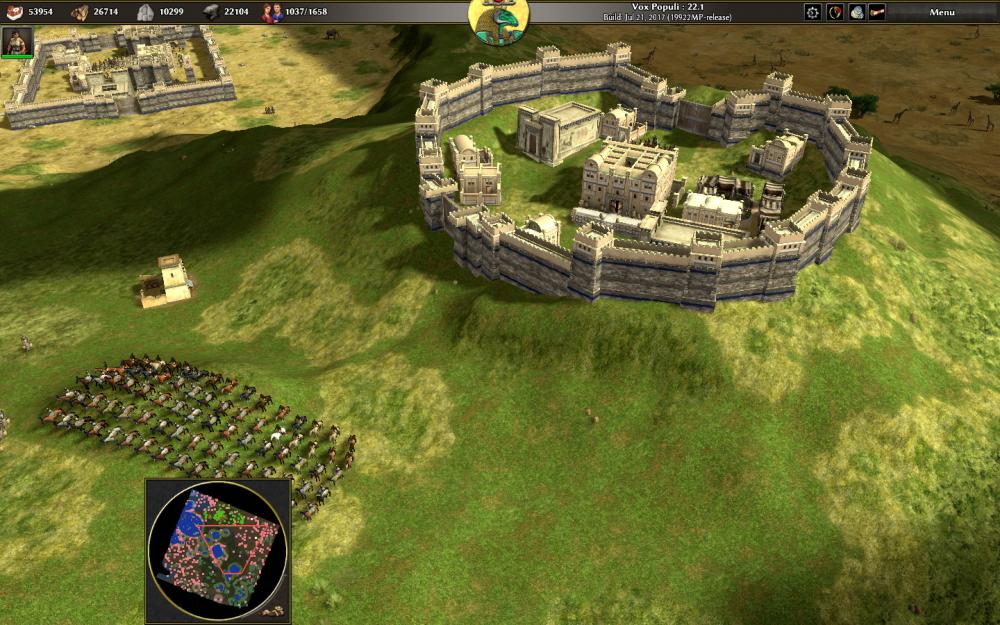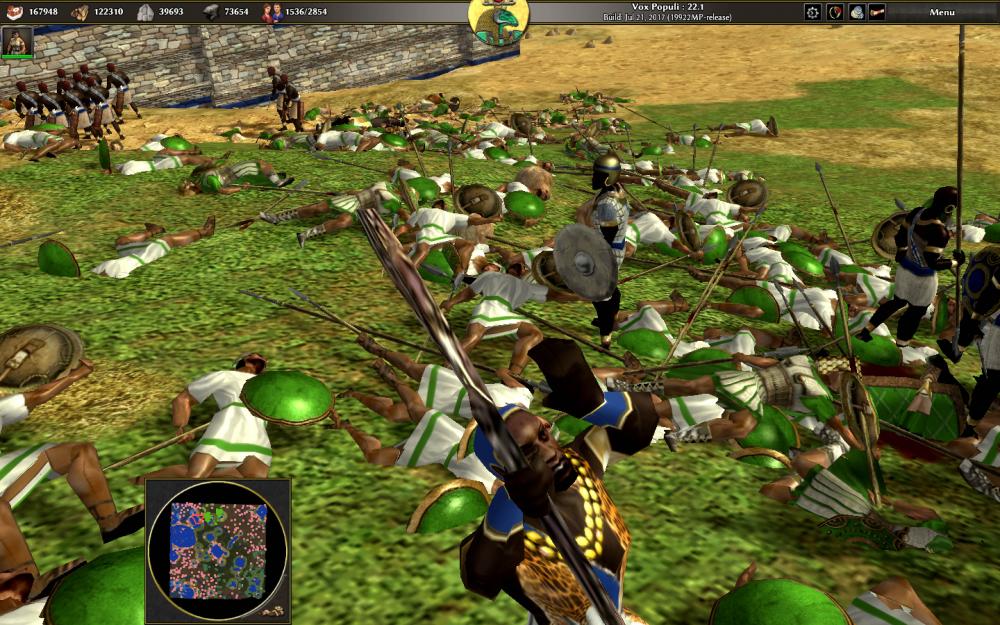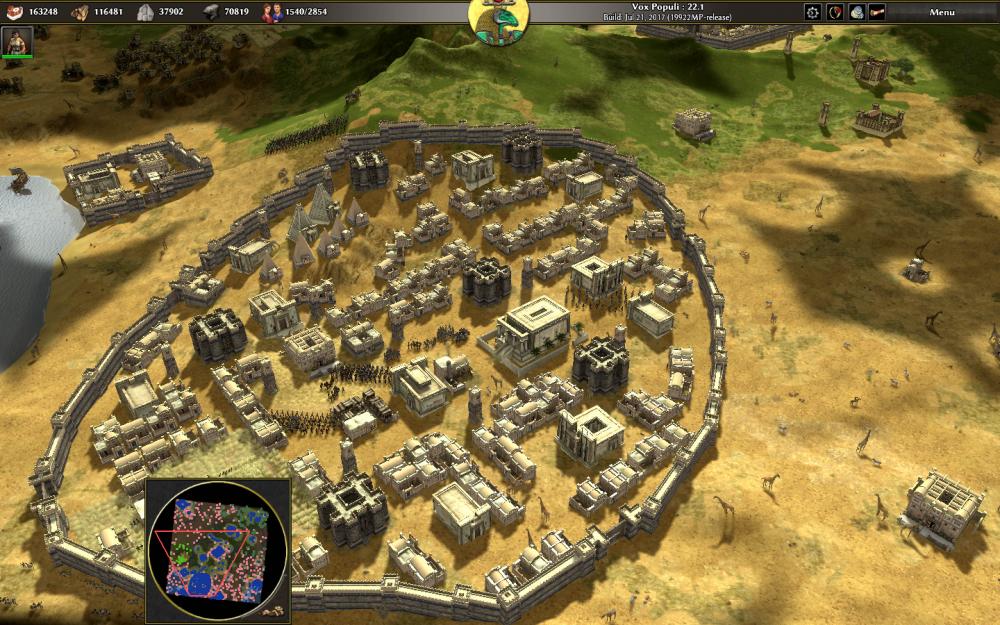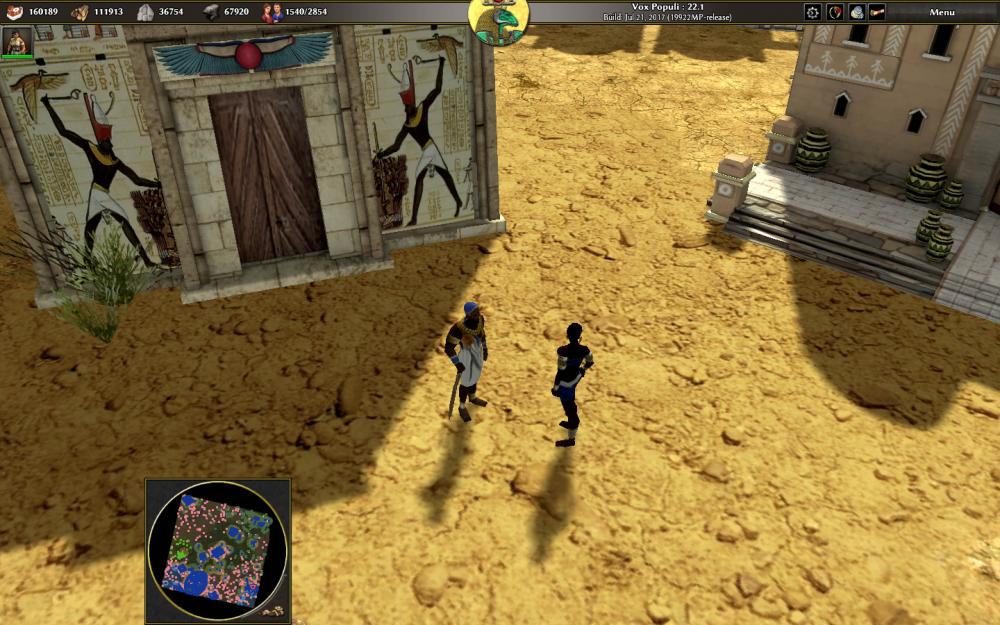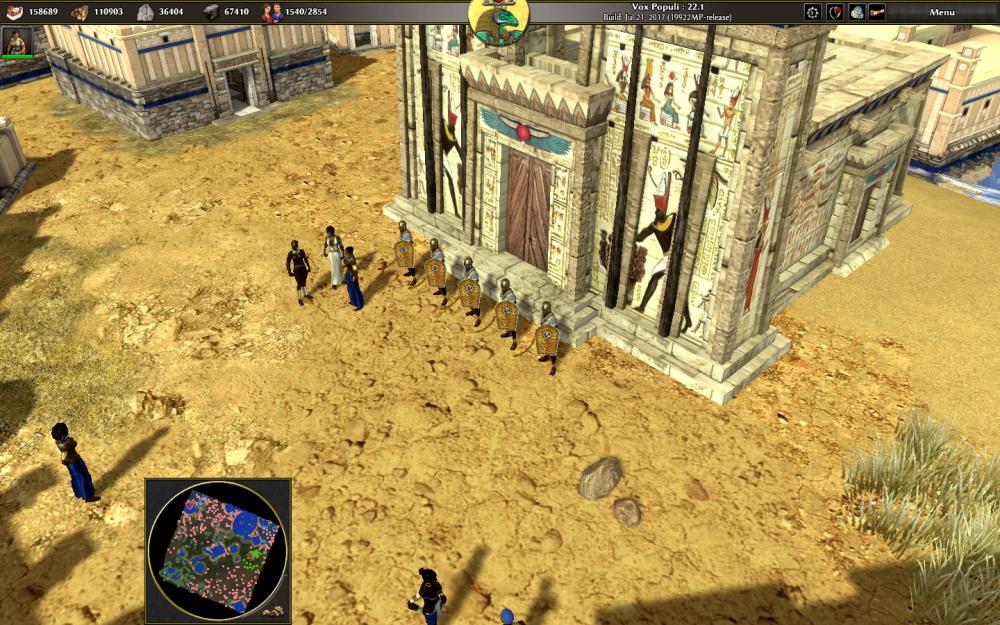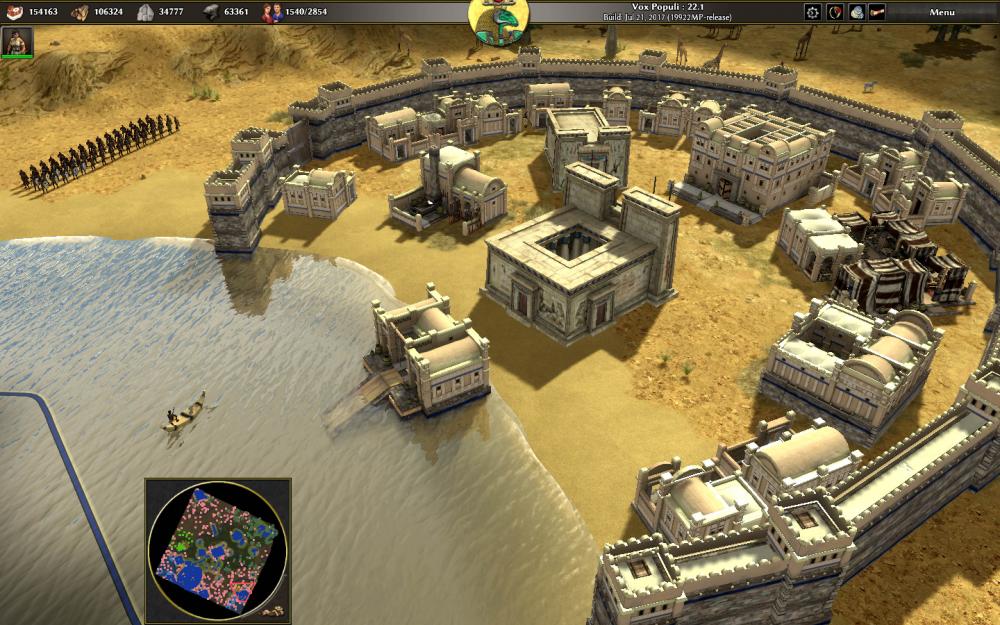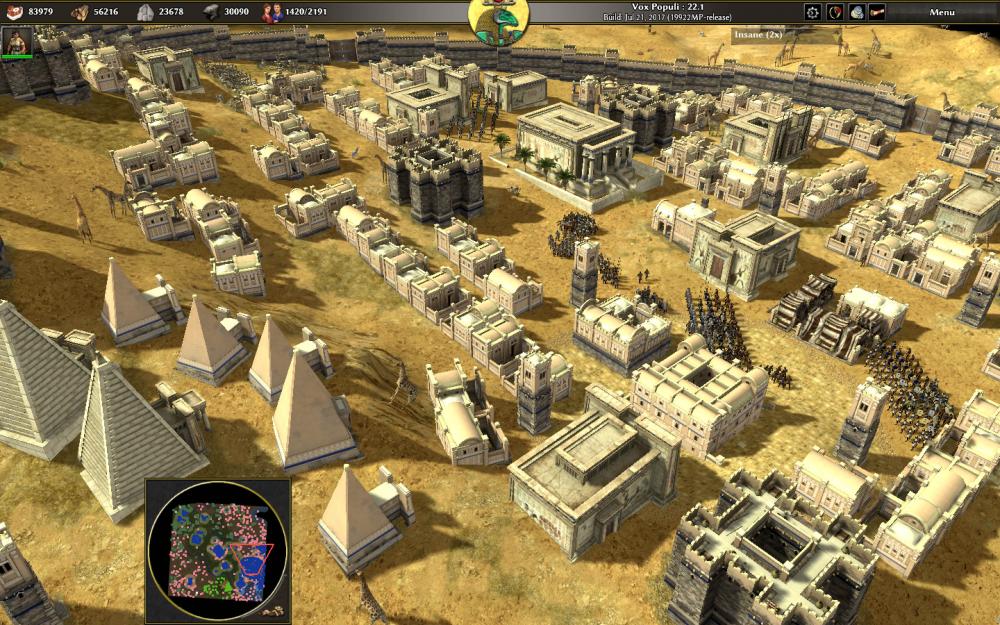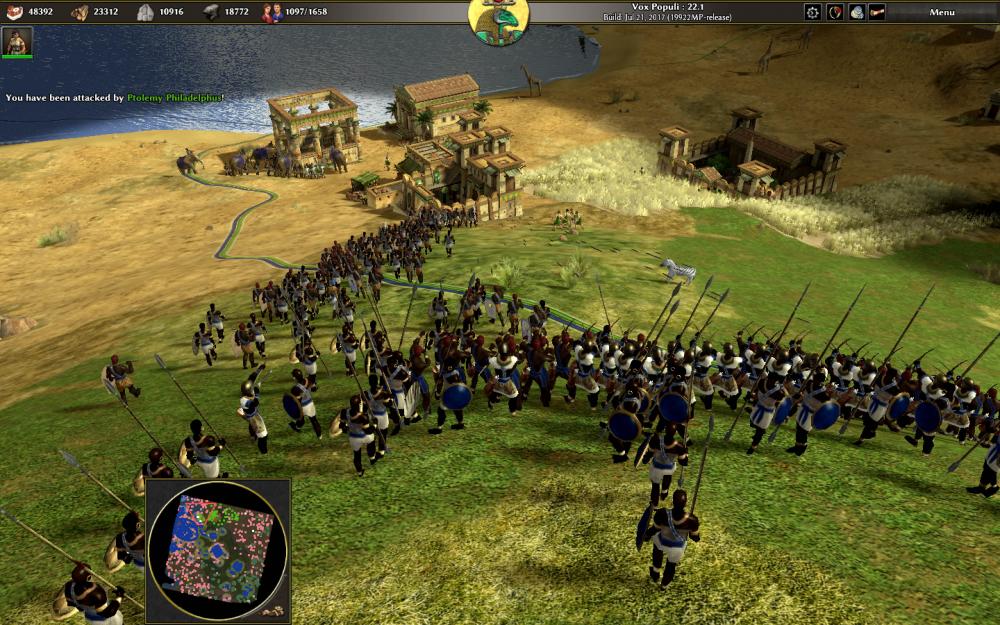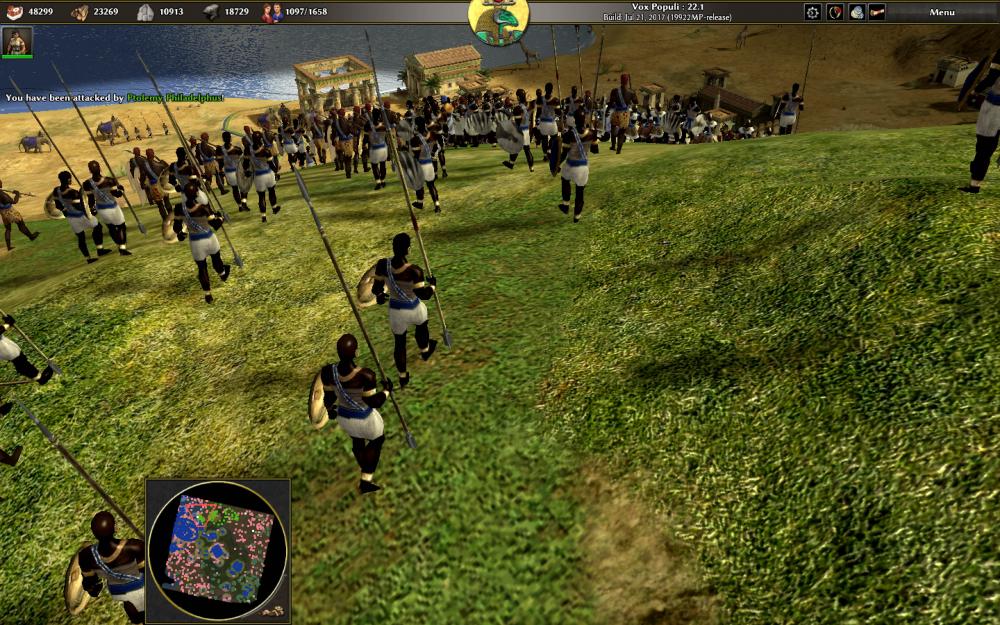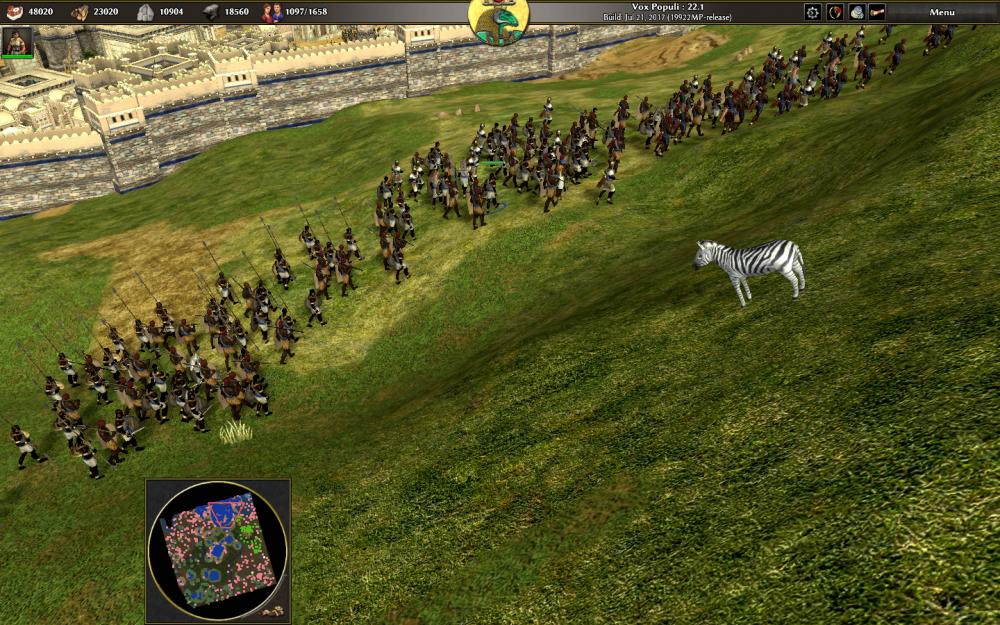Leaderboard
Popular Content
Showing content with the highest reputation on 2017-11-22 in Posts
-
3 points
-
@Alexandermb I'm loving the work you're doing. I have a few remarks though: Firstly, the old head does actually look better than the new one (horses have eyes looking to the sides, not the front) The main "issue" with your current animations is anatomical: the horse is missing it's chest. The chest is a pronounced feature of any horse. It's absence makes the model and animations look a little awkward. (perhaps this is a skeletal issue, horses front legs go underneath the body, not awkwardly blending in to its neck. Comparison: And finally a video that might help with the animations, especially, walk, trot and gallop:3 points
-
This was some of the back story of the 0 A.D. RPS (Rock Paper Scissors) Dynamics: Not sure if it is helpful at this point...2 points
-
Yeah, we didn't have stables as part of the design document because... the designers at the time didn't want to blatantly rip-off age-of-empires games. We were trying to simplify the flow of the game and focus more on unit-to-unit interactions instead of building buildings. Less city building feel - more tactical. The codes for the buildings were just shortened to keep file paths and references shorter. Less typing, less bytes... etc. Nothing magical2 points
-
The patch to fix all resource collisions of initial resources (with the exception of tiny stronghold maps) is about to be pushed. Collisions with iberian walls should be easy to deal with afterwards. There is D189 which will also be fixed soonish that will prevent sone mines in other stone mines. Trees outside of the reachable map area have been fixed in all cases I'm aware of in alpha 23. If there are other things than that (things placed on impassble mountains or cliffs), keep the replays coming.2 points
-
1 point
-
@Wijitmaker Thanks I'll definitely look at Dnas' work It's always nice to have you around1 point
-
Yeah (translation from French) this expo summarizes 40 years of archeologic work in present Sudan of which ten led by the guy on the vid (Matthieu Honegger). Guys thanks! they have incredibly "living" (my feeling) pieces in there The mummie is actually a Nubian archer! he was buried on a Buffalo leather with his two bows! Also they say the videos at their expo focuse on showing off how life actually went on in « Nubia » from the earliest settlements to (and incl.) Kerma arround 2k BC.1 point
-
Dnas made a lot of the helmets. For those that have access to this archived forum - see here: https://wildfiregames.com/forum/index.php?/forum/177-dnas/ Looking good guys1 point
-
Recently, 0 A.D. developers have been making strides in improving the game's graphics quality. We have added normal maps, parallax, ambient occlusion, trees that sway gently in the wind - all of which were included in Alpha 11. For Alpha 12, we have added waterfalls (animated textures), post processing effects like bloom and distance fog, and some nice water improvements like realistic water color, waves, and foam along the coastlines. These new features have been added mostly thanks to the hard work of two new developers: myconid and wraitii. We have ideas for further improvements we want to make, both new graphics features as well as improving performance along the way. However there are some shortcomings in how the game's graphics engine is structured, which could make further improvements very difficult or impossible. We have always considered it important to support as many users as possible. For that reason, as we've added these shiny new features, we have been careful not to break old hardware that uses something called the fixed function pipeline. That was what graphics cards used before shaders, which are a much more flexible and powerful technique. Many features of the game are significantly harder or impossible to implement with fixed functions, including shadows and particles, so it has remained a relatively low quality view of the game. Even though fixed render path looks simpler, it actually has worse performance on most shader-capable hardware (2003-04's GeForce FX series being a rare exception). Since about 2003, there has been growing support for shaders in new computers and graphics cards. When 0 A.D. first started, shaders were not planned and only a few users could boast such high-end graphics cards. But over time, fewer and fewer of our users have the old pre-shader hardware, while we've added better and newer graphics features. It has gotten to the point (since 2008) where on newer computers and drivers, the old fixed function pipeline is deprecated or removed. It has been proposed that maintaining the old fixed function support is too much work going forward, for too little benefit. There has been serious discussion of heavily updating the graphics engine, which will require pulling out all the fixed function code. If we choose to continue supporting old ~2003 hardware, it means we have to add another layer which complicates the design and maintenance of the game. It has become difficult to justify this extra work, given how few of our users play the game with such old hardware. Our best estimate is only a few percent of them would find the game playable, of all users since we began collecting user report data in early 2011. Keep in mind that fixed render path has no benefit to "new" computers, while the tradeoffs of keeping it are: less progress in improving how the game looks, increased maintenance of the game going forward, and potentially less performance enhancements. The only reason to keep fixed function support is for the few users who benefit from it. The affected graphics hardware would mostly be: GeForce FX/5000 or older (including GeForce2, 3, 4 series), GeForce FX Go 5 or earlier [1] ATI Radeon R200 or older (2003's Radeon 9250 or earlier), any ATI Rage cards, Mobility Radeon 9500 or older [2] Intel GMA 900/950 or Extreme Graphics [3] Low-end cards from other vendors (SiS, S3, etc.) Possibly newer cards with buggy or missing drivers So we'd like to hear from the community. Do you play 0 A.D. with one of those old pre-shader graphics cards? Are you using fixed render path by choice? Do you feel it's important that 0 A.D. support very old (10 years) hardware, why or why not?1 point
-
@elexis Yes, my friends, I did. I got them. Thank you very much, my friend. Thank you again. simulation.dat metadata.json1 point
-
Rename savegame-0004.0adsave to savegame-0004.0adsave.zip might work. Right-click, open with, zip archive reader might work too.1 point
-
I think the shape of the head on the old pony is more accurate than the new horse.1 point
-
@Imarok Itms and I have tried to contact him but we got no answer....1 point
-
You need a savegame and the replay starting from that savegame if you want to replay a match that starts after a savegame.1 point
-
Do you have link to those? I really appreciate the scale of the new horse. The old horse looks comically small in comparison, even taking into account that ancient horses were smaller than modern horses. We may be able to keep the current horse and animations, but rename them to pony_. I seem to remember reference to Celts using ponies to pull their chariots, not full-sized horses.1 point
-
1 point
-
Apparently 43 hours as of this post. Plants vs Zombies is currently free on Origin btw, if there's anyone who still hasn't tried it (I hadn't until I found it there, but it's certainly worth getting, especially when it's free =) )1 point
-
1 point
-
1 point
-
The replay folder contains replays, the savegame folder contains the savegames. simulation.dat is one of the two files in the savegame. Indeed it would be reasonable to put them in the same folder sometime or at least use matching directory names.1 point
-
It doesn't matter which OS. Can you upload the savegame? It is needed because it contains that house you built before loading the savegame, and all the rest.1 point
-
1 point
-
The second replay was started from a savegame, right? Then find the savegame file http://trac.wildfiregames.com/wiki/GameDataPaths Then rename savegame.0addata to savegame.zip Then unzip1 point
-
@wowgetoffyourcellphone thank you so much for that video, it made me smile. My research is partially motivated by the same reasons Muhammed is talking about this history and organising tours. I'm happy to see young people interested, and that's one of the things I want to achieve here, with 0AD as well. We deserve to know our history... A history that has been hidden from us, and the world, for far too long. The lack of exposure to actual and credible African history completely distorts the narrative on Black history in general, as well as our own understanding of our ancestors. It's shameful, really...1 point
-
As much as possible I'd like stuff to be used when they get committed1 point
-
Kerma: Capital of the first Kingdom of Kush (c. 2500-1500 BC) Aerial view of a historic reconstruction of the central district of the Royal City of Kerma, somewhere around c. 2000 - 1500 BC, showing the Western Deffufa, a massive mud-brick religious monument, still standing today at 18meters in height, surrounded by elite residential area's. This central area was walled with massive earthen ramparts with bastions. A large necropolis, shrines, palaces and agricultural villages extending north and south towards the fertile plain of the Nile surrounded this district. Just to offer some historical context and explain the cultural substrate of Kush I want to share some images and a short introduction to the history of the first Kingdom of Kush, also known as the Kingdom of Kerma. Around 2500 BC The Kingdom of Kerma eveolved out of pre-Kerma and Kerma culture which started as early as 3500 BC, in northern Sudan. The history of Kerma illustrates that the later Kingdoms of Kush weren't just mere reflections of Pharaonic Egypt, but were built on an enduring millennia old legacy that actively shaped the history of Egypt itself. I will simply quote some good sources on the subject here: Kerma (also known as Dukki Gel) was the capital city of the Kerma Culture, which was located in present-day Sudan at least 5500 years ago. Kerma is one of the largest archaeological sites in ancient Nubia. It has produced decades of extensive excavations and research, including thousands of graves and tombs and the residential quarters of the main city surrounding the Western/Lower Deffufa. Around 3000 BC, a cultural tradition began around Kerma. It was a large urban center that was built around a large adobe temple known as the Western Deffufa.[1] As a capital city and location of royal burials, it sheds light on the complex social structure present in this society. Settlement periods: Pre-Kerma (c. 3500–2500 BC) No C-Group culture Phase Early Kerma (c. 2500–2050 BC) C-Group Phase Ia–Ib Middle Kerma (c. 2050–1750 BC) C-Group Phase Ib–IIa Classic Kerma (c. 1750–1580 BC) C-Group Phase IIb–III Final Kerma (c. 1580–1500 BC) C-Group Phase IIb–III Late Kerma – ‘New Kingdom’ (c.1500–1100? BC) ‘New Kingdom’ By 1700 BC, Kerma was host to a population of at least 10,000 people.[5] Different to those of ancient Egypt in theme and composition, Kerma's artefacts are characterized by extensive amounts of blue faience, which the Kermans developed techniques to work with independently of Egypt,[6] and by their work with glazed quartzite and architectural inlays. Kerma contains a cemetery with over 30,000 graves. The cemetery shows a general pattern of larger graves ringed by smaller ones, suggesting social stratification. The site includes at its southern boundary burial mounds, with four extending upwards of 90 metres (300 feet) in diameter. These are believed to be the graves of the city's final kings, some of which contain motifs and artwork reflecting Egyptian deities such as Horus. For decades after Reisner’s excavations, his dismissal of the site as an Egyptian satellite fortified city was accepted. “The patient and diligent work of Bonnet and his colleagues unearthed the foundations of numerous houses, workshops, and palaces, proving that as early as 2000 BC Kerma was a large urban center, presumably the capital city and a burial ground of the kings of Kush”.[12] From 1977 to 2003, Bonnet and an international team of scholars excavated at Kerma. In 2003, black granite statues of pharaohs of the Twenty-fifth Dynasty of Egypt were discovered near Kerma by Charles Bonnet and his archaeological team. - Wikipedia: Kerma - Kerma was evidently a sizable political entity - Egyptian records speak of its rich and populous agricultural regions. Unlike Egypt, Kerma seems to have been highly centralized. It controlled the 1st to 4th Cataracts, which meant its domain was as extensive as ancient Egypt. Numerous village communities scattered alongside fields of crops made up the bulk of the realm, but there also seems to have been districts wherein pastoralism (goat, sheep and cattle) and gold processing were important industries.[6] Certain Kerma towns served to centralize agricultural products and direct trade. Analysis of the skulls of thousands of cattle interred in royal Kerma tombs suggest that stock were sometimes brought vast distances, from far districts, presumably as a type of tribute from rural communities on the death of Kerma's monarchs. This parallels the importance of cattle as royal property in other parts of Africa at later times. Only the centres of Kerma and Sai seem to have had contained sizable urban populations. Possibly further excavations will reveal other regional centres. At Kerma and Sai, there is much evidence of wealthy elites, and a class of dignitaries who monitored trade in merchandise arriving from far-off lands, and who supervised shipments dispatched from administrative buildings. Evidently, Kerma played an important intermediary role in the trade of luxury items from the Central African interior to Egypt. During the First Intermediate Period, the Egyptian presence in Lower Nubia ceased. When at the beginning of the New Kingdom, Egyptian sources again mentioned the region of Kerma, they reported Kerma as being in control of both Upper and Lower Nubia. The long history of Egyptian military activity in Lower Nubia may indicate that Kerma was perceived as a threat to Pharaonic Egypt at varying times. Principal Egyptian fortifications were built in the middle Nile Valley during the Middle Kingdom.[8] These were to secure the Upper Egyptian border against raids from Kerma, and more than likely and to protect the valuable trade routes between the two regions.[3] Both during the Middle and New Kingdoms, the resources Kerma possessed – gold, cattle, milk products, ebony, incense, ivory, etc. – were much coveted by Egypt. Its army were built around archers.[9] During its zenith, Kerma formed a partnership with the Hyksos and tried to crush Egypt. Discoveries in 2003 at the Governor of El Kab's Tomb (near Thebes) show that Kerma invaded deep into Egypt between 1575 and 1550 BCE. It is believed that this was one of Egypt's most humiliating defeats, which later pharaohs had erased from the official historic records. Many royal statues and monuments were looted from Egypt and removed to Kerma, apparently as a gesture of triumph by Kerma's ruler.[10] Under Tuthmosis I [and Ahmose I], Egypt made several campaigns south.[11] This eventually resulted in their annexation of Nubia (Kerma/ Kush) c.1504 BC. After the conquest, Kerma culture was increasingly 'Egyptianized' yet rebellions continued for 220 years (till c.1300 BC). During the New Kingdom, Kerma/Kush nevertheless became a key province of the Egyptian Empire - economically, politically and spiritually. Indeed, major Pharonic ceremonies were held at Jebel Barkal near Napata,[12] and the royal lineages of the two regions seem to have intermarried. - Wikipedia Kerma Culture - An inglorious end: - Ancient Nubia, Shinnie - And finally, a decent summery on the history of Kerma More images of ancient Kerma:1 point
-
The Kingdom of Kush: The final great reference dump for Kushite Reliefs This post is essentially a photographic addendum to Voyage à Meroë and The Lepsius Collection. As with the other two, this collection is quite extensive, and the three sources combined form a great basis for comparative studies of Kushite reliefs. Some of the conclusions we can draw from these reliefs relate to the enduring and evolving nature of Pharaonic culture and religion, well in to the Christian period. In every sense, these people considered themselves the true heirs of the New Kingdom. There is an almost dogmatic adherence to "Egyptian" styles, but for those paying close attention, there are many peculiarities typical of Kushite art. Some of the more interesting details in a number of these reliefs regard the ethnicity of the subjects, which is more clear in these photographs, than they are from the early 19th century sketches by European explorers. Kushites looked just like modern Nubians (Nilo-Saharans) in lower Nubia, and like Nuba and South Sudanese (also Nilo-Saharan) in Upper Nubia. Both ancestral groups mixed extensively with each other, and to a certain degree with Afro-Asiatic speakers (Ancient Egyptians and nomadic peoples like the Beja or Afar). Another interesting point is the large variation in quality of the reliefs. Some are very crude, while others represent some of the finest reliefs ever produced in the Nile Valley, not only rivalling their Egyptian predecessors, but surpassing them. High quality reliefs were produced throughout the Napatan and Meroitic periods, but most have been thoroughly destroyed since. We only poses a fraction of what would have once been a massive corpus. The few weapons and armours depicted confirm what we already established earlier: Bow and Arrows, Spears, Pikes, Swords, Axes, Mace-Axes, Oval Shields, Skullcaps, Cotton Corselets and Bronze Scale Armour Corselet. The Reliefs of Kush:1 point
-
I agree, a nice animated storyboard for each civ would be pretty cool. I have not seen such a thing in any other RTS.1 point
-
@Sundiata I like that short storyboard. Maybe we can have later a campaign for the Kushites or a small tutorial in which the player will get introduced to the Kushites with a storyboard like this. However, even though you published it here. We cannot use this comic stripe anywhere else, because of licensing issues. Their are two main issues. The text is your intellectual property and you did not grant explicit permission to use it under e.g. a Creative Commons license. Secondly, the images in your storyboard are not licensed. But in the case of the images, it is unclear how much work did you used from storyboard, for example human actors, buildings and background images, compared to how much is your own creation. If the majority of the actors, buildings and background images are your own drawings/creation then you would be able to grant permission under a Creative Commons license.1 point
-
The Kingdom of Kush: A (very) Short History A very compact, crash-course in Kushite History I still have so much to do, but still managed to get bored, and made a very short, simple storyboard on post-Egyptian Kush (using Storyboard That). Just for fun. Basically Kush for dummies. A useful intro for school-kids and people looking for a bite-sized 5min introduction on this history. Individual scenes:1 point
-
The Kingdom of Kush: Voyage a Meroë, au fleuve Blanc: au-delà de Fâzoql dans le midi du royaume de Sennâr, à Syouah et dans cinq autres oasis, fait dans les années 1819, 1820, 1821 et 1822 : accompagné de cartes géographiques, de planches représentant les monuments de ces contrées, avec des détails relatifs à l'état moderne et à l'histoire naturelle In this post, I will be sharing 60 plates from the book, "Voyage a Meroë", written and illustrated by Frédéric Cailliaud (a French naturalist, mineralogist and conchologist) and Jomard, Edme-François (a French cartographer, engineer, and archaeologist). As with the Lepsius Collection, I'm sharing all of the plates relevant to ancient Kush because of their rarity and historical value in general. What makes the plates so valuable is that they represent the earliest archaeological survey of Kushite remains in Sudan. Many of the sites have since been destroyed or degraded. These plates were produced between 1819 and 1822, just over a decade before the infamous Italian "explorer"/treasure-hunter, Giuseppe Ferlini destroyed over 40 Kushite pyramids in his search for gold... As such, these plates illustrate the most complete and in intact state of Meroitic pyramids in "modern" times, as well as many details on temples now lost. If you pay attention, you will see that the Lepsius expedition, some 20 years later, surveyed many of the same sites, and gives you an idea of the quality and accuracy of the works. About Frédéric Cailliaud: "He travelled in Egypt, Nubia, and Ethiopia, collecting minerals and making observations. He was a part of the military expedition that his patron Viceroy Muhammad Ali sent south to conquer the Kingdom of Sennar, but also marched further into Fazogli where Caillaud searched for outcroppings of gold while the commander Ismail, son of Muhammad Ali, enslaved locals and slaughtered all who resisted him. Although he failed to find any sizeable deposits of gold in the mountains along the modern Sudan-Ethiopia border, he did make a sufficiently detailed survey of the area to be published after he returned to France in 1827. "Shortly after his return, he published Travels in the Oasis of Thebes, with never-before-seen information on the people and places of the Western Desert. His Travels to Meroë (mer-oh-ay) not only offered similarly pioneering information on the peoples and regions south of the Nile’s first cataract, but also constituted the first scientific survey of Sudanese monuments. In addition, he brought back a large corpus of correctly copied textual material that, along with objects in his newly acquired collection, helped the historian Jean-François Champollion decipher the hieroglyphic language of ancient Egypt. So esteemed were Cailliaud’s contributions to knowledge that in 1824 he was awarded the French Legion of Honor."[1] He was curator of the museum at Nantes from 1836 to 1869" -Wikipedia- I will simply share the plates in their original order. Download the images to appreciate the details (they're very HQ). Naga = Naqa Ouad-Beyt-Naga = Wad Ben Naqa El-Mecaourah = Musawwarat es Sufra Assour = Begrawiya Royal Necropolis at Meroë Mont Barkal = Gebel Barkal (Napata) Nouri = Nuri Voyage a Meroë, the plates:1 point
-
@balduin The building set is essentially complete ( @LordGood is a 3D modelling machine...). I still need to do my final research and reference posts, including architecture stuff. I will then create an architecture-revision post, for the final draft of the building set. So suggestions can still be made. The only building that LordGood modelled that isn't in either of the mods, is the (oh so important) Amun temple. In @Hannibal_Barca's mod, the original Amun temple is cut in half. You can build a generic temple (which is actually an Apdemak temple), and then choose to upgrade it to an "Apedemak temple" (actually one half of the original Amun temple), or an "Amun temple" (the other half of the original Amun temple). I think it's an attractive option for gameplay, but not historic, and to be honest, I really want to see LordGood's original (complete) Amun temple in-game. It's such an amazing model (my favourite), and it's the most recognisably Kushite monumental structure apart from the pyramids. It's so historical... I know its size is a bit awkward, but that's the point! These structures were awkwardly large, and I don't see why this most important type of building in Kush can't be represented as such. It's size will be warranted because special techs will be researched there, making it important. It will be their special building, and yes, I know, they already have pyramids, but Kush can be a faction that demonstrates a greater architectural diversity. A benchmark for other civs. The most logical way of differentiating/diversifying the civ's from each other is allowing them to build their iconic structures (not just one special building, but potentially several). Just to clarify why the Amun temple can't be a wonder: there were at least 8 of these monumental temple complexes in ancient Kush. I have some idea's for the wonder as well, but more on that later. Optionally, two mercenary camps for Nuba and Blemmye mercenaries can still be modelled, giving access to cheap trash units (Nuba) and camel units (Blemmye) New textures (Kushite specific reliefs) need to be created. I hope to do this myself (creating outlines and color-schemes), and @Lion.Kanzen (photoshop magic). Generally, the textures can still use a small rework (at least some white plaster for the CC and other important buildings), but more on that in a future architecture post. Building props, like stone ram- and lion-statues, and statues of Kings still need to be made. Icons for buildings, units and techs. Some units and structures need renaming, and we need to start looking for native names as well. We will use the little Meroitic that we know, modern Nubian and Ancient Egyptian as the base-languages for Kushites) The units still need a lot of work. Some are already (almost) perfect. Others are still using mainly ptolemaic placeholders, which work well for now, but they'll have to be replaced in the coming months. @wackyserious was making some really nice progress a little while back in this thread, but those units haven't been implemented yet (not entirely finished yet). @wowgetoffyourcellphone, with help from @stanislas69 created a bunch of new units, implemented in Vox Populi. The main things that needs work for units are: shields (shape, pattern, decoration) bronze scale armour (corselet), for champions Heroes: Piye and Amanitore need to be replaced with Nastasen, Arakamani, Amanishakheto or Harsiotef (see time-period). Amanirenas should remain. weapons: sword and scabbard, Epsilon axe, narrow armour-piercing axe and a large hooked blade-axe, or a mace-axe still need to be modeled cavalry: Noble cavalry lancer needs to be modelled (I'm still working on an illustration) feathers for the Nubian units. Techs: Most techs are generic for now. Kushites have a very expansive history (lot's of info in this thread), and I believe we can create an almost exclusively civ-specific tech-tree for this faction, if in name only. So the tech-tree probably still needs a lot of work in terms of specifics and naming. I'm sure there's something I'm forgetting... As you see, most of what still needs to be done actually relies on us, providing the artists and modders with the correct information and references so they can continue working. I'm falling behind on my part (I've been quite busy lately), but I'm trying to get my last reference posts organised, so I can move ahead and create good illustrations of shield types and provide indigenous names and other more specific things.1 point
-
The kingdom of Kush: NEWS! Vox Populi (mod) makes an updated and playable version of the Kushites available! After Delenda Est(download here), a second mod, Vox Populi (by @Hannibal_Barca) , has now featured the Kingdom of Kush as a playable faction, debuting many new models by @LordGood, replacing all Ptolemaic (building) placeholders, and adding many new units created by @wowgetoffyourcellphone, with additions like new weapons and hairstyles by @stanislas69. About Vox Populi: "This mod tries to address the main "weaknesses" of the current release: it aims to balance "op/up" units, it adjusts technologies and introduces some variety along the way As the name implies (Vox Populi = Voice of the People) , this mod is open to all suggestions of the 0 A.D. community and there is a high chance that if several "known" players agree on a suggestion, it could be added in here." Download here: https://wildfiregames.com/forum/index.php?/topic/22869-vox-populi-the-ultimate-balance-mod/ Special thanks to everybody involved in the development of this faction so far. Progress over the last few months has been considerable, largely due to the efforts of LordGood and Wowgetoffyourcellphone, and now Hannibal_Barca has given us the distinct pleasure of trying out all the new goodies for ourselves, in-game, along with many new balance considerations, aimed at improving gameplay. Thank you all! Screenshots:1 point
-
Only as an hint: even on an i7-640LM, the integrated GPU (which can handle OpenGL 2.1 and inofficially even OpenGL 3) isn't fast enough to enable GLSL 2.0 shaders - its way too slow, even if the graphics quality is set to low. Without its working fine. So if all shaders etc. are converted to OpenGL 2.1 GLSL, there should be "extra low quality" versions available - also to ease porting to Android, running it on compute sticks etc. Regarding suptertuxkart: Yes, the old renderer is still available. The i7-640LM can be forced to claim OpenGL 3 and then its technically running, but practical unplayable because of way too few fps. The old renderer is running fine on the same maschine.1 point
-
I'd check that further. My understanding of SuperTuxCart developer comments on the phoronix.com forums is that there is an OpenGL 3.1+ renderer added, but that an earlier OpenGL renderer is still present to support older cards.1 point

